The moments you spend with your patients offer a brief, but crucial, opportunity for oral health education. It may be easy to undervalue or forego sharing your expertise — especially when your schedule leaves you pressed for time. But your patients’ overall health and well-being revolve around the health of their teeth, mouth and surrounding craniofacial structures. Dental education for patients can facilitate whole-body transformation, which should make it an essential part of every appointment.
No matter how strong your patient-doctor bond, it can be challenging to educate your patients for a host of interconnected reasons. Patients may feel overly busy, afraid or unaware, which may impact the way they receive and implement your education. Despite these hurdles, there are many reasons to focus on patient education in your practice. Read on to learn how dentists and hygienists should educate patients.
Benefits of Dental Patient Education

Dental patient education and communication allow you to facilitate meaningful change in your patients’ lives. When you empower your patients with knowledge, they can reap the rewards of increased health, and you can strengthen your relationship with the patient. Educational returns are numerous and include some of the following positive implications.
Improved Patient Quality of Life
Even though many oral diseases are preventable, oral health issues are prevalent among all age groups:
- 25% of children between ages 2 and 5 experience tooth decay.
- 50% of children between ages 12 and 15 experience tooth decay.
- Nearly 25% of adults between ages 20 and 64 report having untreated cavities.
- 25% of adults age 65 and older have no natural teeth left.
Dental hygiene patient education can equip people of any age to make changes to prevent disease. Avoiding oral disease increases your patients’ health, comfort and happiness, thereby improving their quality of life.
Improved Oral Health Literacy
The Agency for Healthcare Research and Quality reports that almost 8% of adults never receive physician explanations they can understand. This issue goes back to a patient’s level of health literacy. The American Dental Association (ADA) defines health literacy as an individual’s capacity to obtain, process and understand basic health information and use that knowledge to make decisions about their oral health.
According to the ADA, improved health literacy offers the following patient benefits:
- Better oral health stewardship
- Increased health knowledge comprehension
- Minimized risk of miscommunication
When you provide your dental patient with education resources, you can help improve their health literacy and help them truly understand what it takes to maintain proper oral hygiene.
Increased Patient Trust
Patient trust is a valuable asset in all medical professions, but it is especially vital within dentistry. The Journal of Dental Education aptly notes that a great deal of success in oral health care relies on the patient. Prevalent oral conditions like periodontal disease and dental caries require patient-driven treatments. If your patient doesn’t complete regular brushing, flossing and checkups, and follow a healthy diet and exercise routine, they will be at a disadvantage when fighting oral diseases.
Taking time to thoroughly educate your patients about preventive hygiene and ways to improve their oral health communicates your care to a patient. When a patient knows you have their best interests at heart, they may be more motivated to listen to, implement and trust your advice.
What Type of Education Should You Provide?
Given the combination of short appointment times and a wealth of oral hygiene knowledge, how can you determine what your patient should know? In general, three main categories should guide your dental patient education.
Regular Care and Prevention Education
The ADA recommends both routine and preventive oral health care based on clinical studies and systematic reviews. When educating your patients on standard home care, consider touching on the following ADA recommendations.
- General recommendations: Patients should brush their teeth twice a day with fluoride toothpaste and use an acceptable method to clean between their teeth daily. Recommend a healthy diet and limited sugar, as well as regular preventive appointments.
- Personalized recommendations: Your patient may require personalized recommendations if they have an increased risk of gum disease, caries, struggle to clean between their teeth or need stronger plaque removal methods. In these cases, be sure to give a detailed explanation of the issue, your recommendation and ways to reverse or manage it.
- Lifestyle recommendations: General lifestyle recommendations to encourage include drinking fluoridated water, quitting tobacco usage, avoiding oral piercings and steering clear of DIY orthodontic treatments.
The regular care and preventive education you provide should be accurate, timely and tailored to the individual. When you consider each patient’s unique situation, you can help give the most practical and beneficial recommendations possible.
Risk Management Education
In addition to general education, it’s crucial to highlight the areas where patients may have symptoms that indicate a more significant issue. This education will look different depending on your patient’s medical history, conditions and any problems they present with.
Some types of risk management education you may provide include the following.
- Caries prevention: Inform patients who show a high risk of caries development to limit carbohydrate consumption, sugary snacks and high-acid foods. You can also encourage these individuals to chew sugar-free gum with xylitol to promote remineralization.
- Diabetes-linked periodontal disease prevention: Patients with diabetes may develop periodontal disease as a complication. Depending on a diabetic patient’s current oral health, you may want to educate them about their risk for periodontal disease, the effect periodontal disease has on hyperglycemia and ways to prevent this health problem.
- Dental erosion prevention: Dental erosion has several causes, but its effects are irreversible. Accordingly, you should educate patients on prevention, reduction and management based on the state of their teeth.
- HIV-linked oral risk prevention: HIV-infected patients are predisposed to xerostomia and opportunistic infections. In addition to monitoring these patients’ oral health and disease progression, educate patients on the oral health risks they may face and how to mitigate them.
- Hepatitis-linked oral issues: Because hepatitis A, B and C can cause liver disease, you should look for and educate hepatitis-positive patients about oral signs of liver disease.
- Pregnancy and oral health: Pregnant patients may be at a higher risk for gingivitis, dental caries, pyogenic granuloma and erosion due to hormonal and diet changes. Explain these issues to pregnant patients and encourage proper oral hygiene to reduce the risks.
- Xerostomia diagnosis and prevention: When you detect patients with xerostomia, it is essential to investigate what might be causing it. Educate the patient about potential causes based on their medical history, lifestyle and oral health.
- Celiac disease oral indicators: Celiac disease can cause several oral manifestations in children. If you notice oral symptoms of celiac disease, educate parents about the issue and recommend a screening with their primary care physician.
Educating at-risk patients can help explain potential oral health risks and encourage patients to take crucial preventive action. Though you may want to share a broad scope of risk management education with your patients, this may overwhelm them. Take care to select and share what is most relevant and necessary for optimal wellness.
Post-Operative Care Education
After significant dental procedures, post-operative instructions (POI) are crucial to help patients avoid complications. However, patients may not be in the best state to receive POI after a procedure. If your patient is distracted, in pain, nervous or feeling vulnerable, they may not be able to listen and process your instructions fully.
Employing appropriate communication strategies with your dental patient can increase the effectiveness of your POI. Consider the following recommendations:
- Choose an empathetic tone and simple words.
- Provide clearly written and understandable POI.
- Cater materials and speech to your patients’ needs.
How to Educate Dental Patients
When you educate your dental patients, several barriers may obstruct your effectiveness. Many patients experience fear and anxiety while at the dentist’s office. Patients also don’t want to receive a lecture or feel shamed for their oral health. These barriers can make patients feel guarded and less receptive to crucial information.
Considering your education in light of what your patient experiences can help you deliver the most effective, helpful and motivating message possible. Here are a few dental patient education strategies to put this into practice.
1. Embrace Person-Centered Care
According to the Journal of Dental Education, person-centered care focuses on a partnership with the patient and their family to produce health outcomes. Some of the characteristics of person-centered care include:
- Respecting a patient’s values, preferences and needs
- Coordinating care with the desires of family members
- Good communication with all stakeholders in patients’ health outcomes
- Continuity between health providers
- Patient and family comfort with decisions
- Physical, moral and emotional support for a patient
A person-centered care mindset allows you to educate and treat a patient as a whole person — not just an individual with a disease. When you tailor your education to a patient’s life and come alongside them, your patient will be more likely to trust you and implement your recommendations.
2. Use Various Forms of Media

Your patients learn and retain information in different ways. To communicate effectively to a range of learning types, you need a variety of ways to educate dental patients.
Consider some of the following dental patient communication strategies and educational tools for your practice.
- Print resources: Visual learners may benefit from print materials with pictures, charts, diagrams and clear text. Patients can reference this material after they leave your office, which may help them retain and remember more details.
- Verbal conversations: Auditory learners may benefit most from processing and learning through conversation. Talking through recommendations and answering questions through dialogue can help your patients understand and retain your instructions.
- 3-D models: Kinesthetic learners may benefit from interactive three-dimensional models. These patients may learn best when they can touch, manipulate and practice a recommendation while you explain.
- Informative videos: Educational videos combine auditory and visual learning to help reinforce patient education. These may be helpful to explain a procedure, illustrate the risks and symptoms of specific conditions and demonstrate preventive measures.
- Email and website content: Emailing instructions or information to a patient after an appointment provides a convenient reminder and reinforcement of the items you’ve reviewed. This approach also allows you to link to relevant videos, charts, diagrams and more to cover a wide range of learning styles.
Choosing the best dental patient education resources will depend on your patient demographics and individual patients. As you get to know your patients and have conversations with them, use your knowledge to provide the right education media.
3. Keep Materials Simple and Clear
Educational materials serve as a vital guide to dental patient communication, but they aren’t all equal. Your materials should be as straightforward as possible to help make complex topics digestible.
The Institute of Medicine recommends the following criteria for educational materials:
- A clear purpose and focus
- Common words with no dental jargon
- Simple visuals that add to the message
- Short sentences written with active voice
- Information broken into manageable chunks with labeled headings
- A logical sequence of information
- Clear and manageable action steps
4. Ensure Up-To-Date Information
The most helpful information and recommendations for your patients are those that are current and updated. Providing accurate information not only sets your patient up for success, but it also communicates a level of trustworthiness and care for them.
If you want to put this into practice, it may be helpful to reevaluate your current dental patient education materials. Check the publication dates and highlight materials that could use a refresh. This task may feel like another item to add to an already full to-do list, but your patients will notice your effort and care.
5. Tailor Education to Your Patient Demographics
A key component of how dentists and hygienists should educate patients is understanding patient demographics. If your materials don’t cater to your demographic, they won’t have the effectiveness and relevance to motivate change.
Consider these elements for a majority of your patients:
- Primary language
- Education
- Reading level
- Culture
- Age
When you step outside a one-size-fits-all approach to education, your patients will reap the benefits. Consider adapting your materials to your audience for a more personalized and compelling impact.
6. Be Mindful of Timing and Amount of Education

Understanding when to educate dental patients can help increase your effectiveness. Providing an excess of information at once can feel mechanical and make the patient feel scolded. Though you may have the best intentions to provide in-depth details, this method may ultimately be counterproductive.
To provide an organic education experience during your patient’s visit, consider weaving your information throughout the appointment. Balance education with conversation, and be mindful of your patient’s comfort level, questions and needs. Your delivery and timing can make a difference in their willingness to listen and follow through.
7. Remember the Human Connection
With such a short time for each patient, it may be easy to get caught up in procedures and protocol. In reality, each patient encounter is a human interaction where you get to improve a person’s life and empower them to embrace healthy habits. Many of your patients may feel vulnerable, nervous and afraid when they sit in your chair. When you show compassion and empathy in your education, you can connect with your patients and provide meaningful care.
ProDentUSA Equips You to Equip Your Patients
Educating your dental patients equips them with the tools they need to impact their oral health. At ProDentUSA, we’re focused on providing the dental tools you need to fulfill your role as an oral health care provider. We make our high-quality products from reliable stainless steel to ensure long-lasting instrument solutions.
Whether you’re looking for diagnostic, endodontic, orthodontic, periodontal, restorative or surgical instruments, we back all our products with the ProDent Promise — designed to last, guaranteed to satisfy. Equip your practice to serve your patients well in both instruments and education. Contact us today to find out why ProDentUSA stands behind our quality instruments.

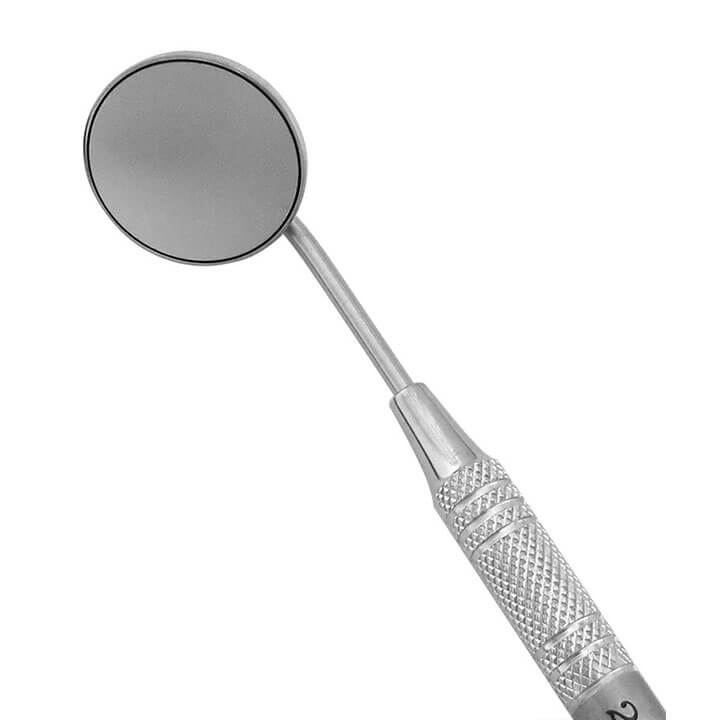
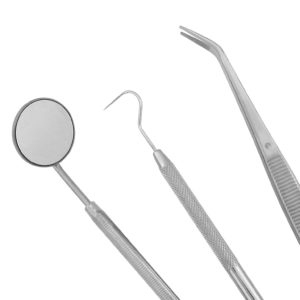
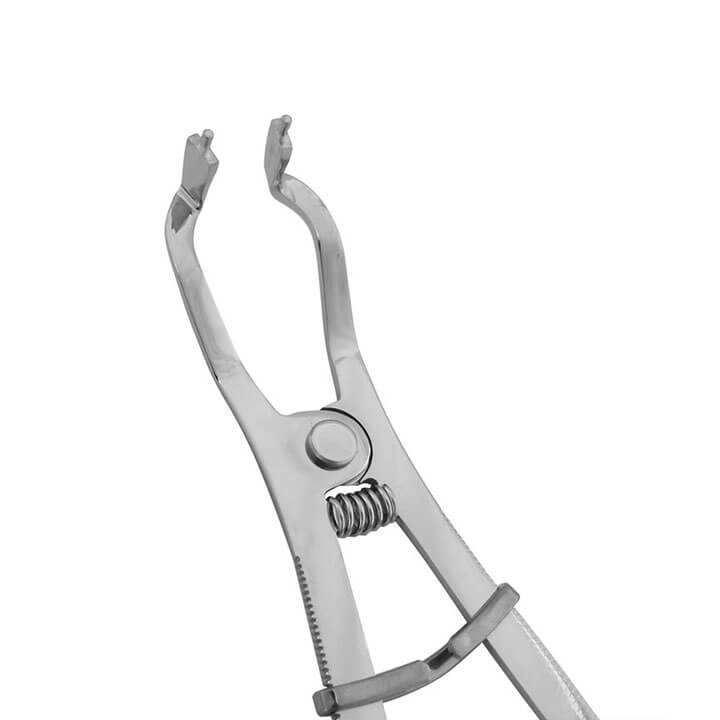
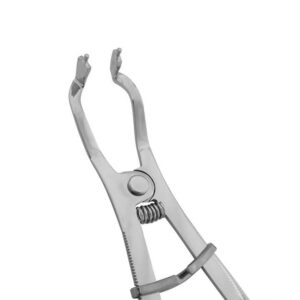
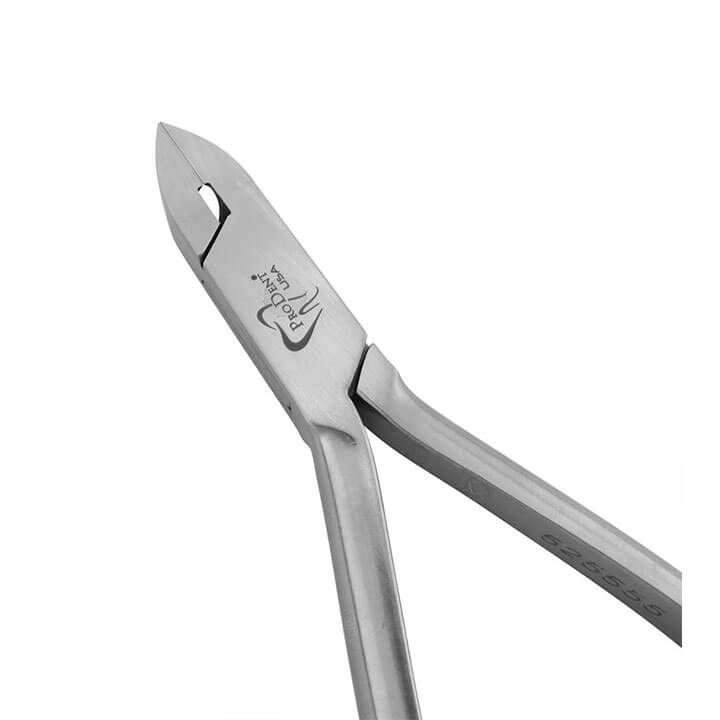
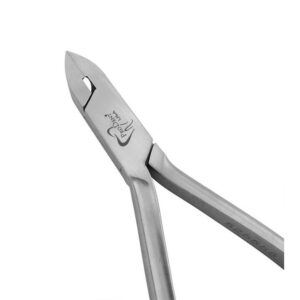
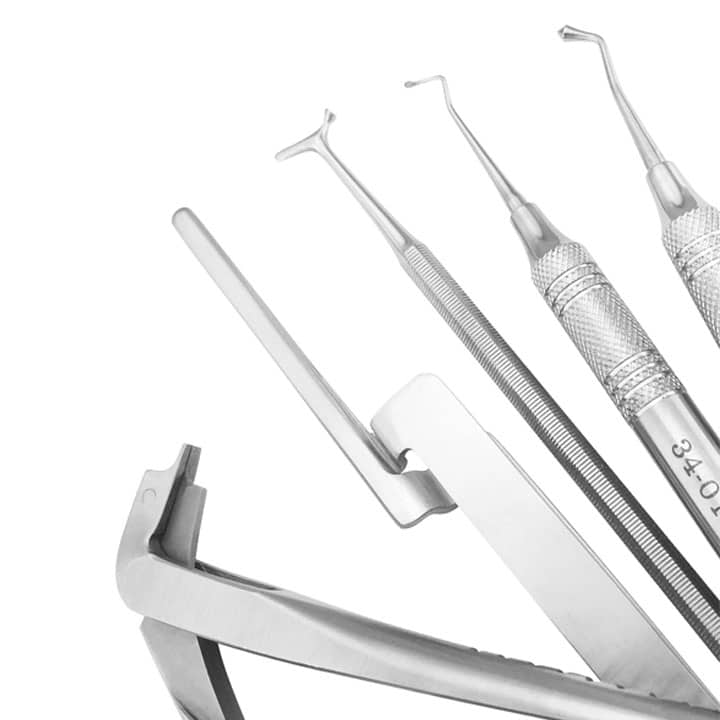
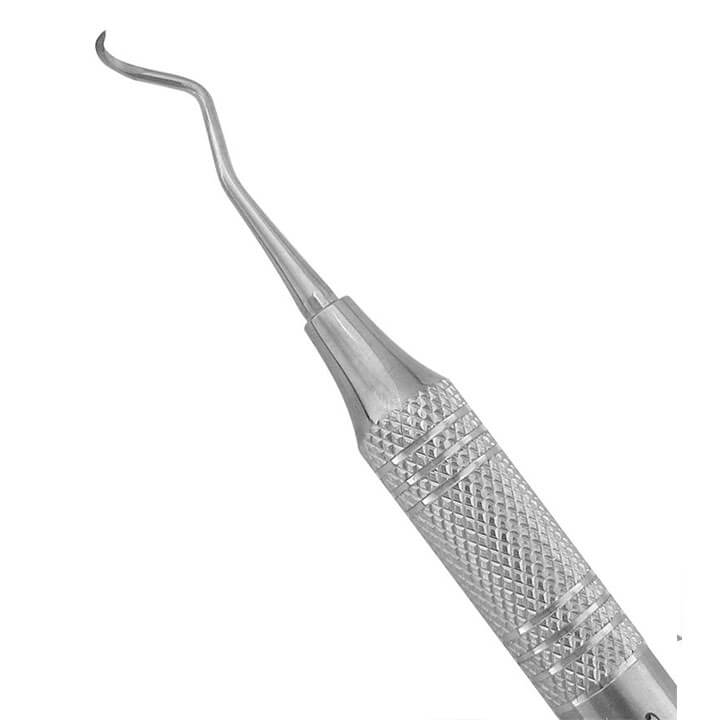
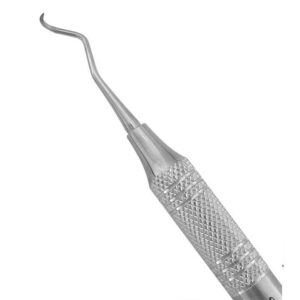


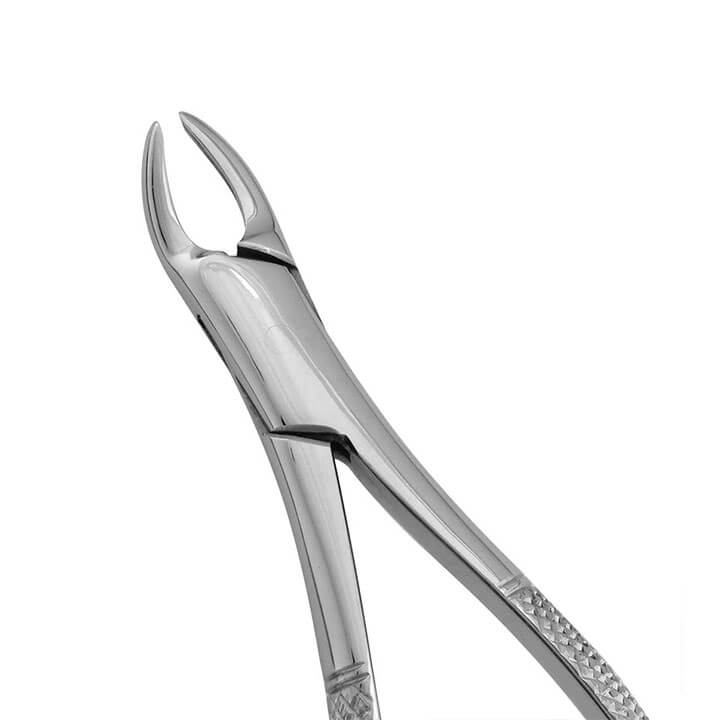
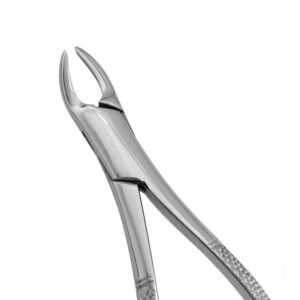


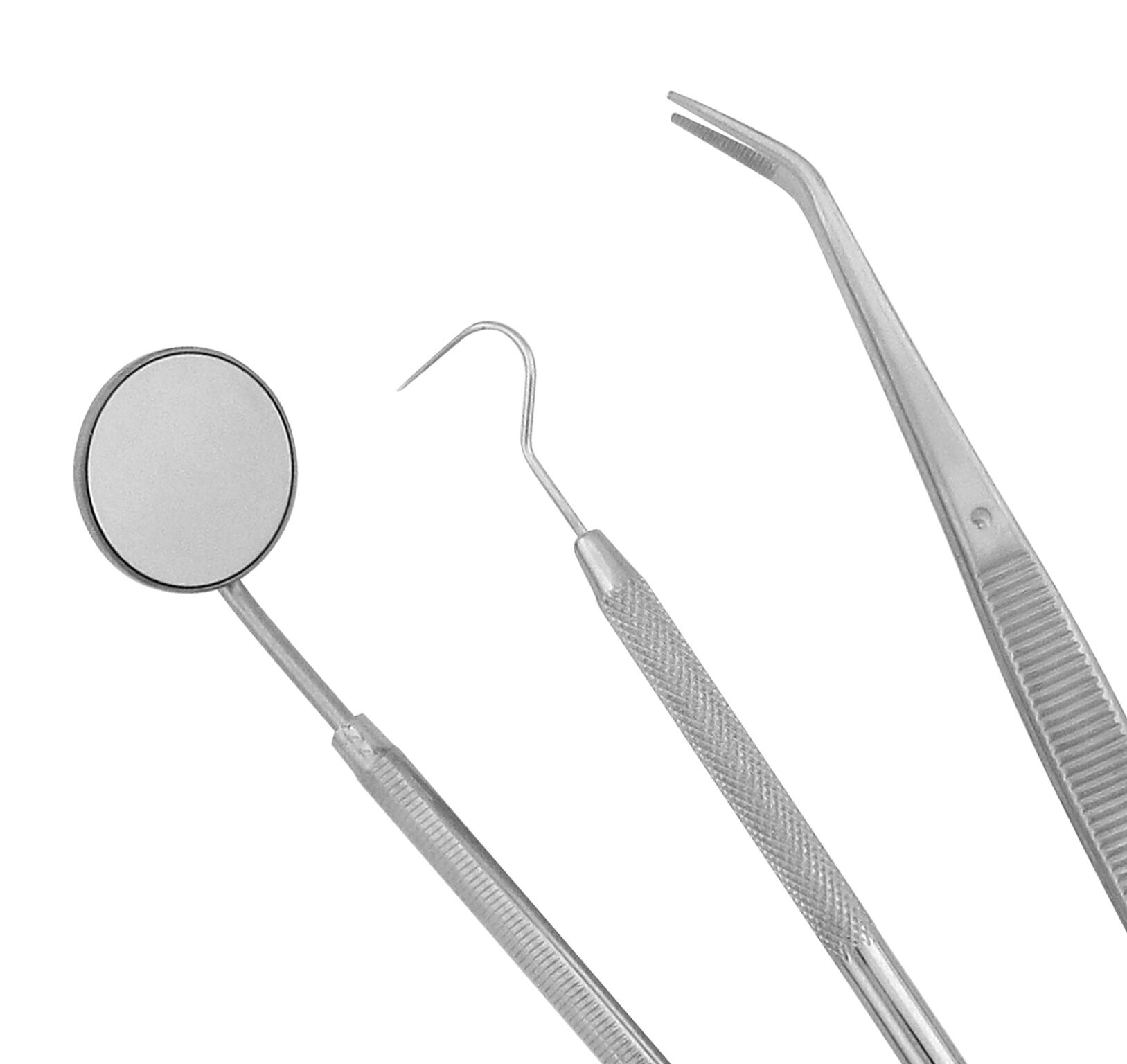 Diagnostic Sets & Accessories
Diagnostic Sets & Accessories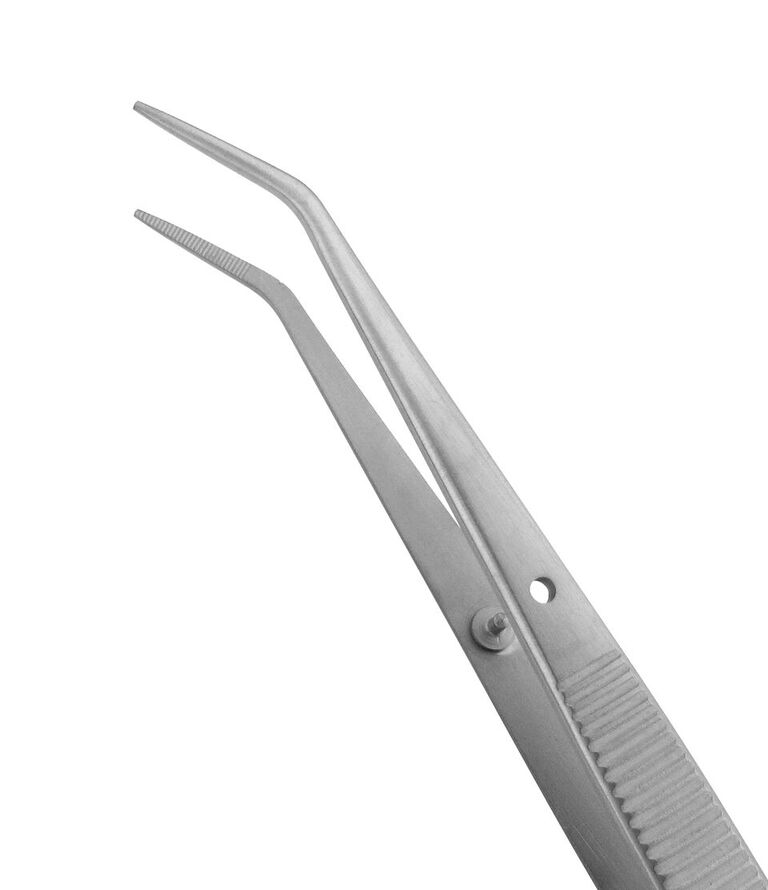 Dressing Pliers
Dressing Pliers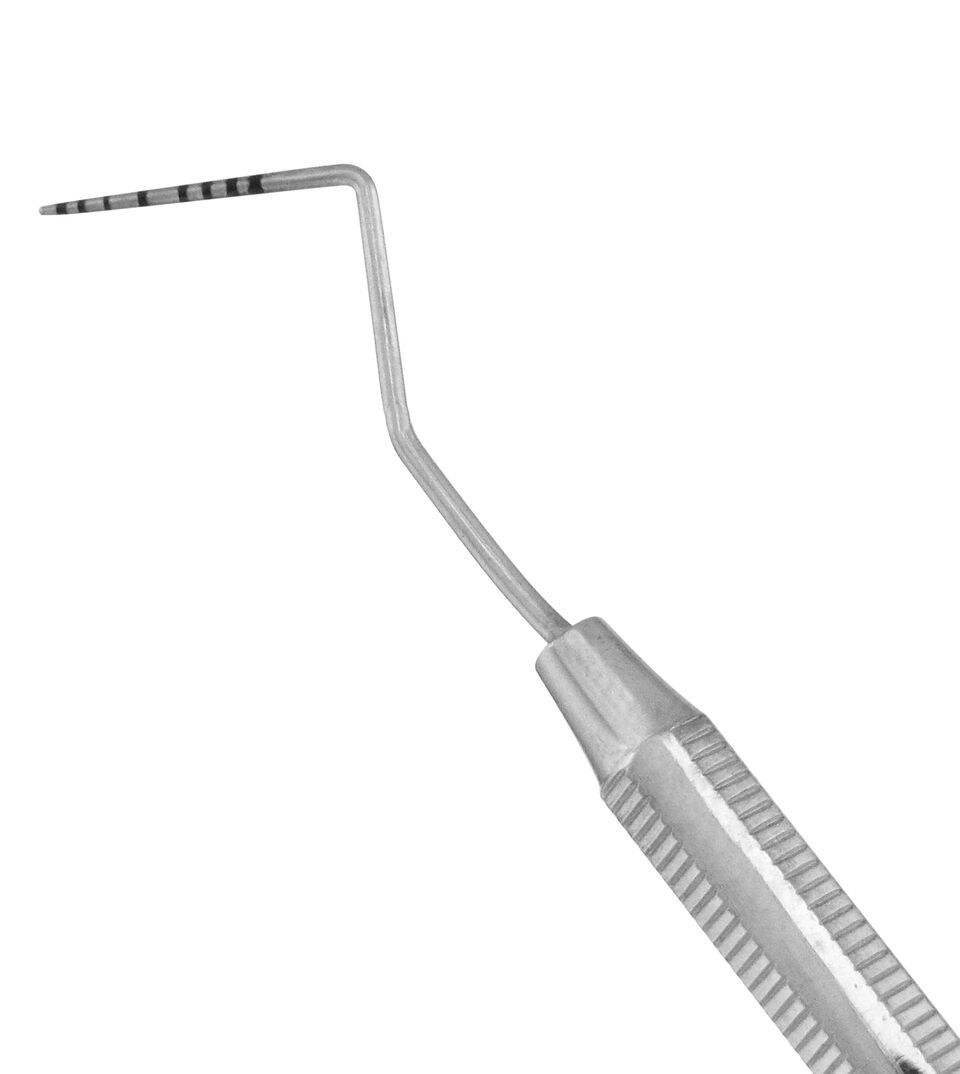 Explorer/Probes
Explorer/Probes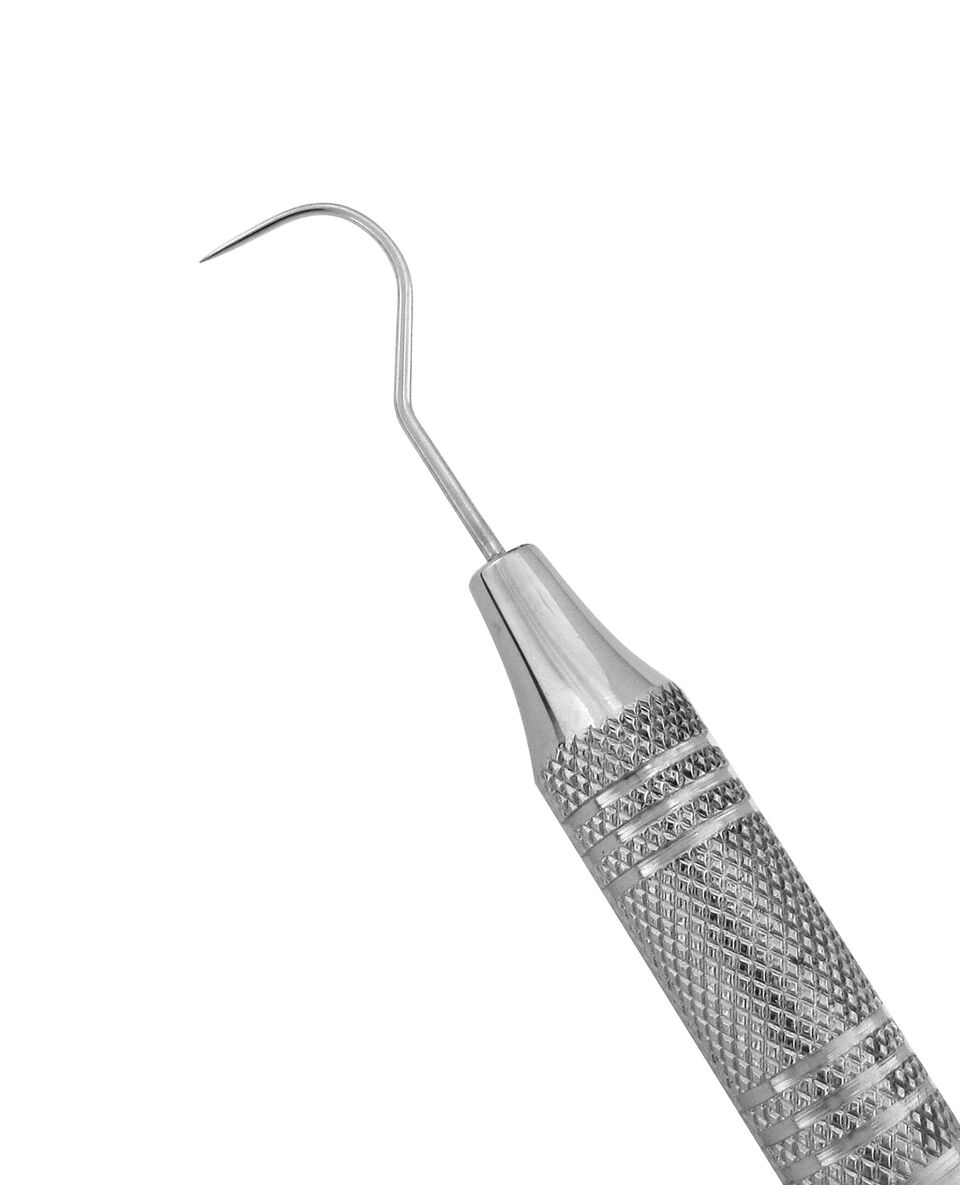 Explorers
Explorers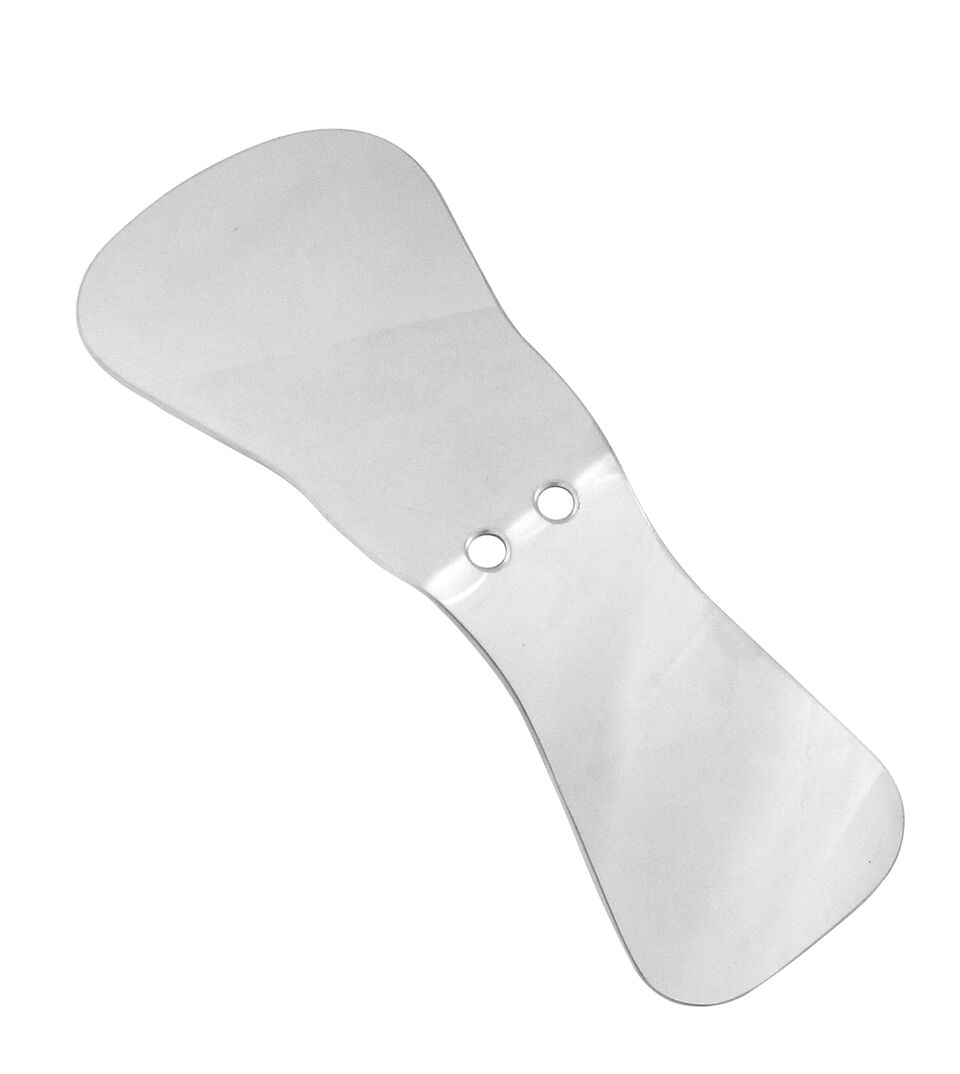 Intraoral Photography Mirrors
Intraoral Photography Mirrors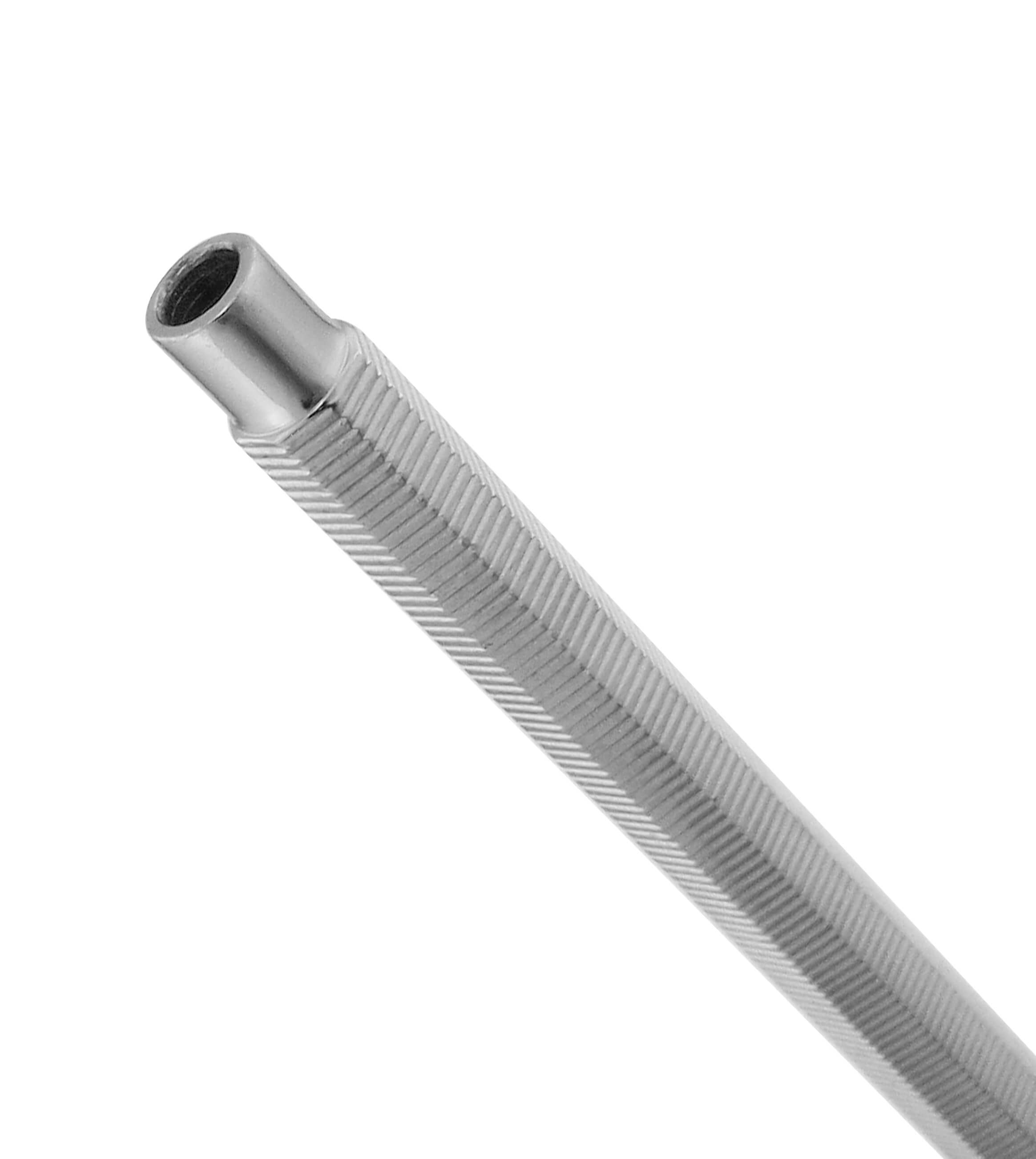 Mirror Handles
Mirror Handles Mirrors
Mirrors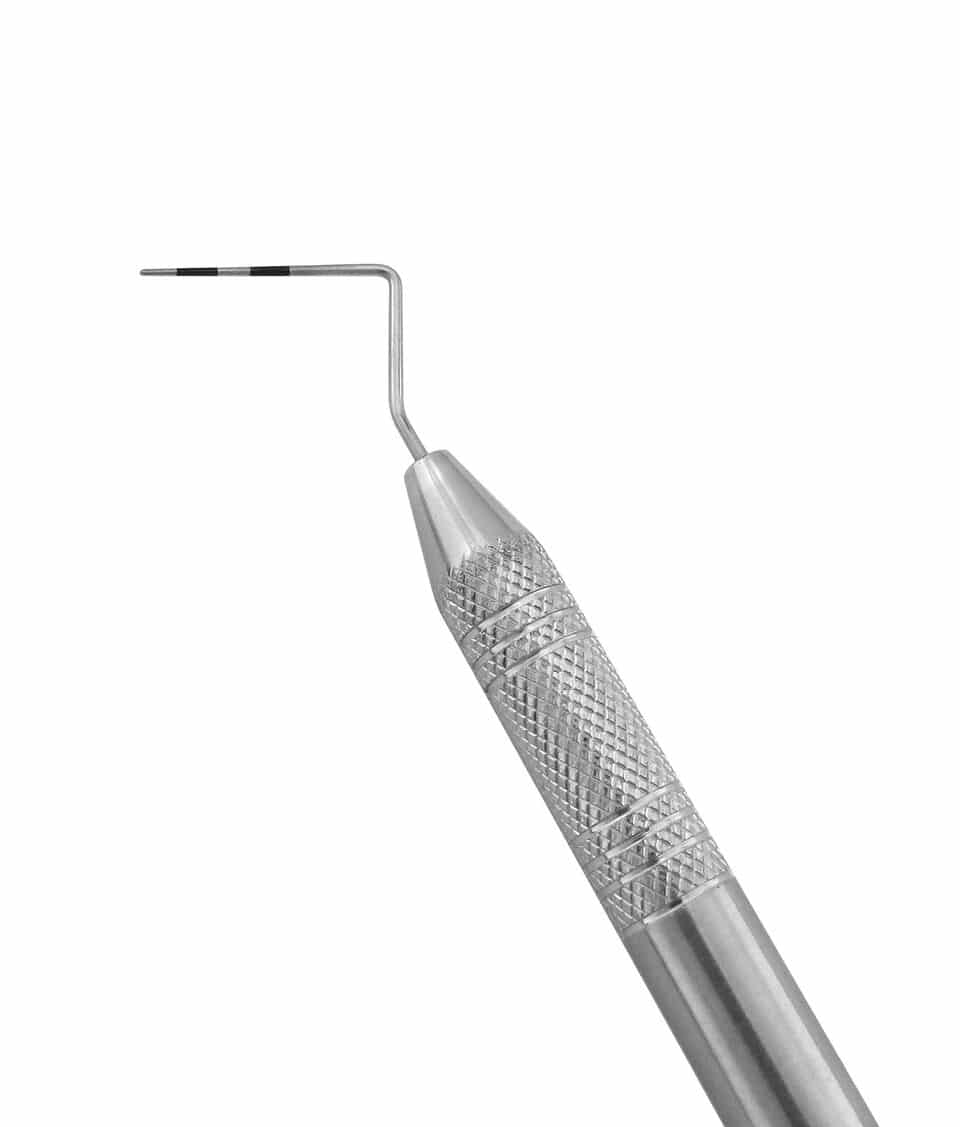 Probes
Probes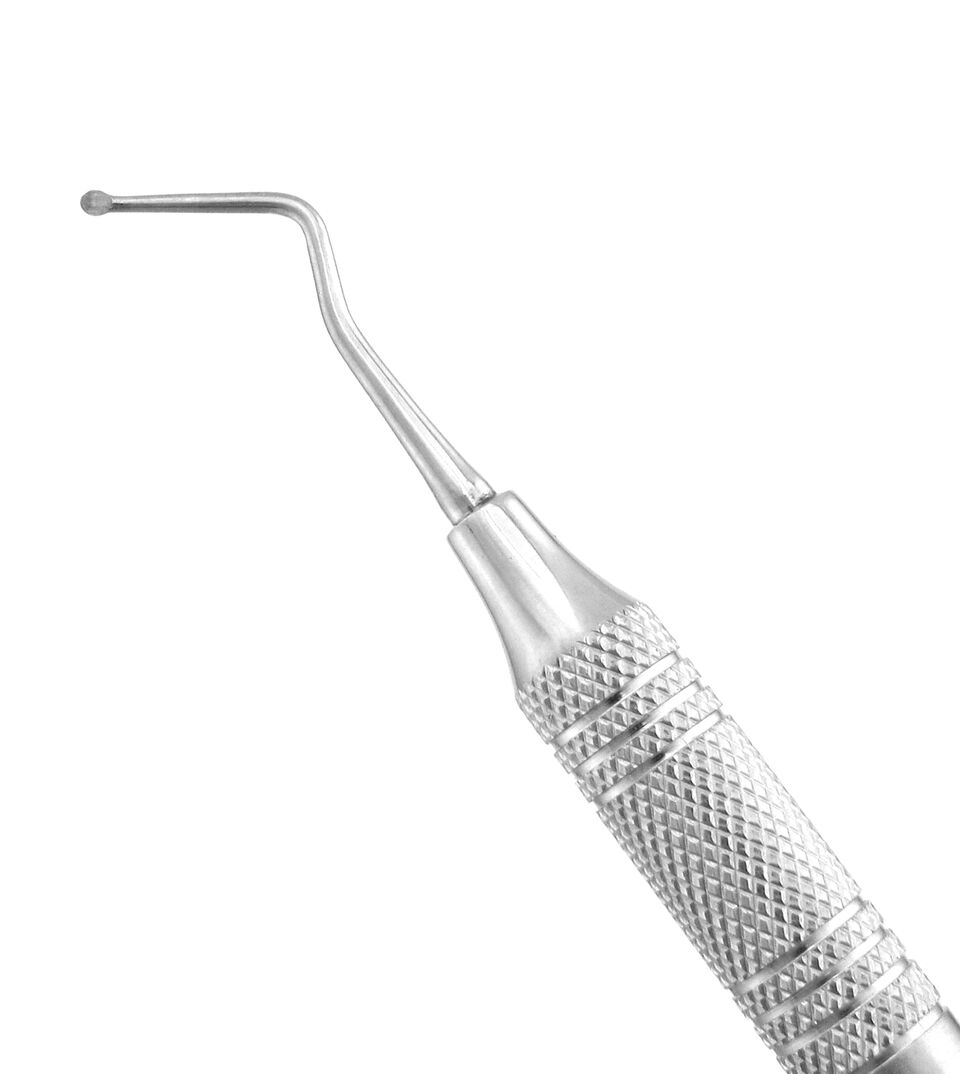 Endo Excavators
Endo Excavators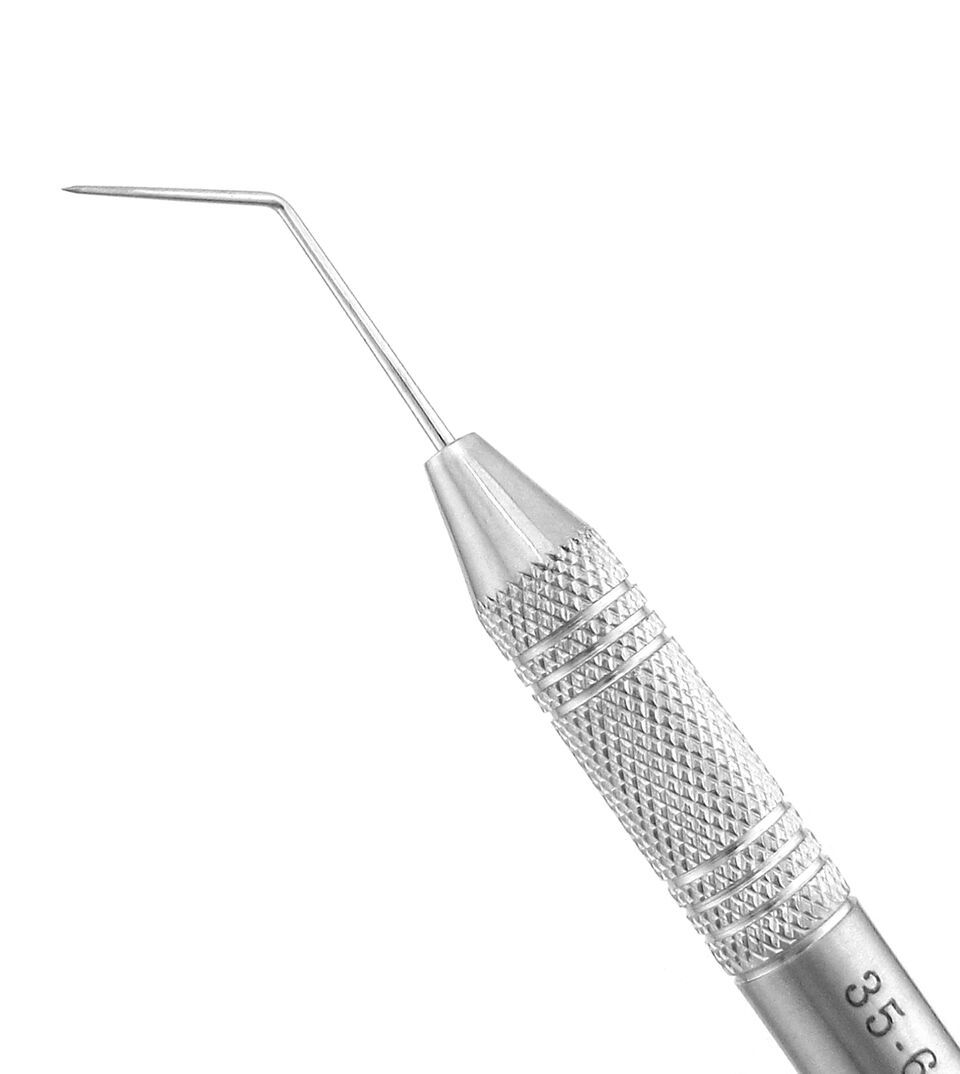 Endo Explorers
Endo Explorers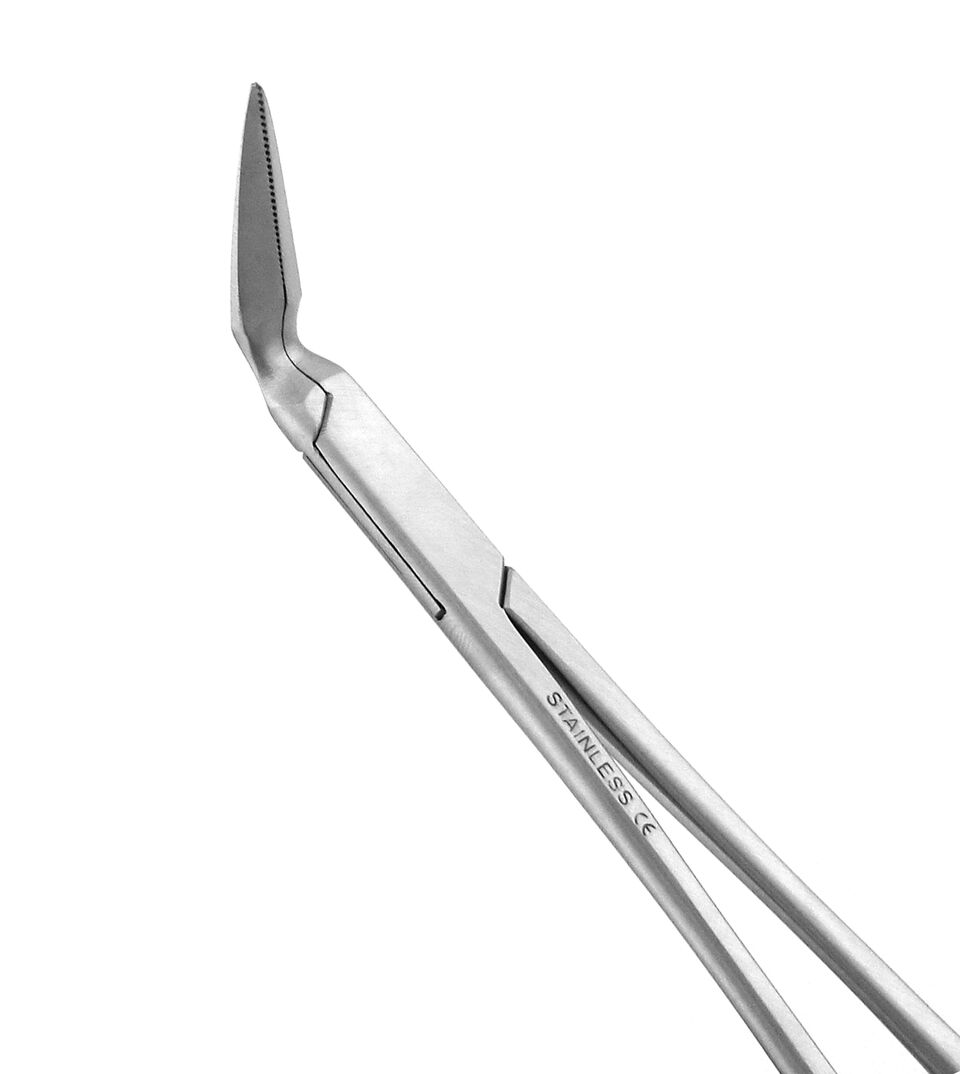 Endo Forceps
Endo Forceps Endo Rulers
Endo Rulers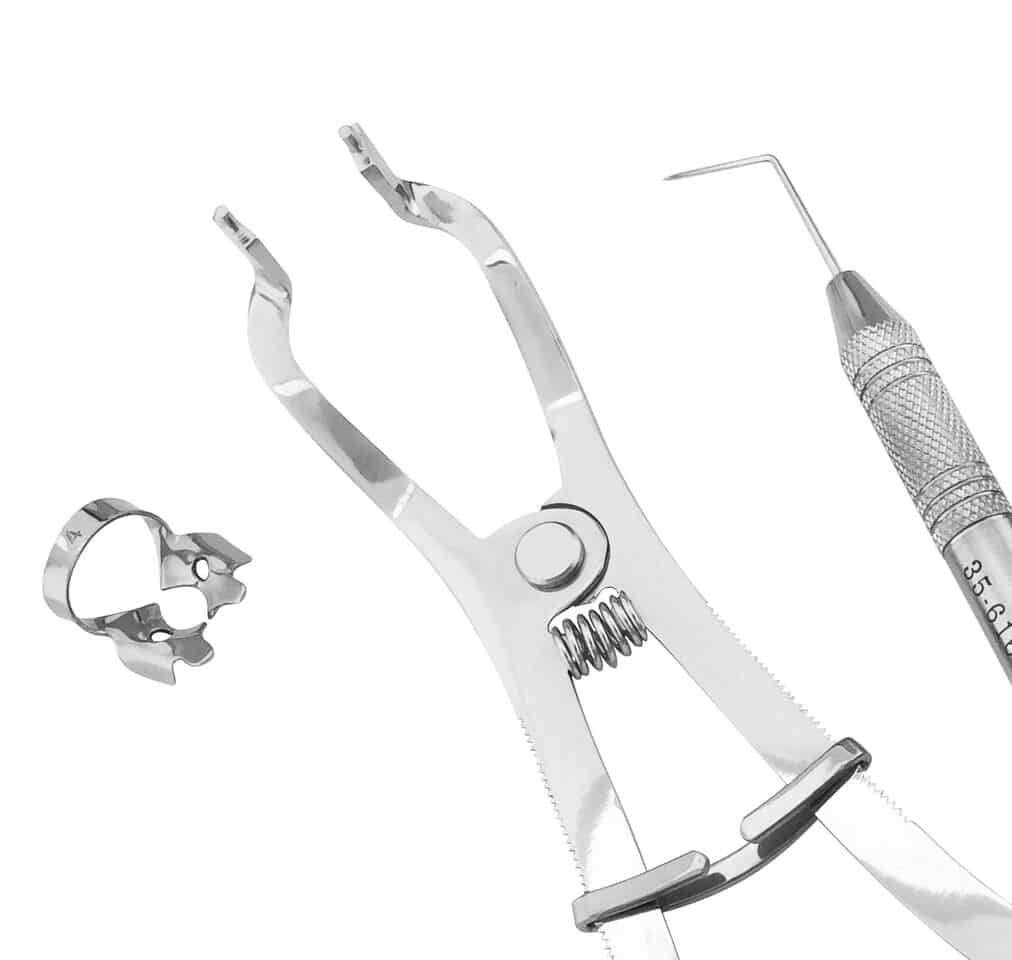 Endodontic Sets
Endodontic Sets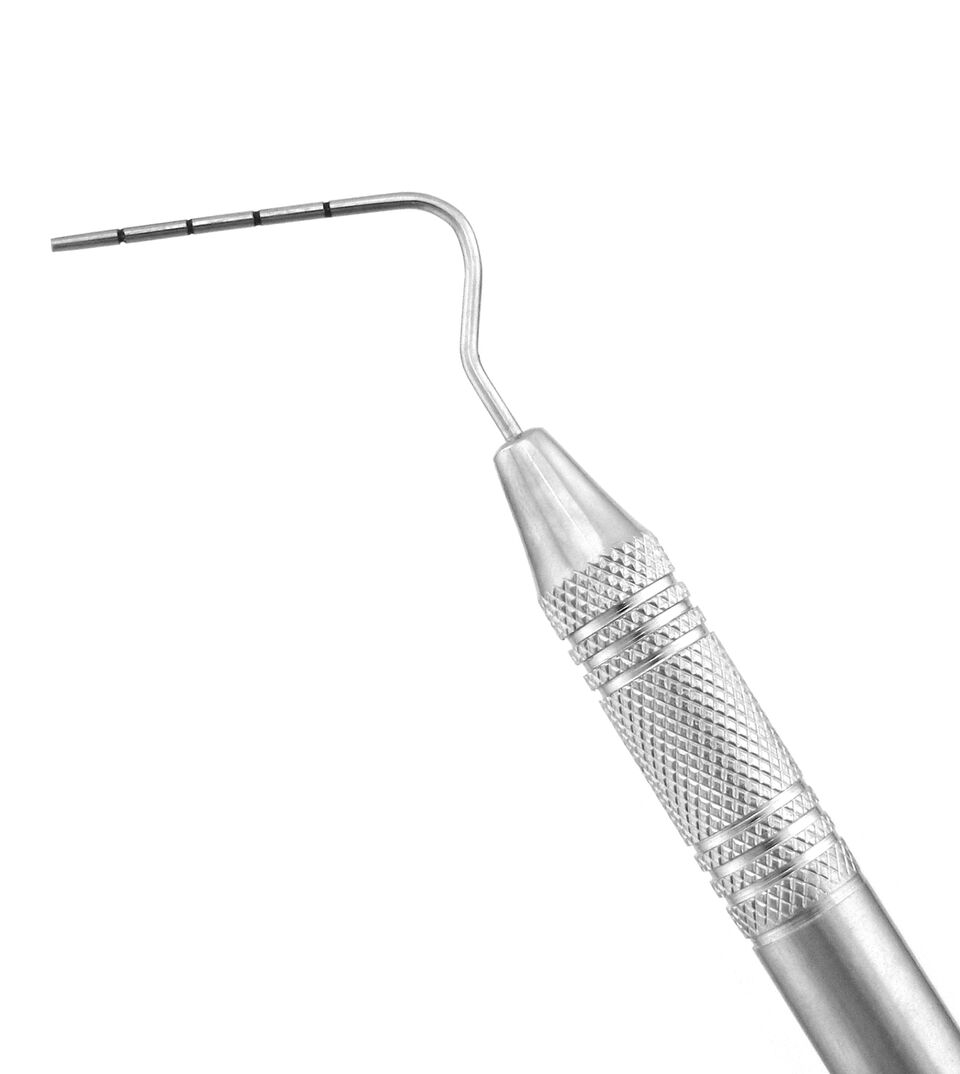 Root Canal Pluggers
Root Canal Pluggers Root Canal Spreaders
Root Canal Spreaders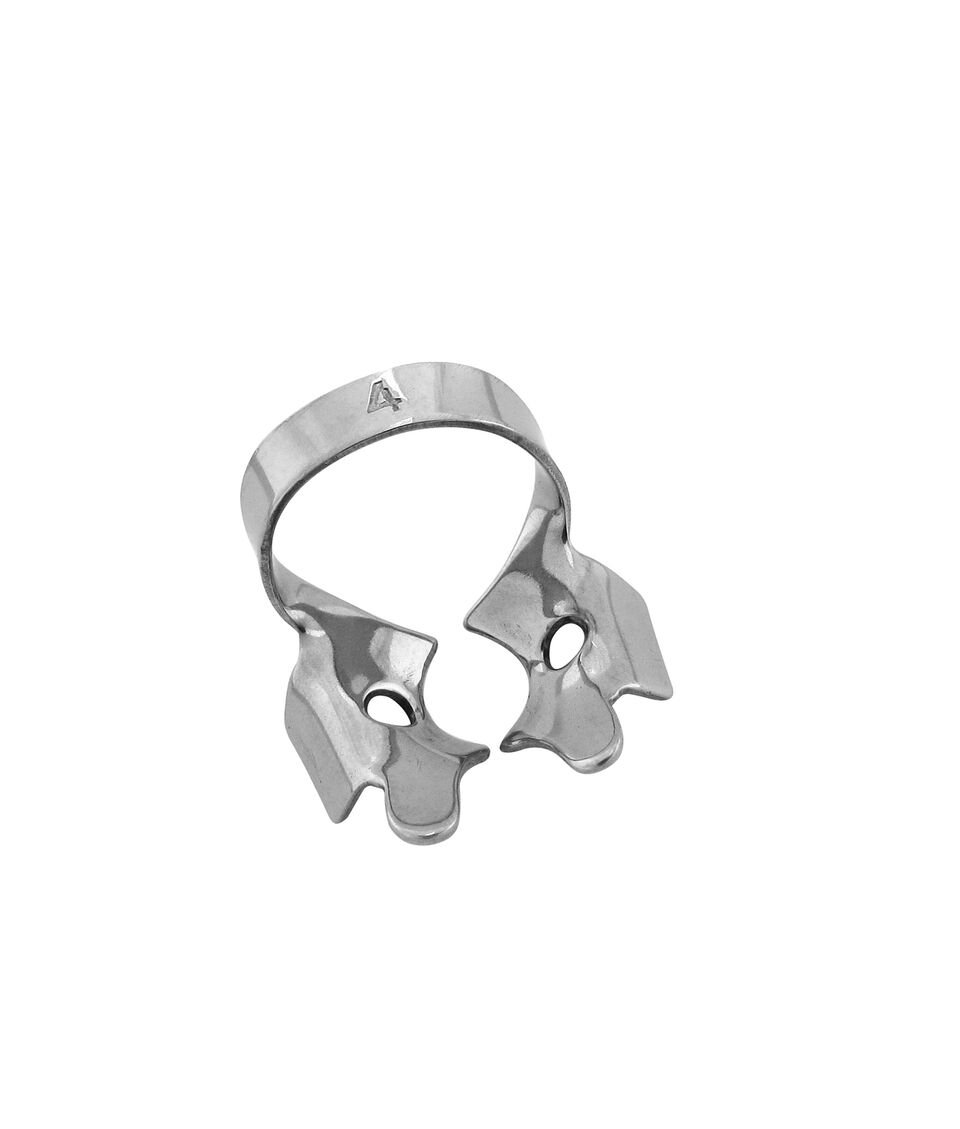 Rubber Dam Clamps
Rubber Dam Clamps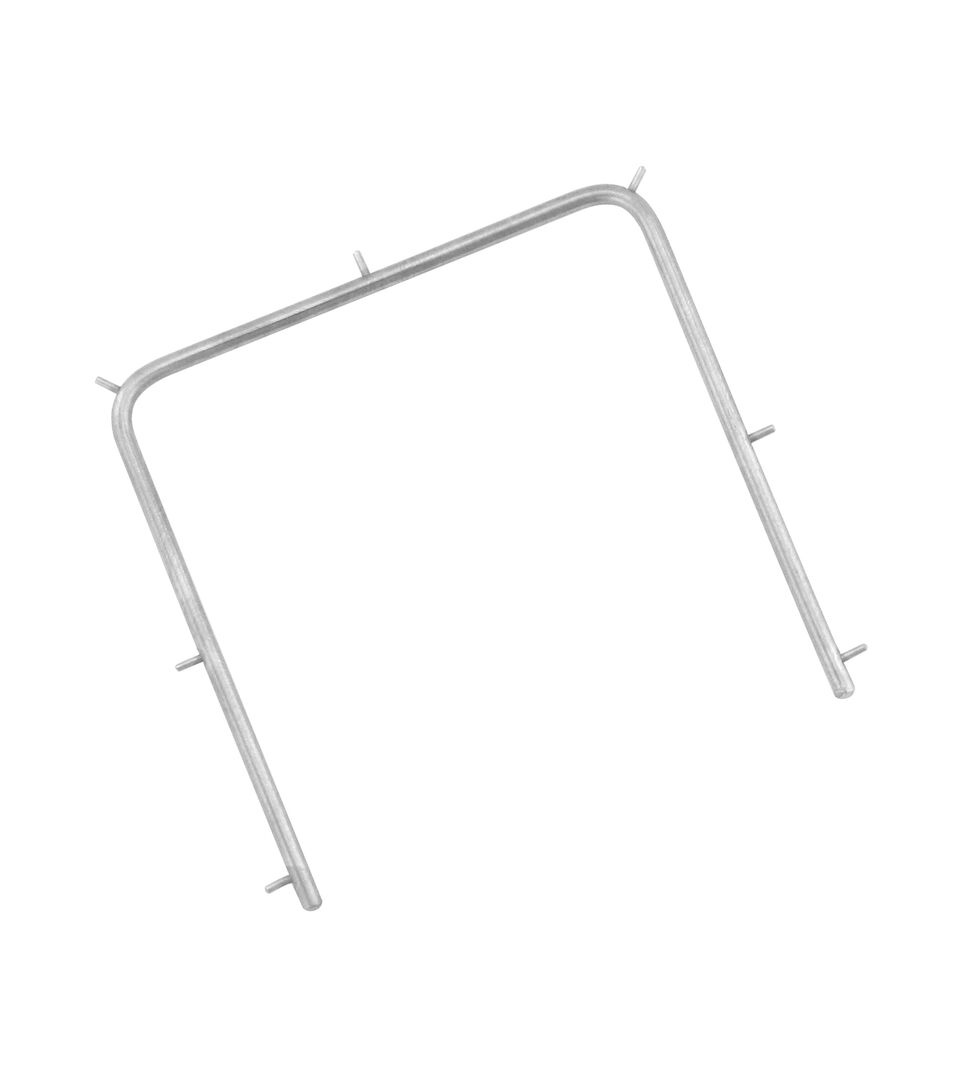 Rubber Dam Frames
Rubber Dam Frames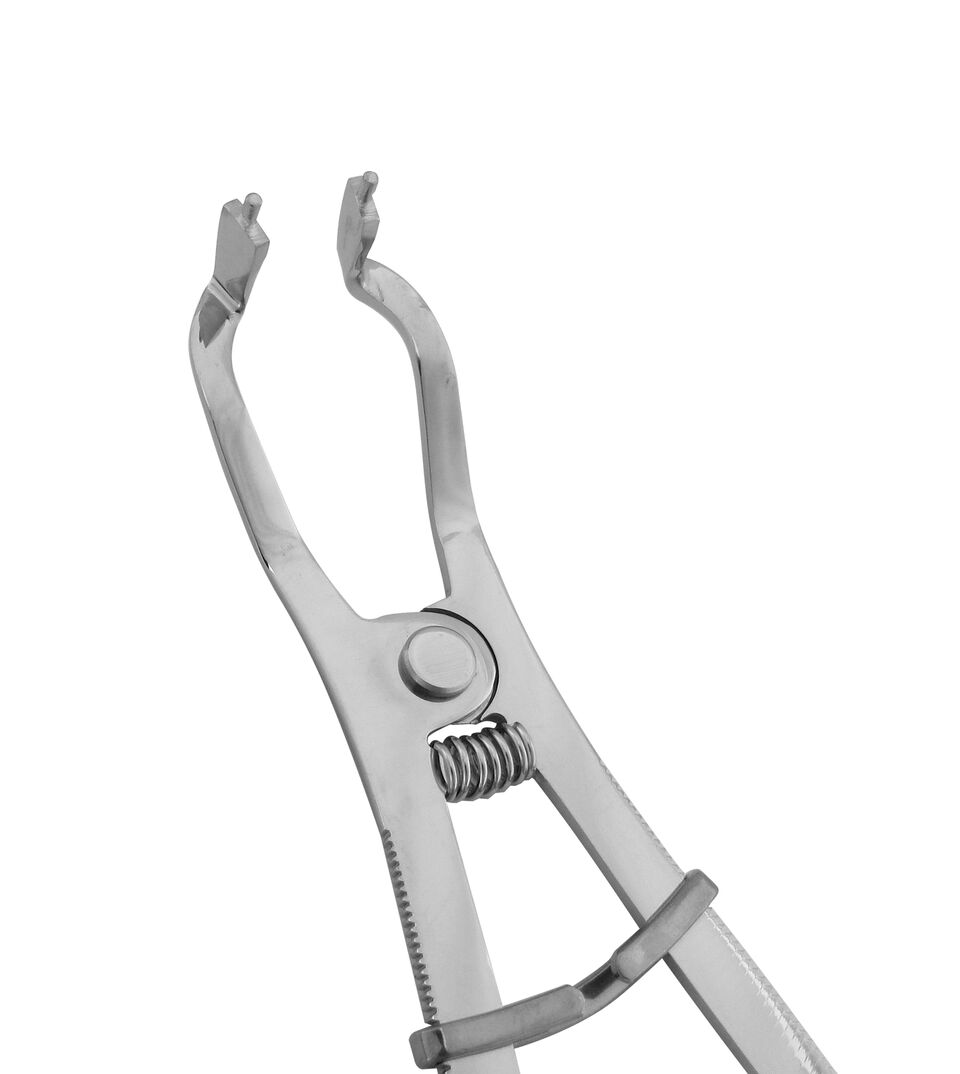 Rubber Dam Punches & Forceps
Rubber Dam Punches & Forceps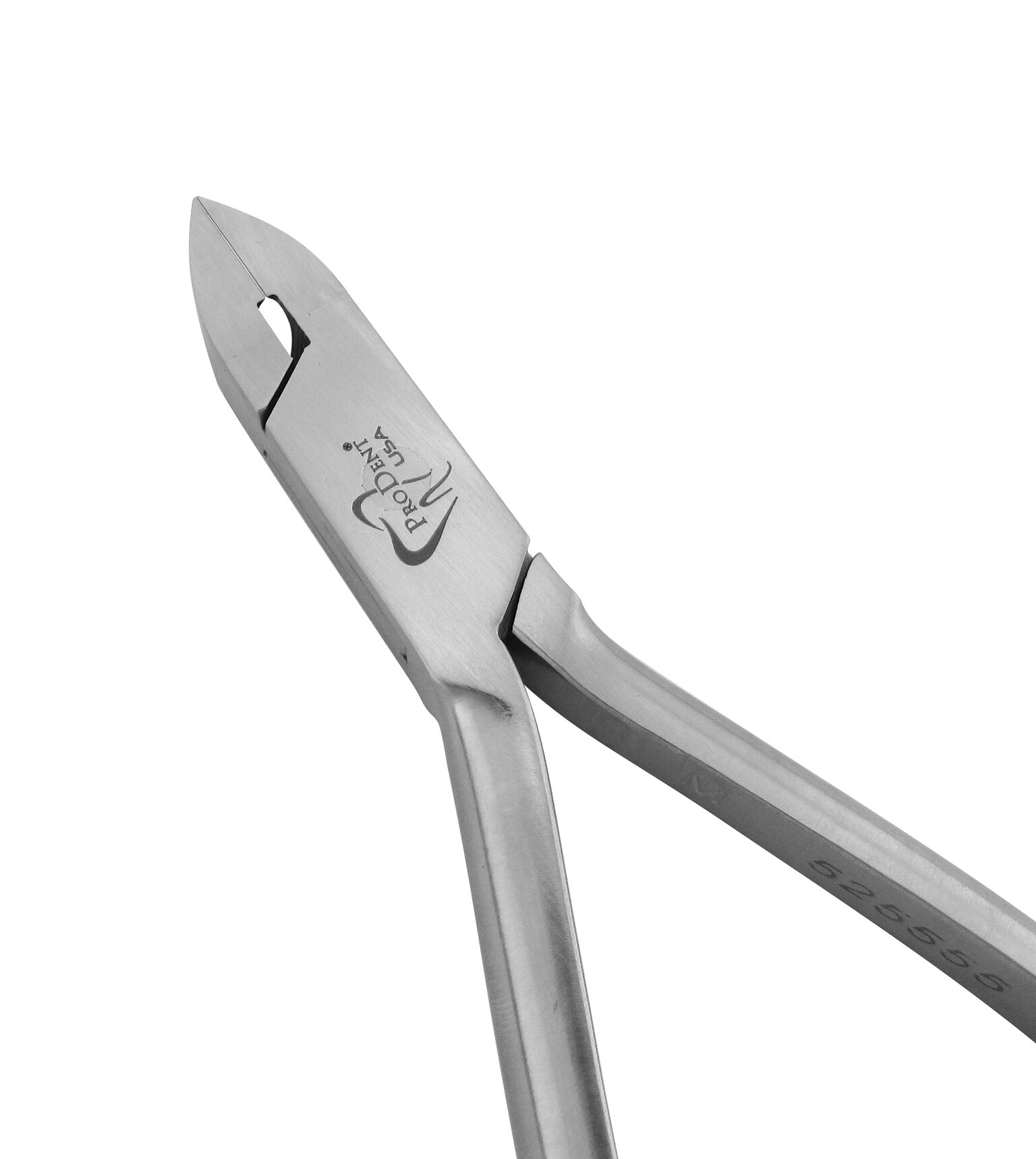 Cutters
Cutters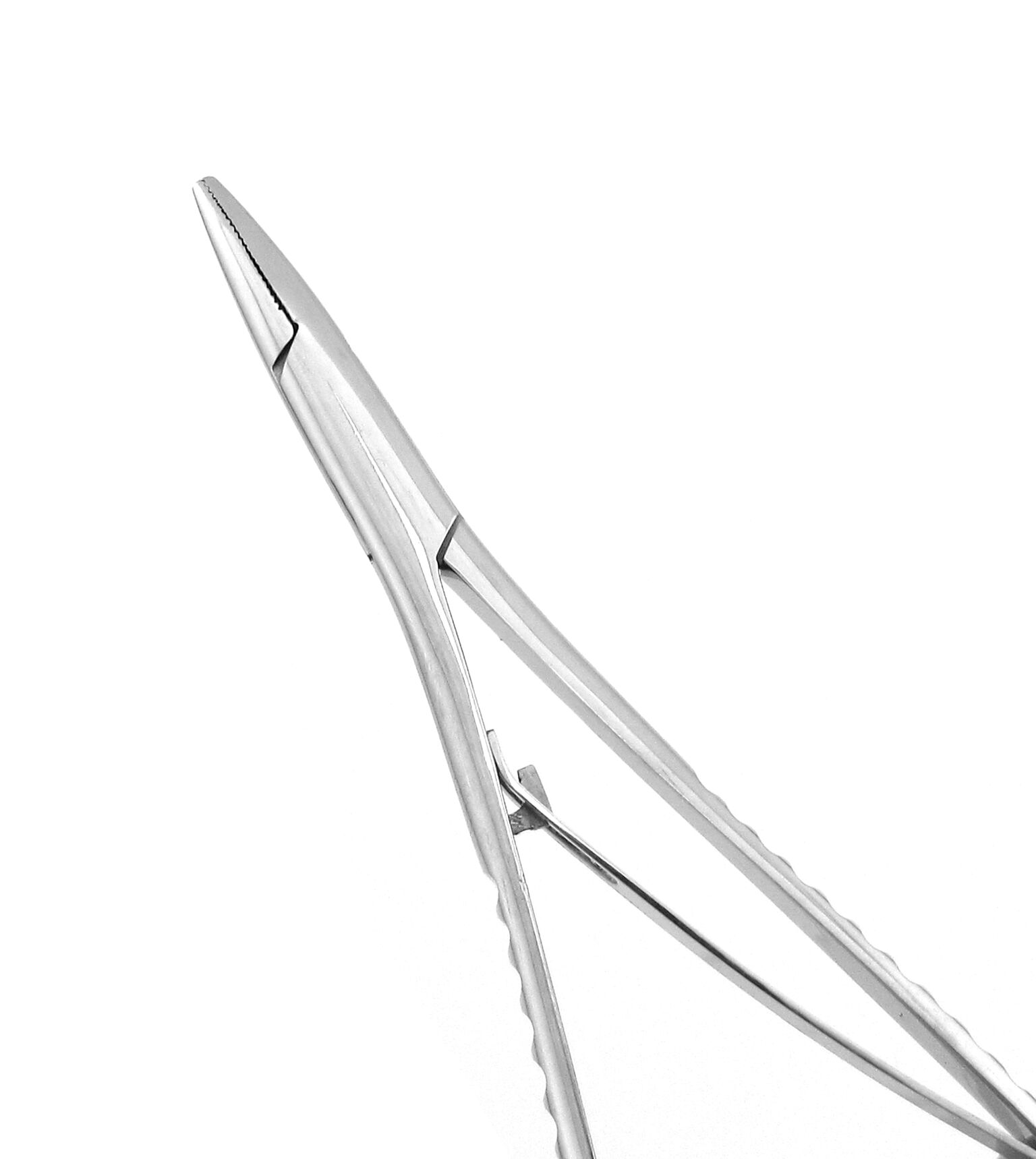 Elastic Placing Mathieu Pliers
Elastic Placing Mathieu Pliers Gauges
Gauges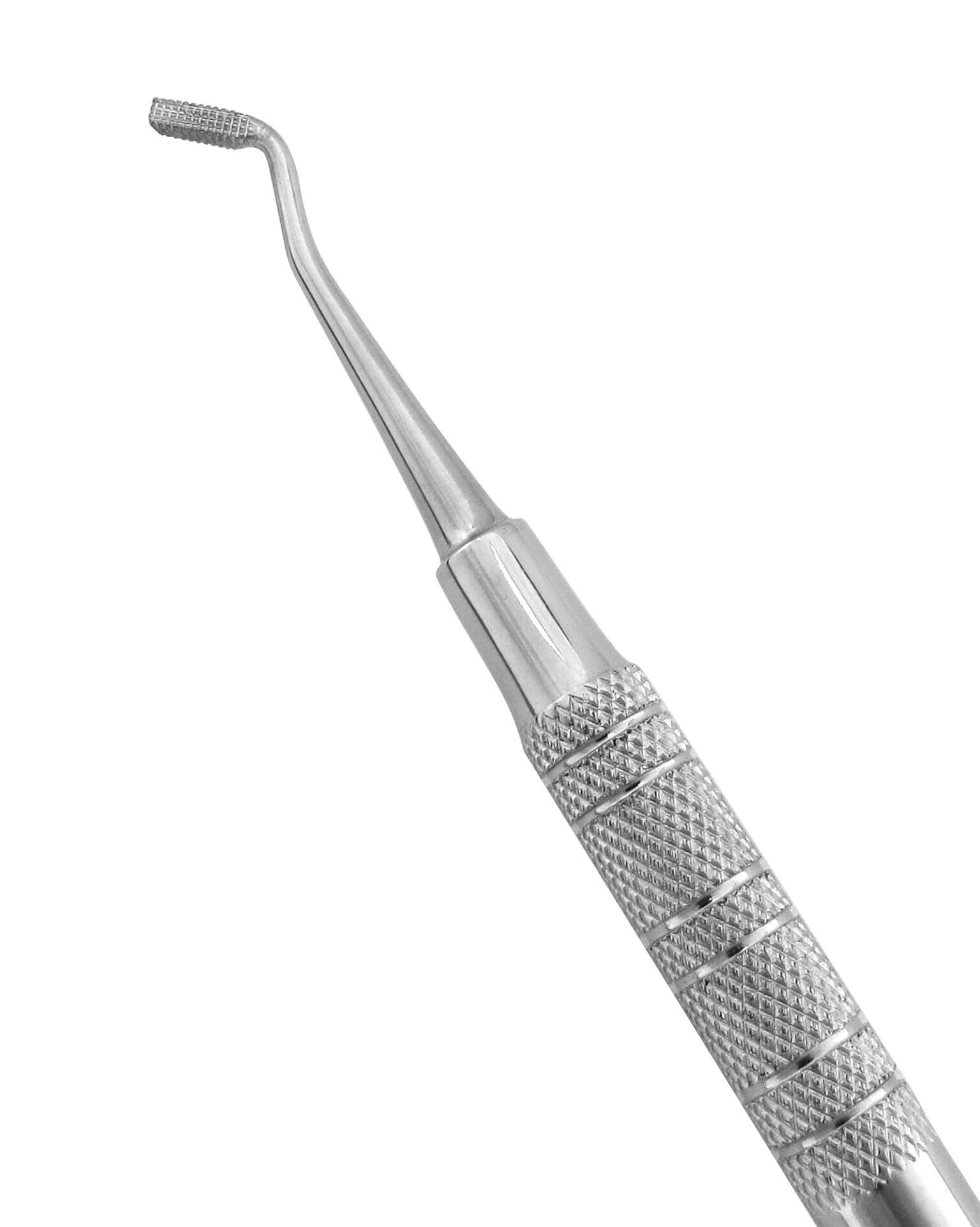 Hand Instruments
Hand Instruments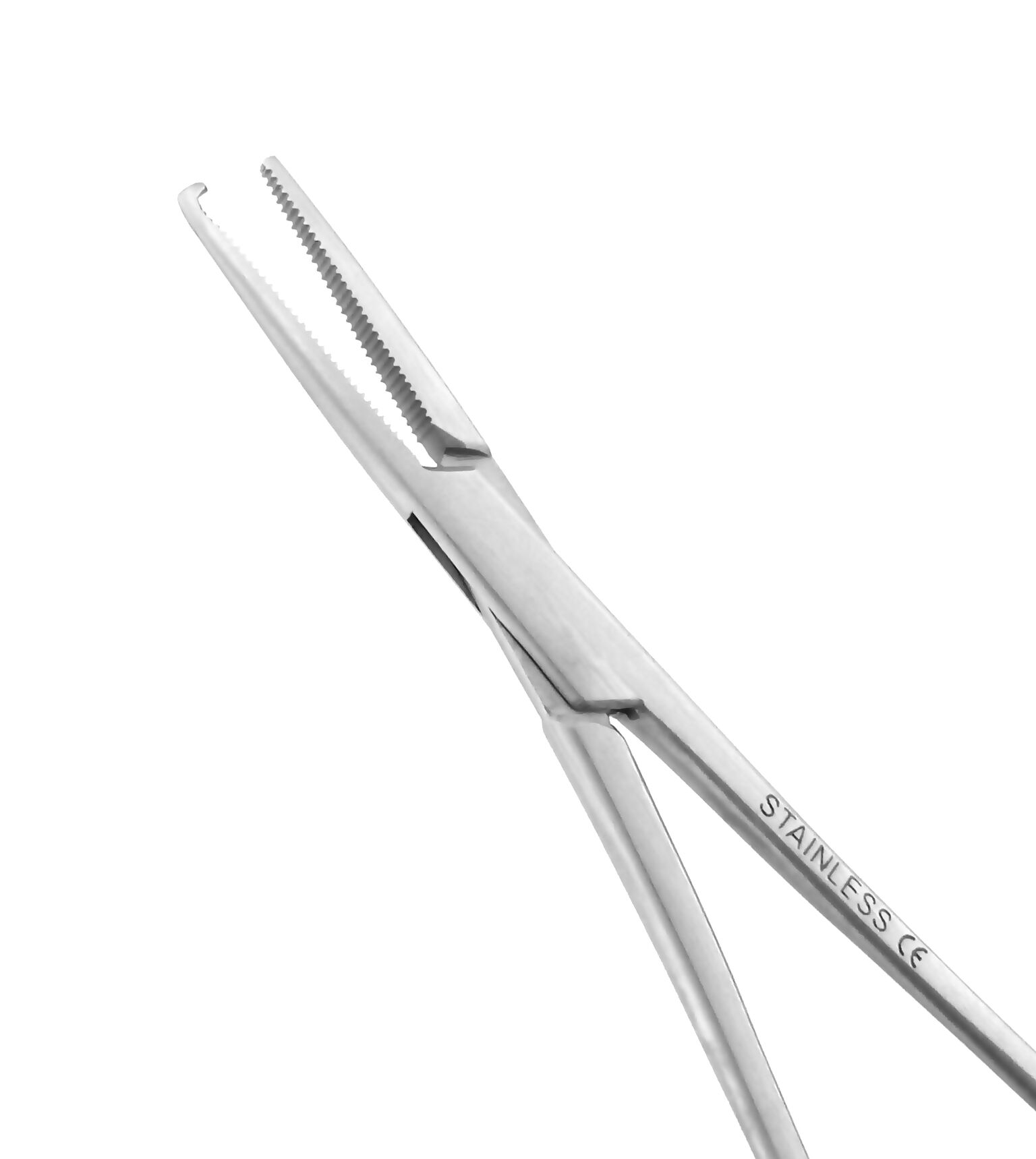 Mosquitoes
Mosquitoes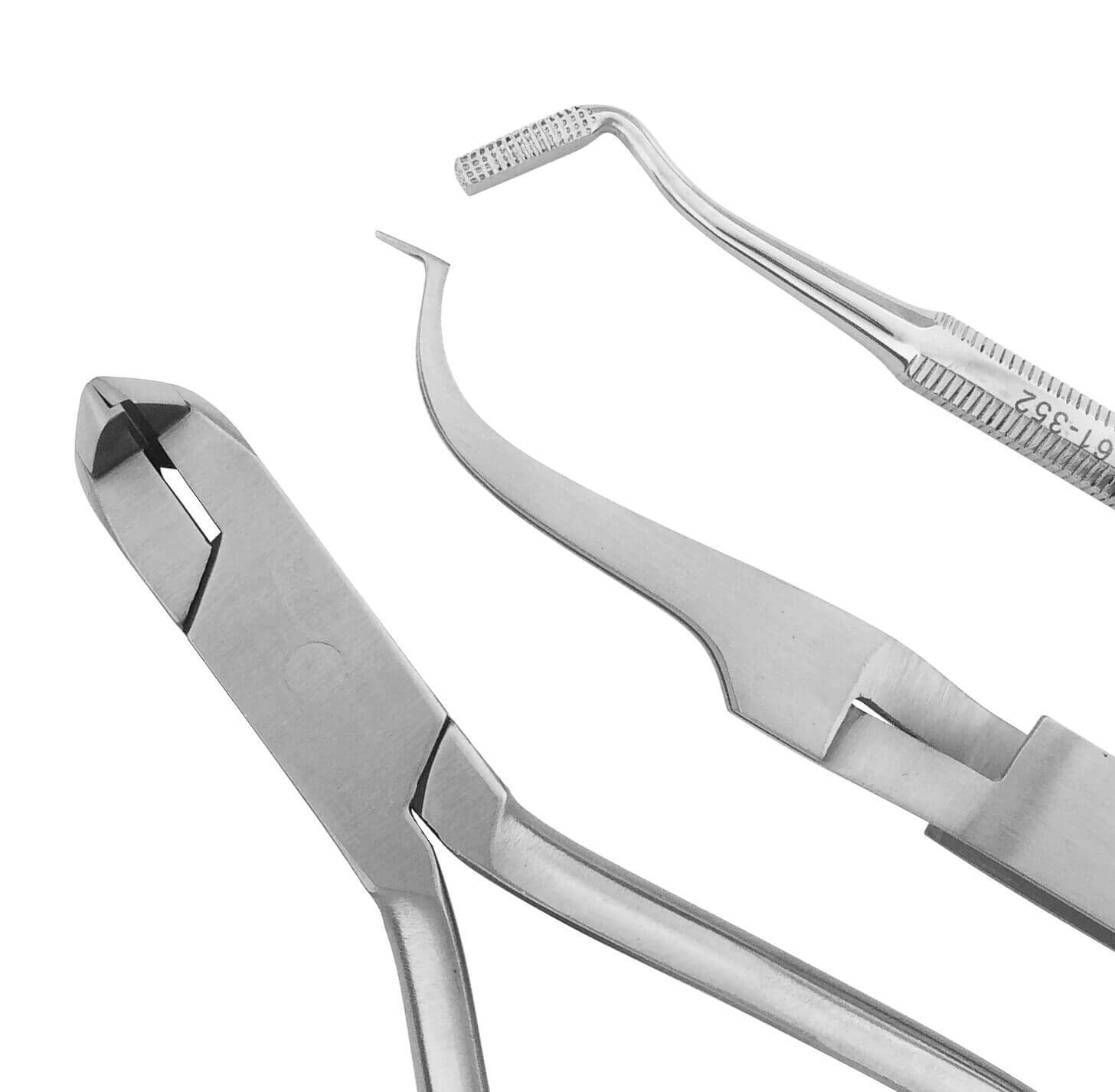 Orthodontic Sets
Orthodontic Sets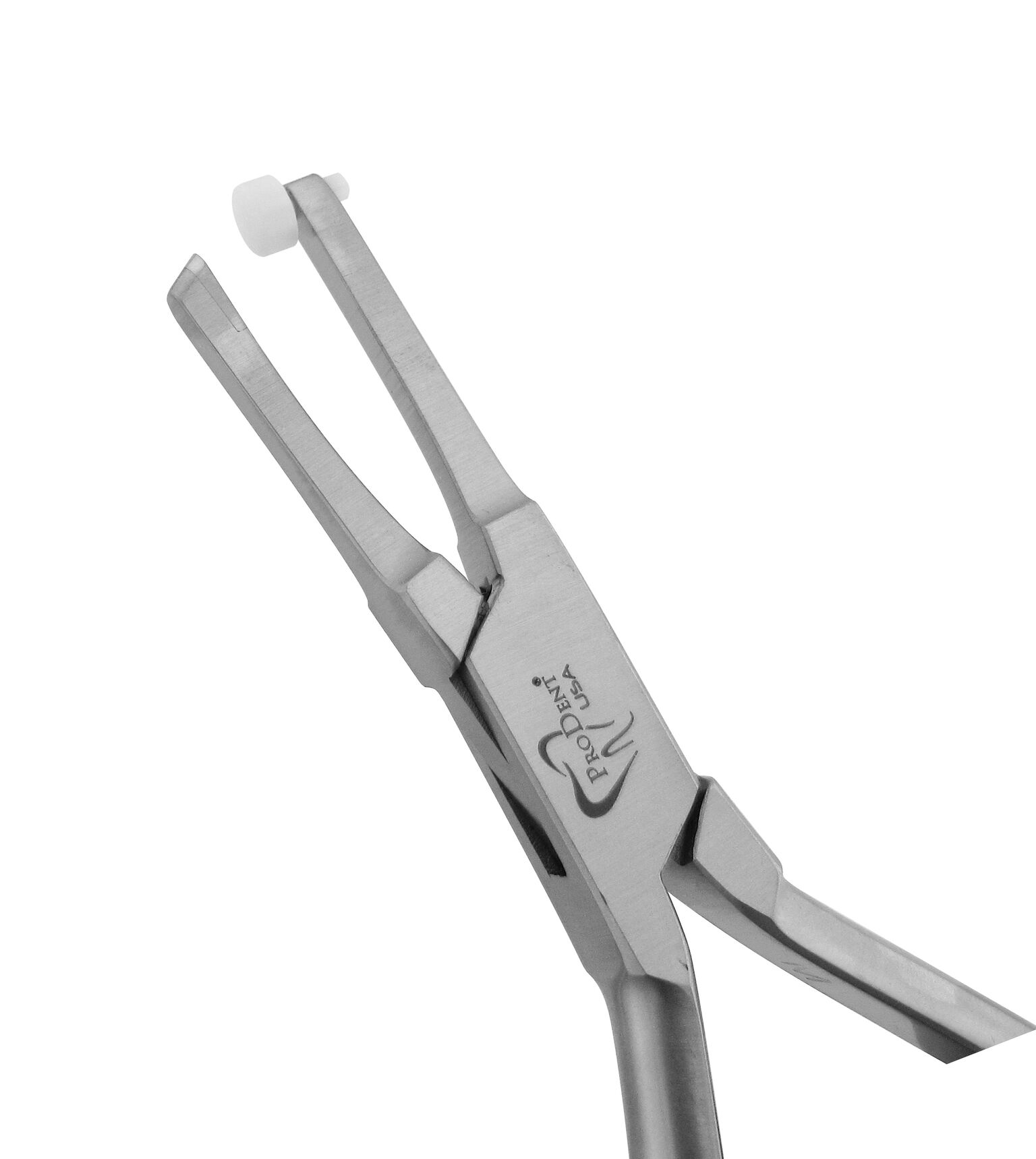 Pliers
Pliers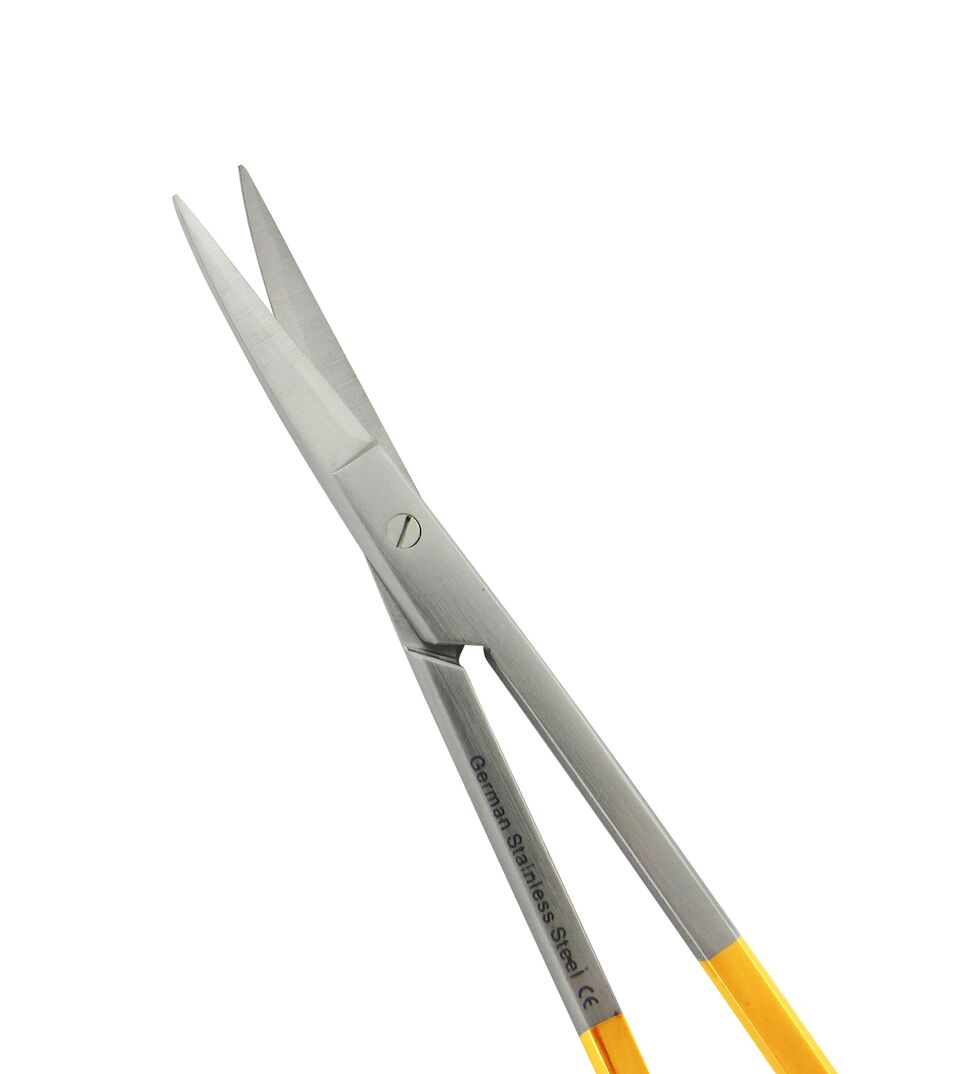 Scissors
Scissors Tweezers
Tweezers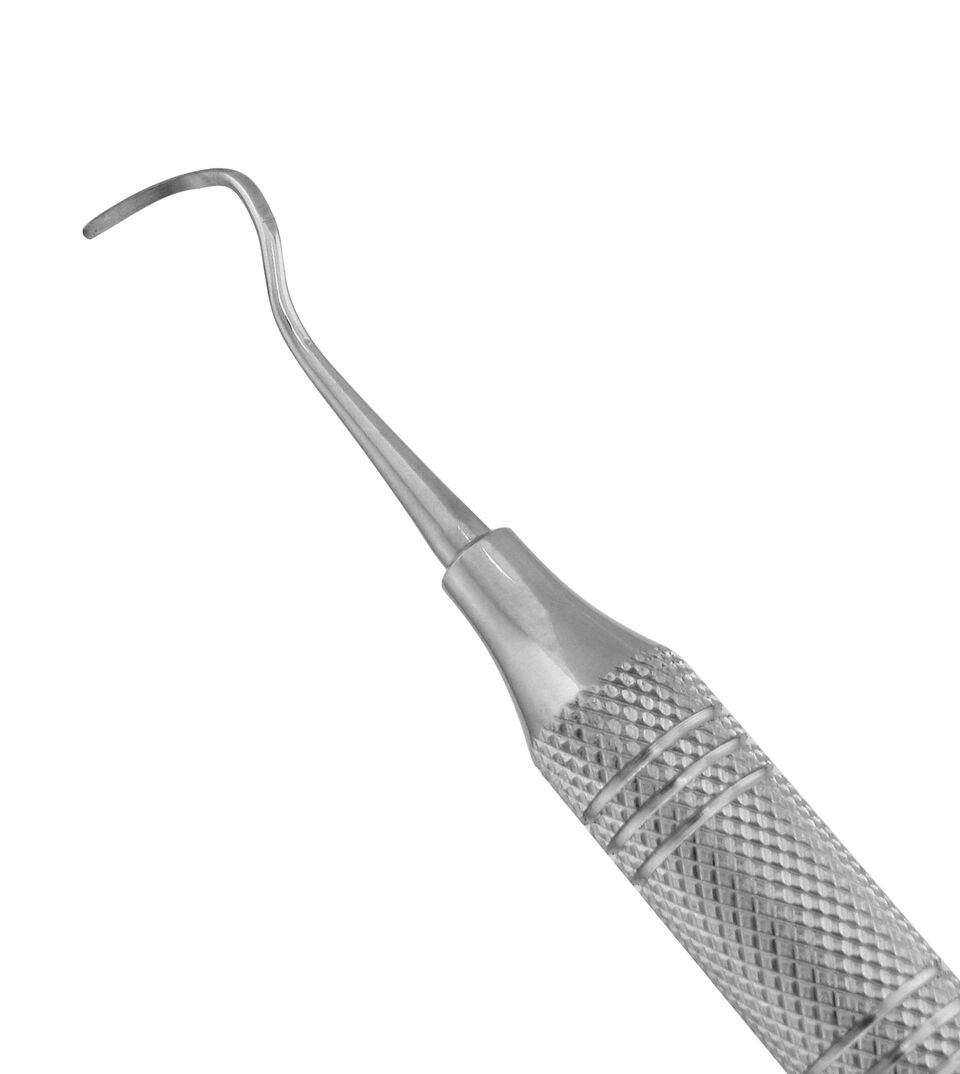 Curettes
Curettes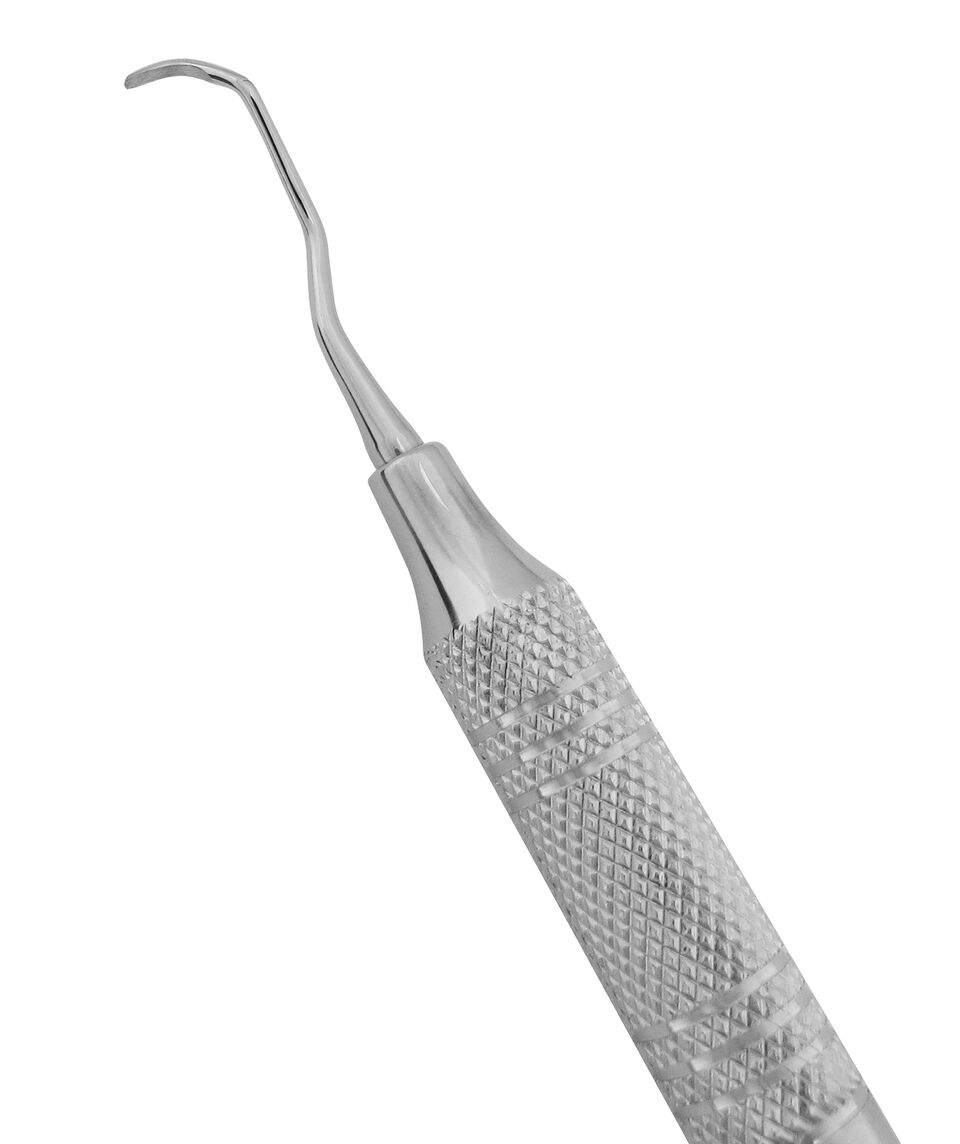 Gracey Curettes
Gracey Curettes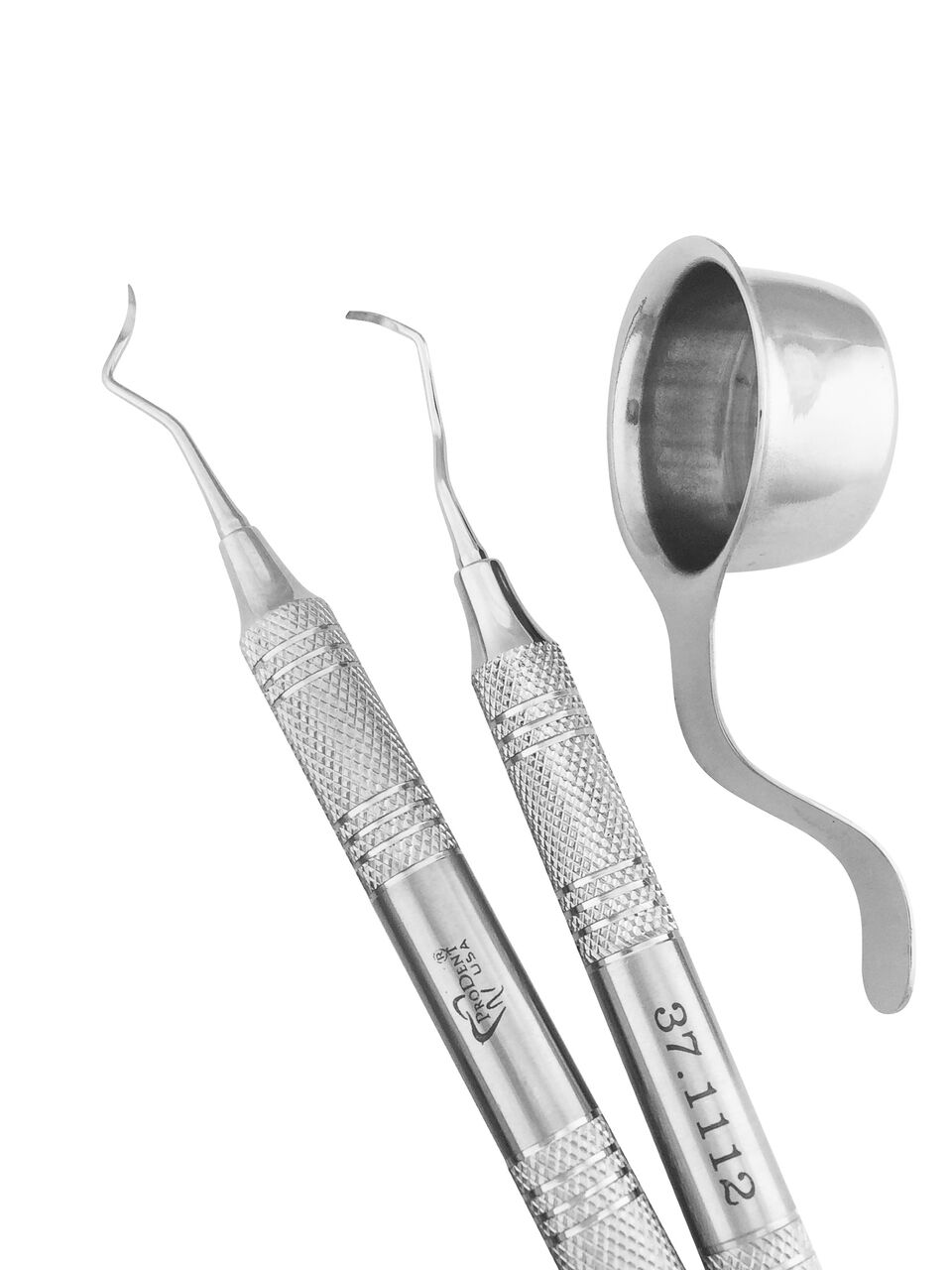 Periodontal Sets & Accessories
Periodontal Sets & Accessories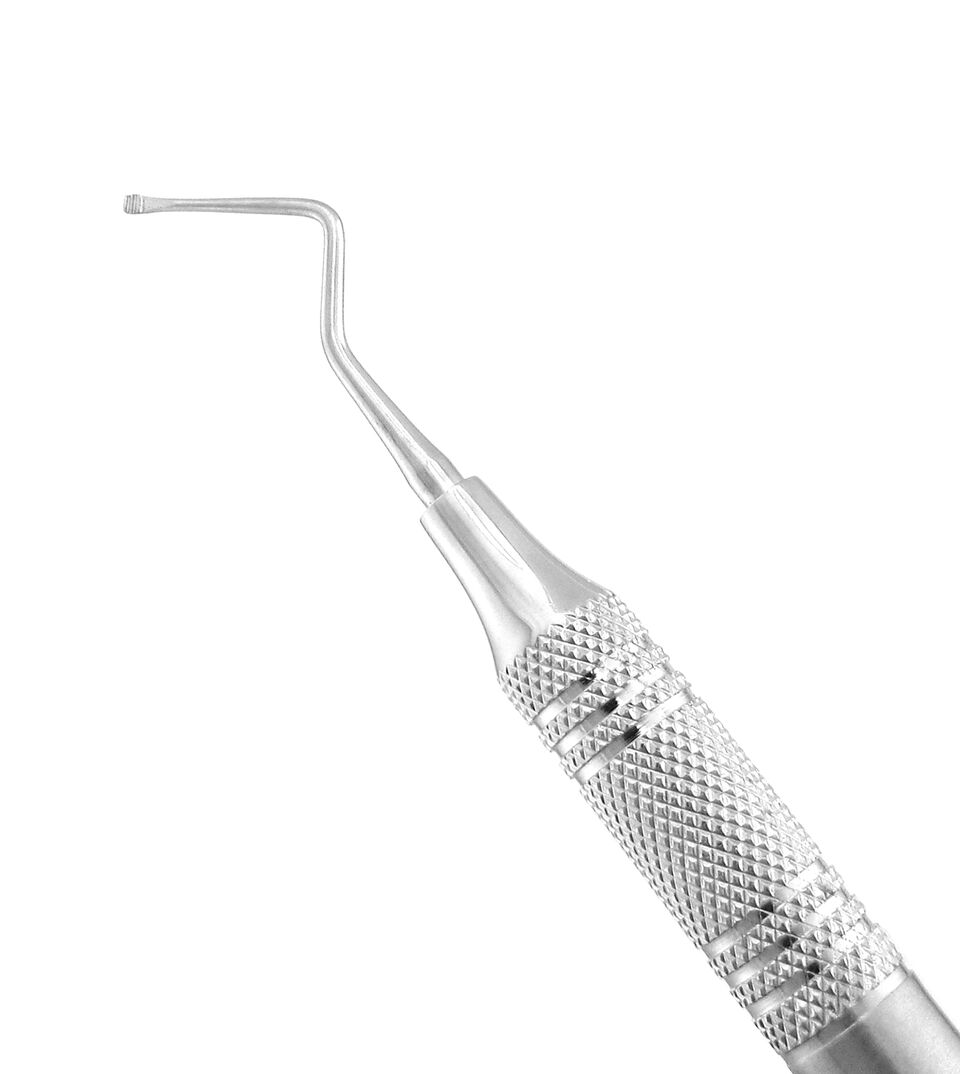 Periodontal Specialty Instruments
Periodontal Specialty Instruments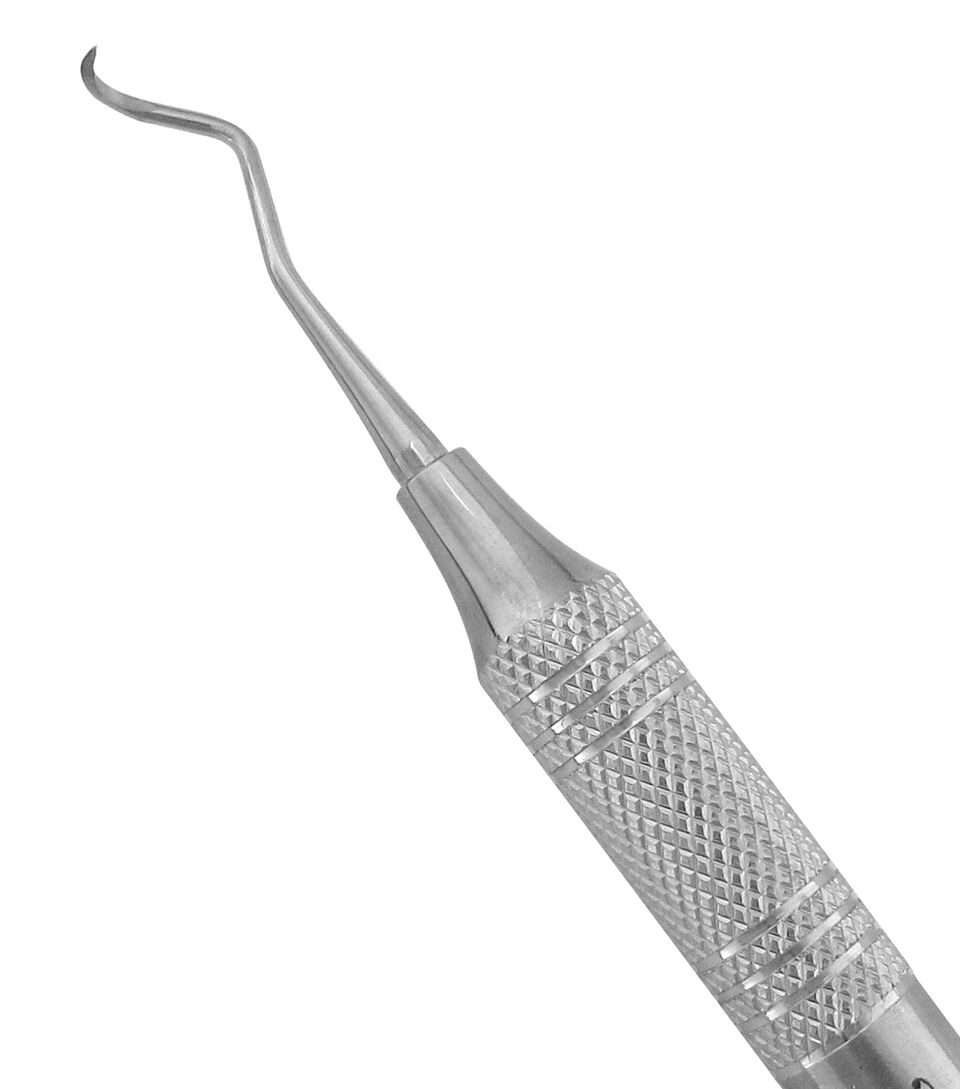 Scalers
Scalers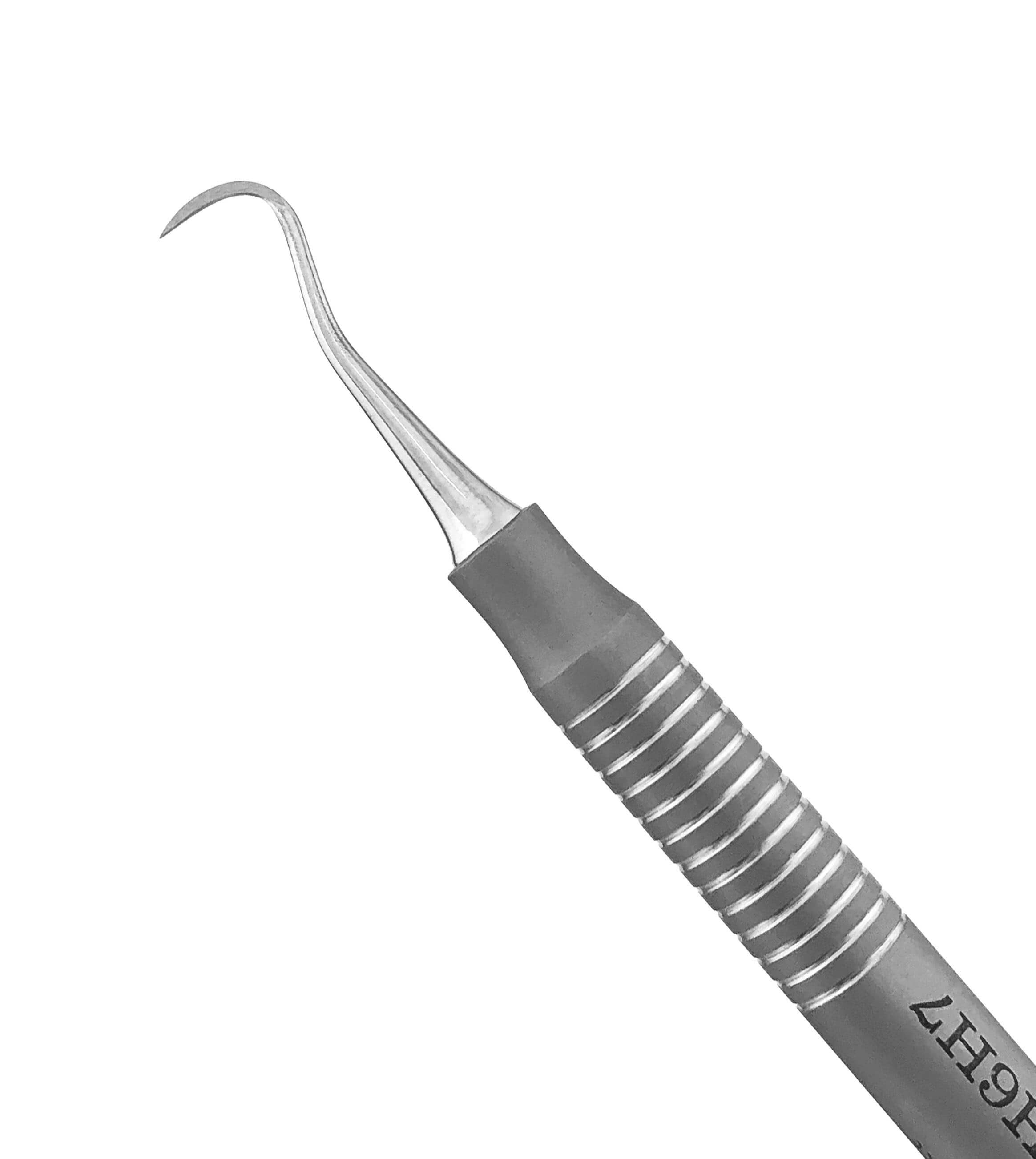 Siberian Stone™ Collection
Siberian Stone™ Collection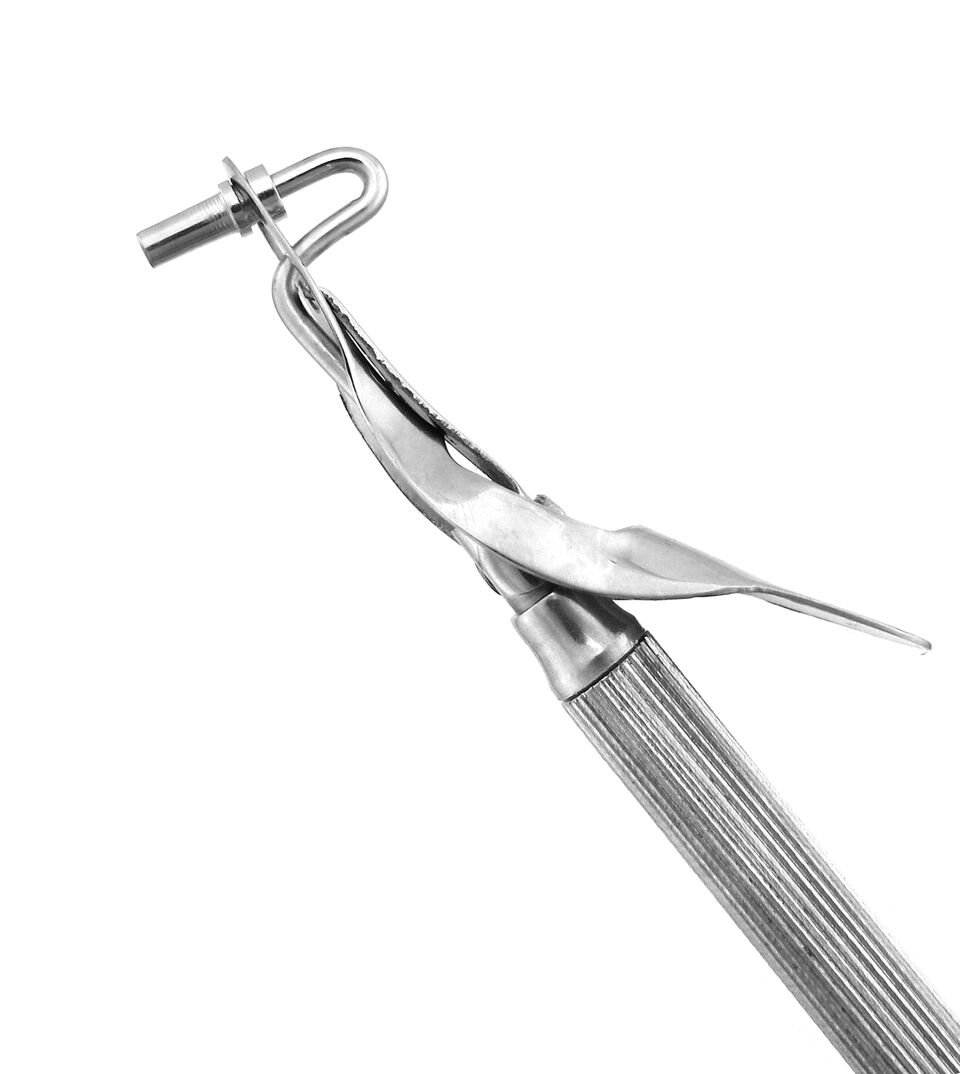 Amalgam Carriers & Well
Amalgam Carriers & Well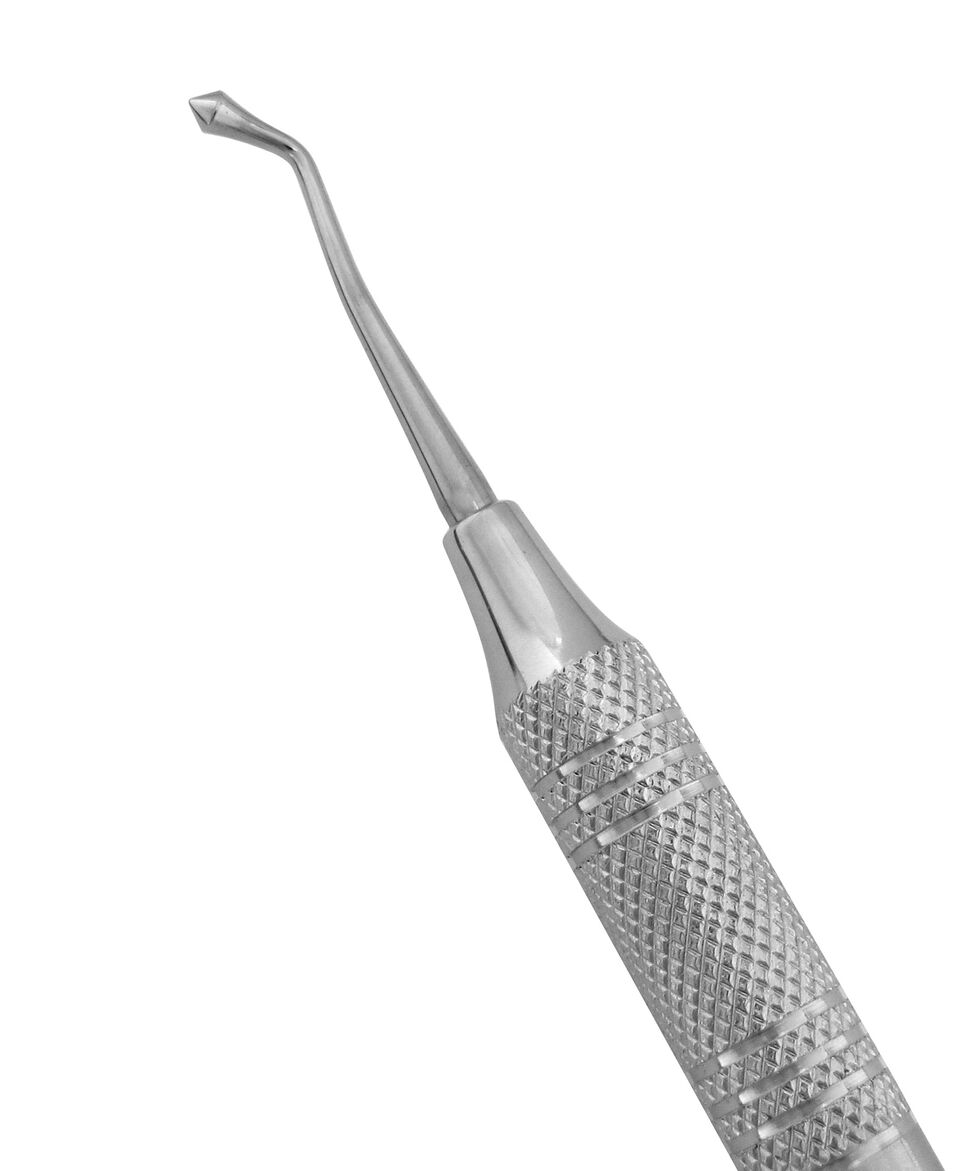 Burnishers
Burnishers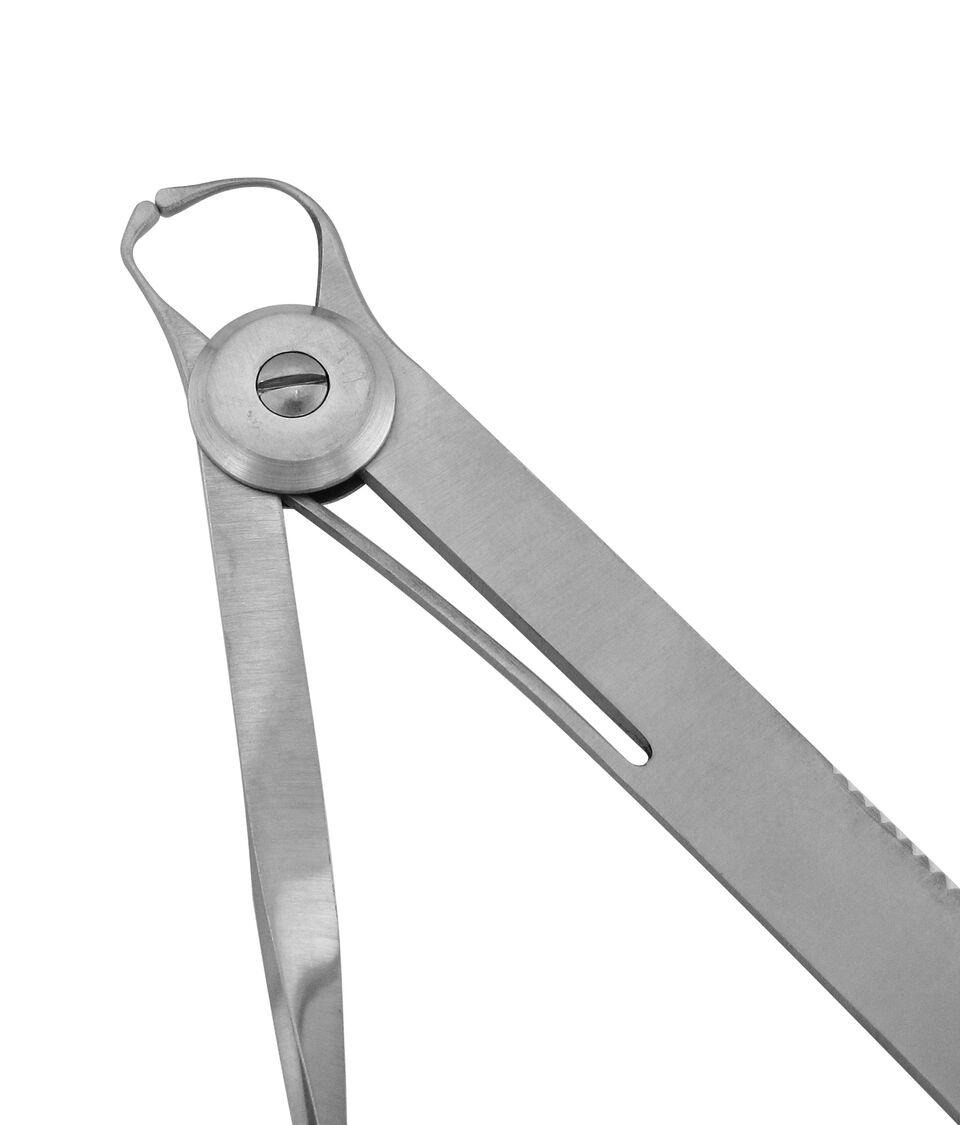 Calipers
Calipers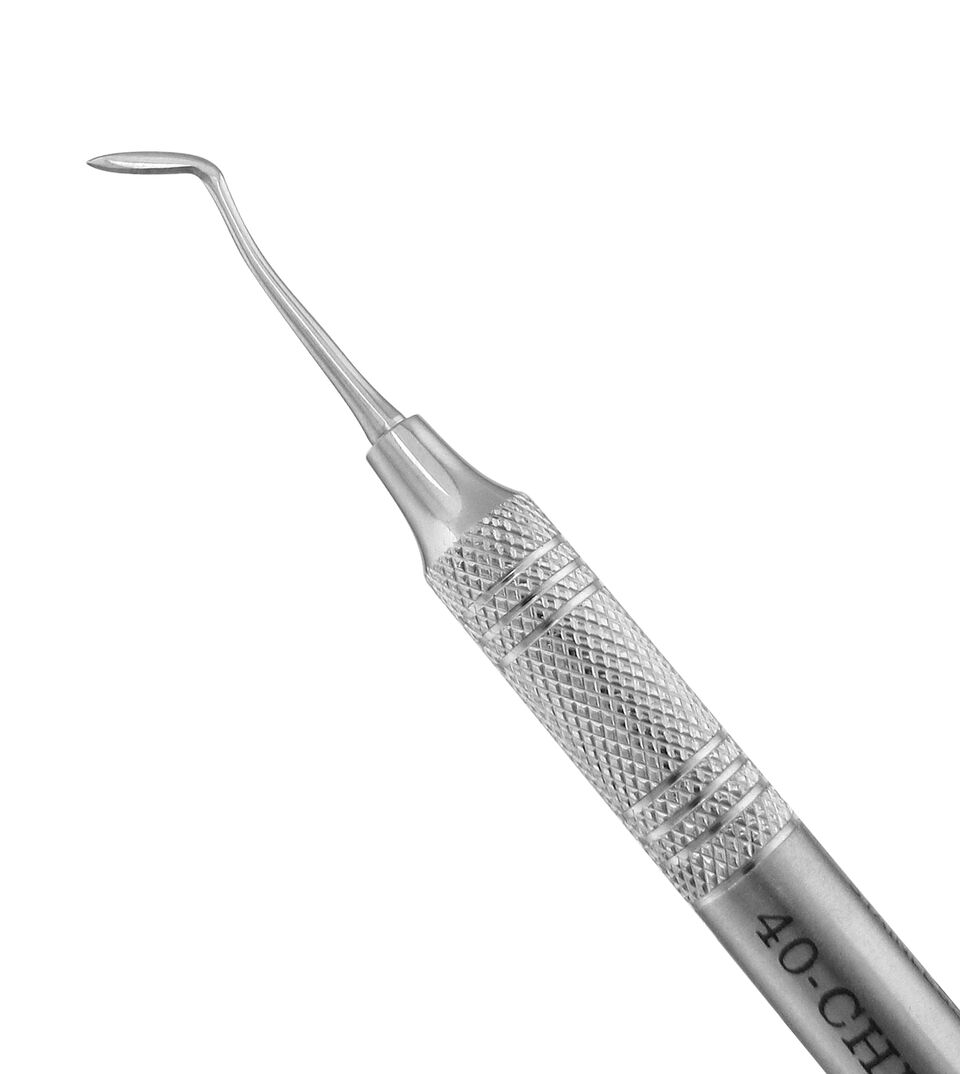 Carvers
Carvers Cement Spatulas
Cement Spatulas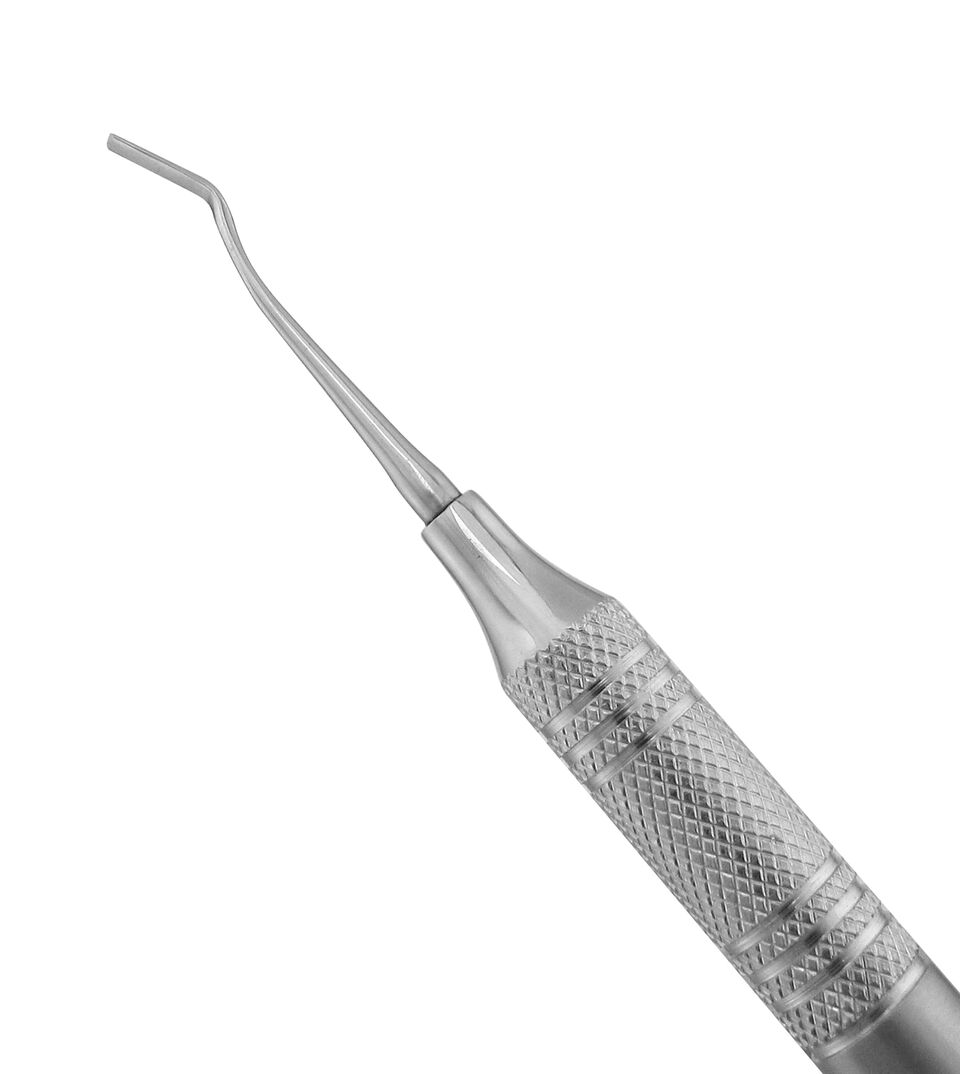 Chisels
Chisels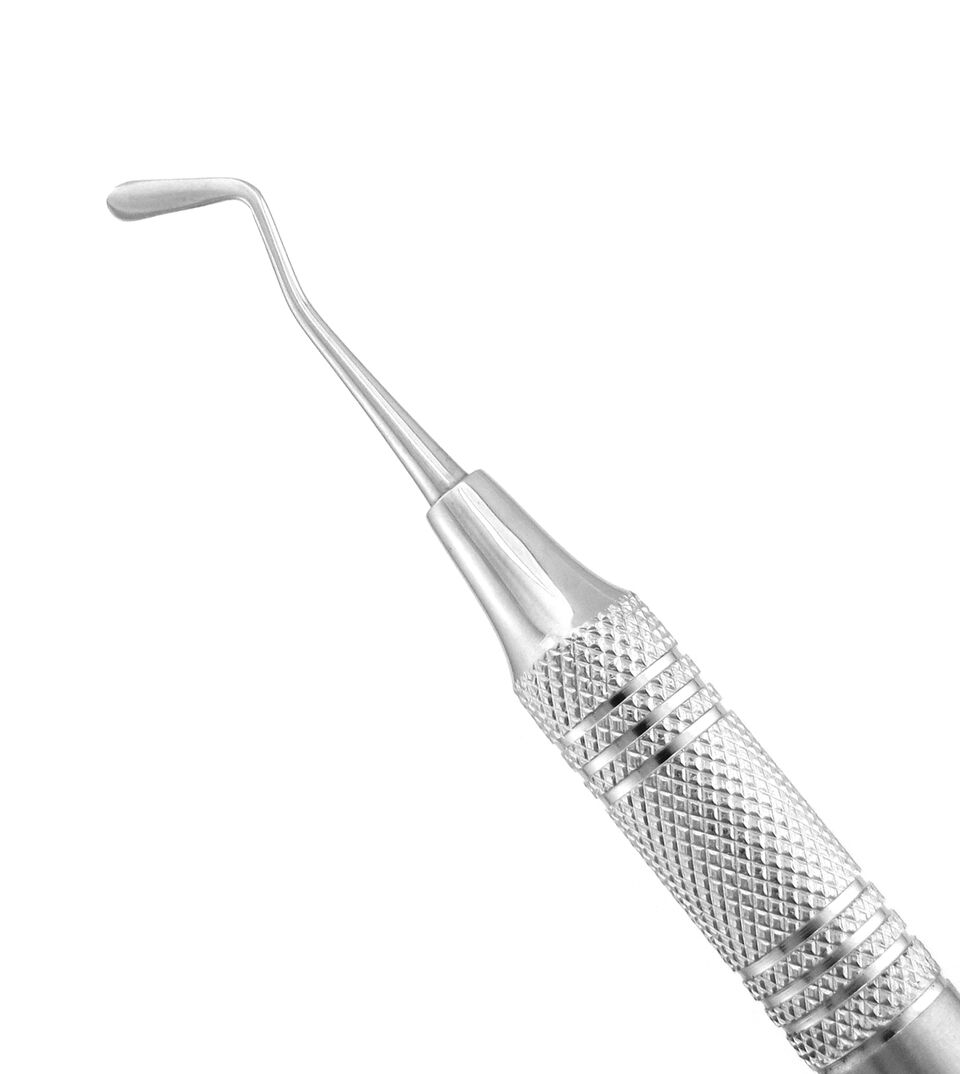 Composite & Plastic Filling Instruments
Composite & Plastic Filling Instruments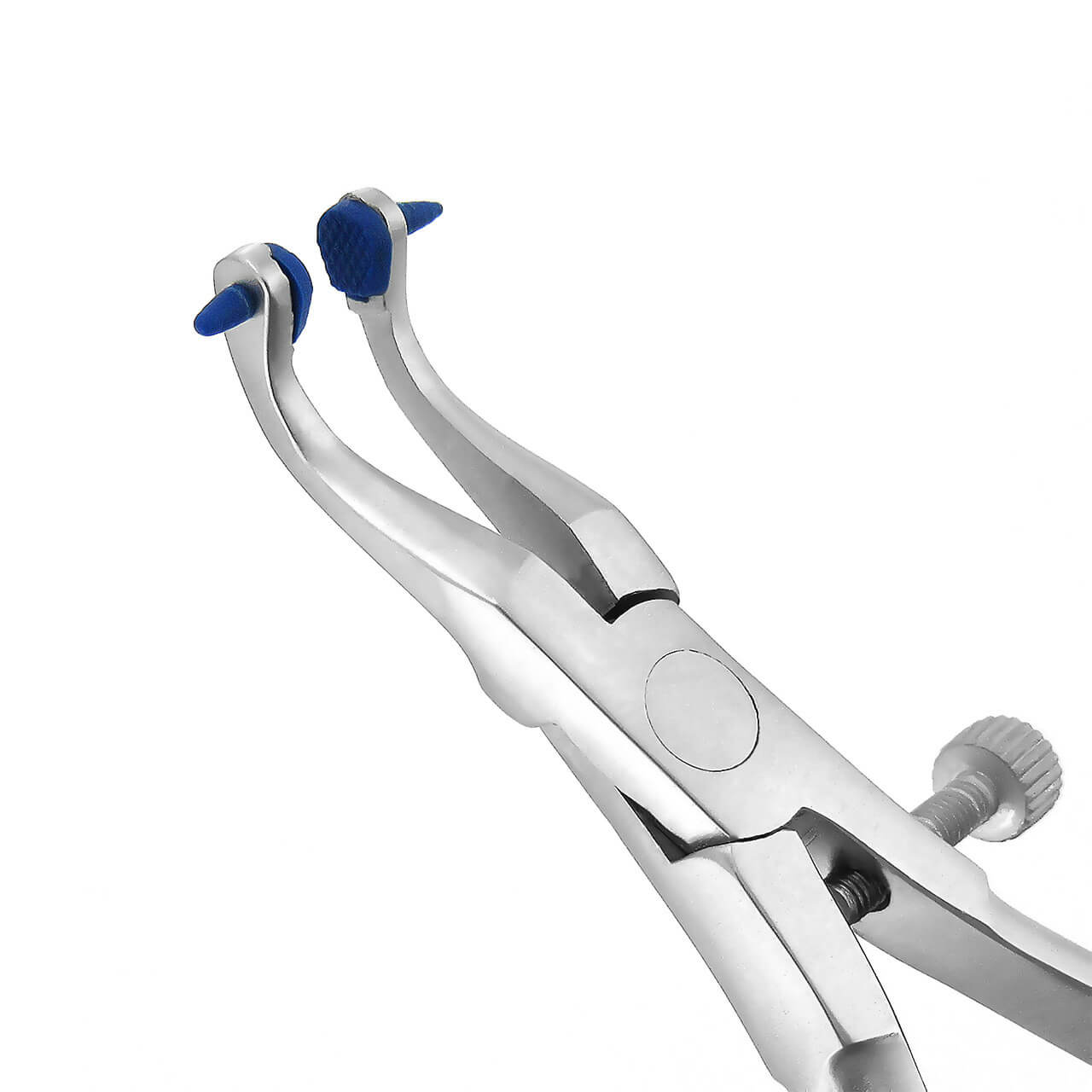 Crown Removers & Spreaders
Crown Removers & Spreaders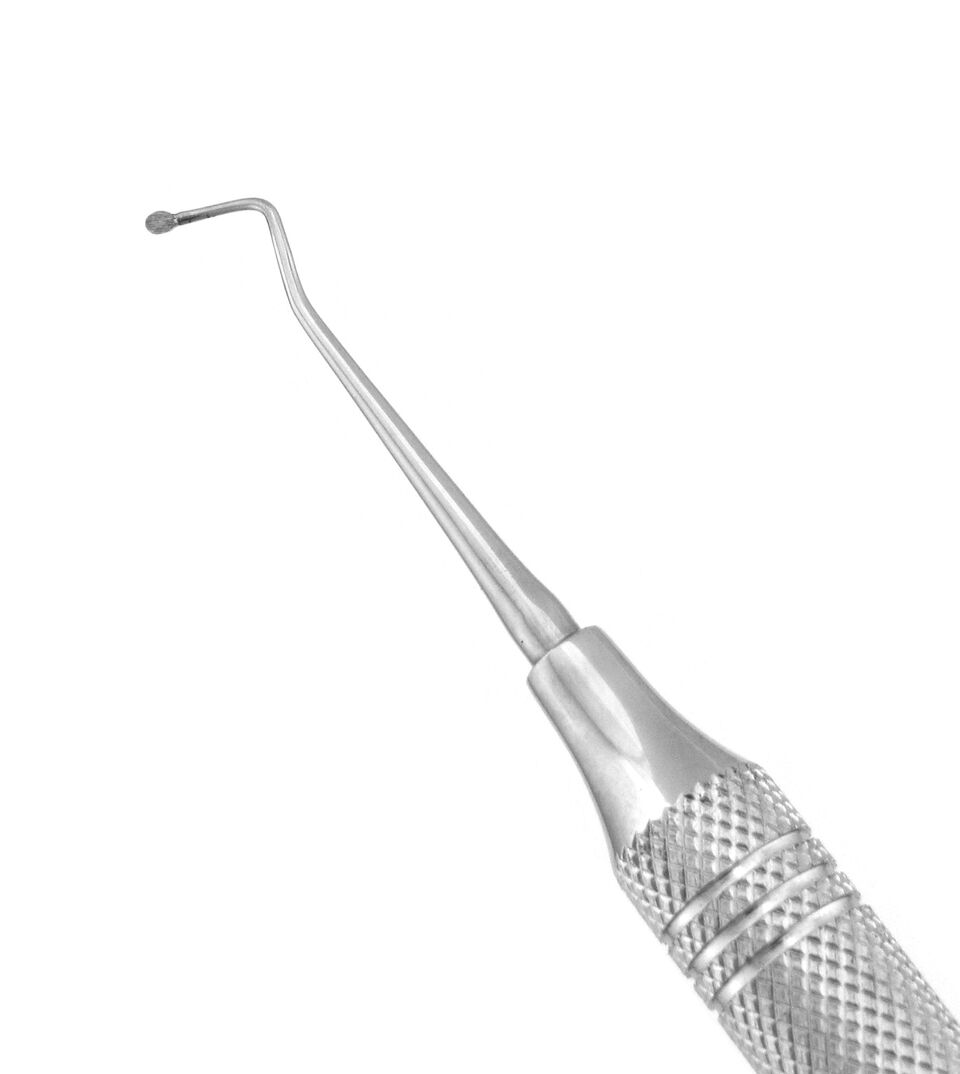 Excavators
Excavators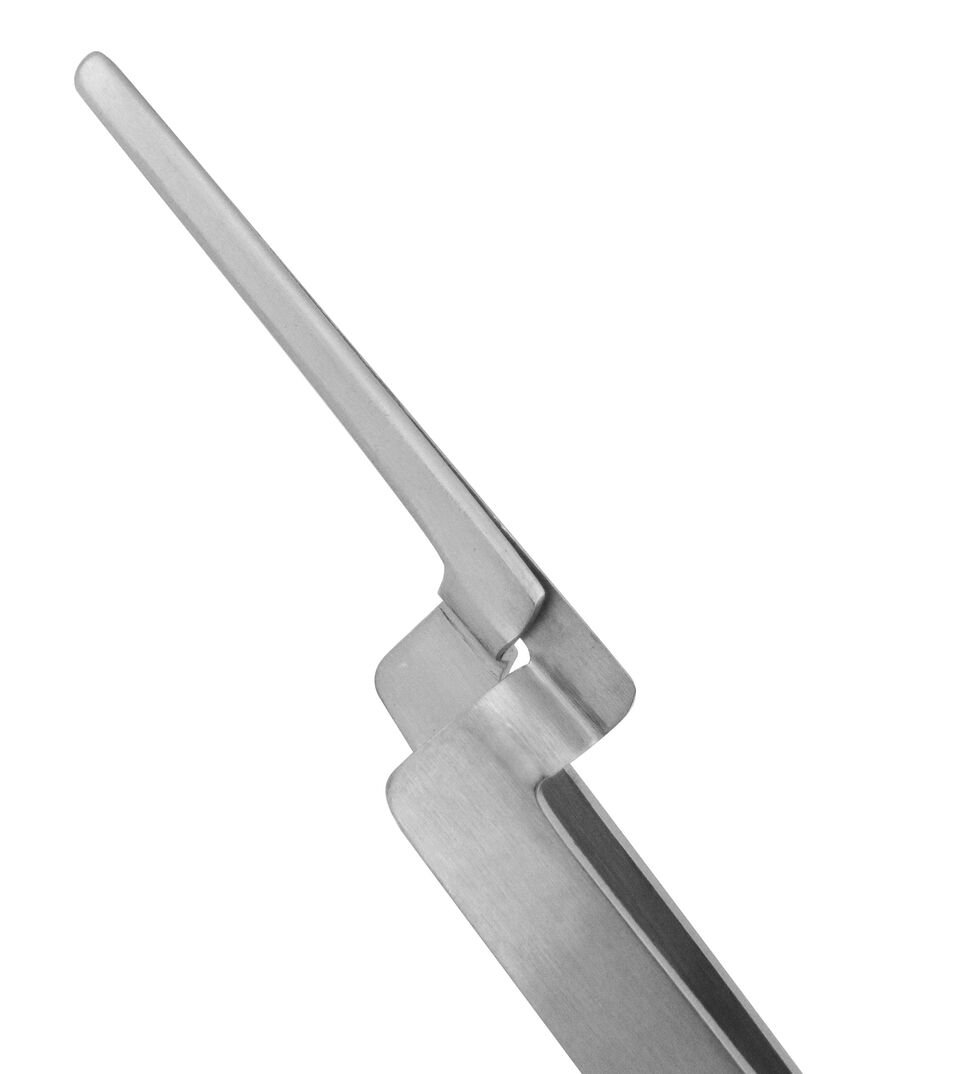 Forceps & Tweezers
Forceps & Tweezers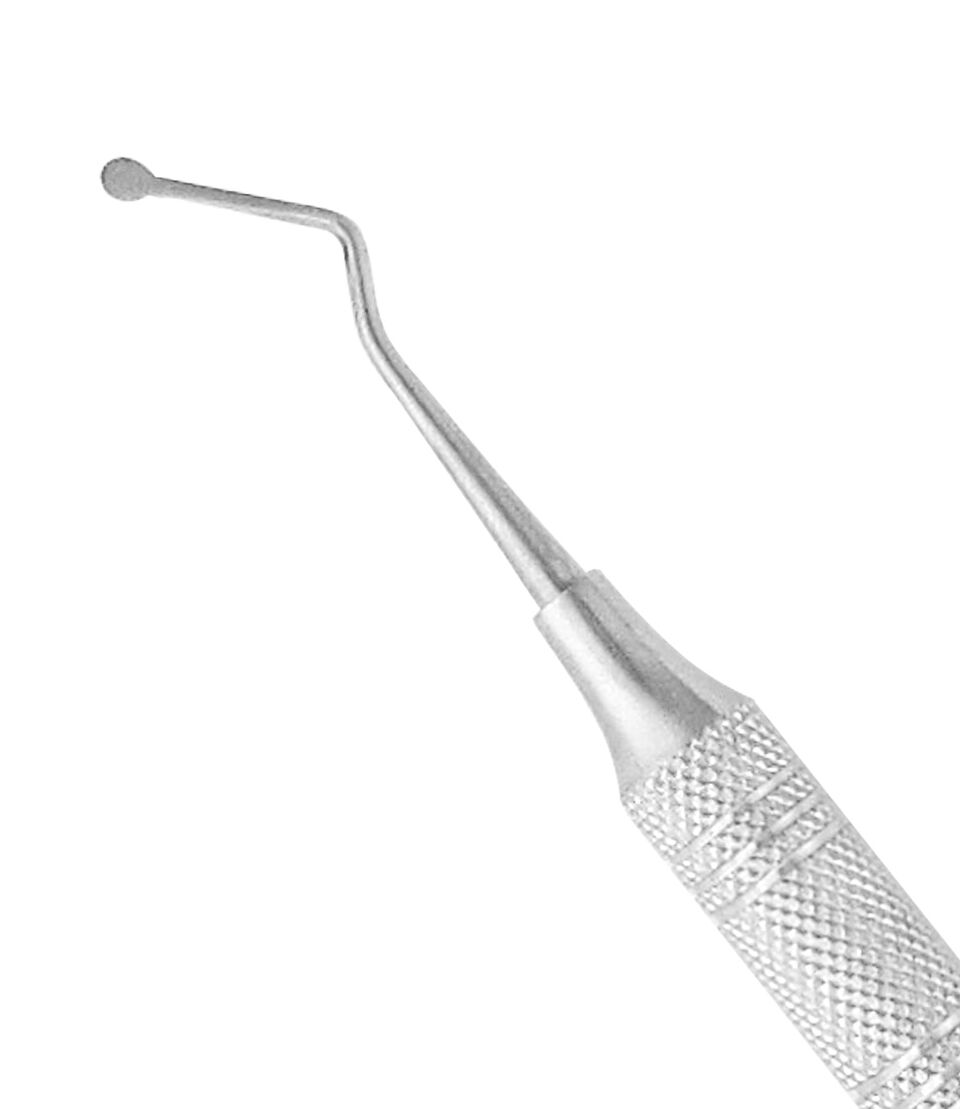 Gingival Cord Packers
Gingival Cord Packers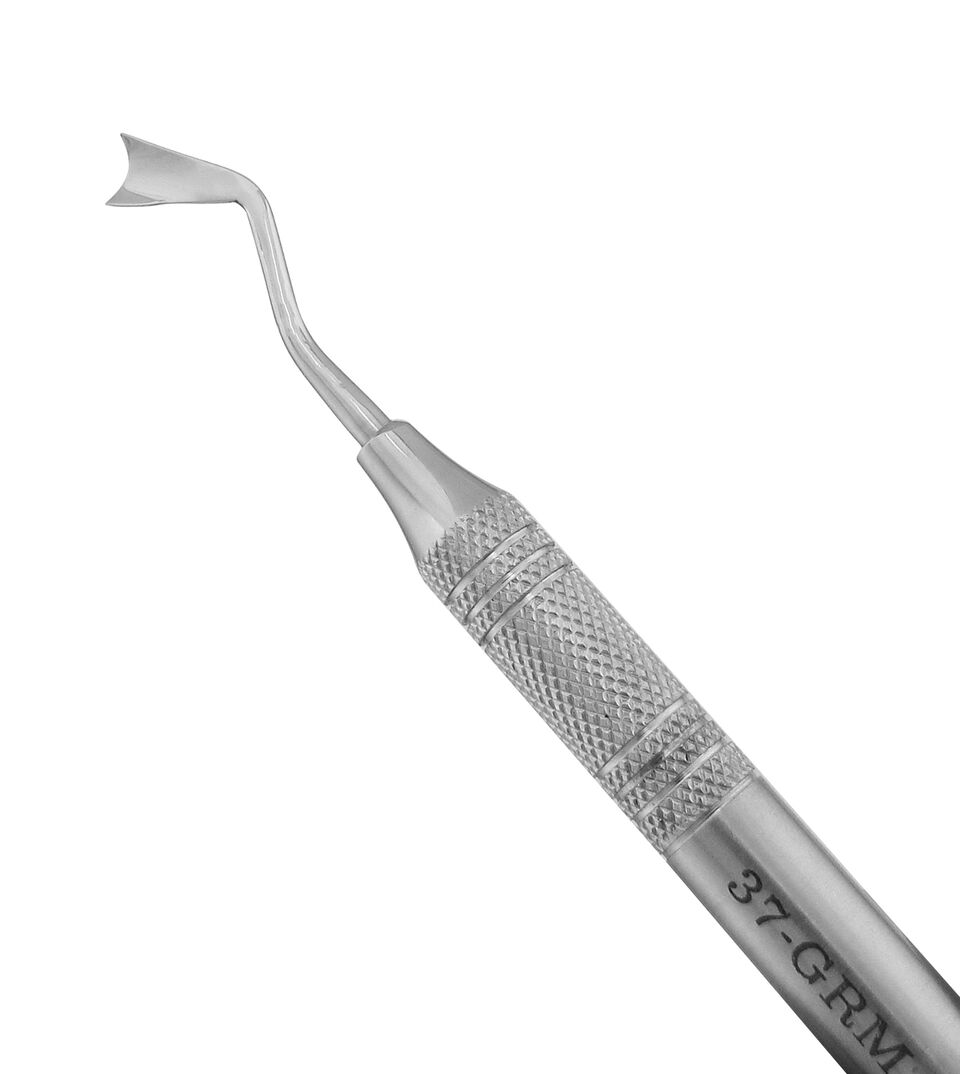 Gingival Retractors
Gingival Retractors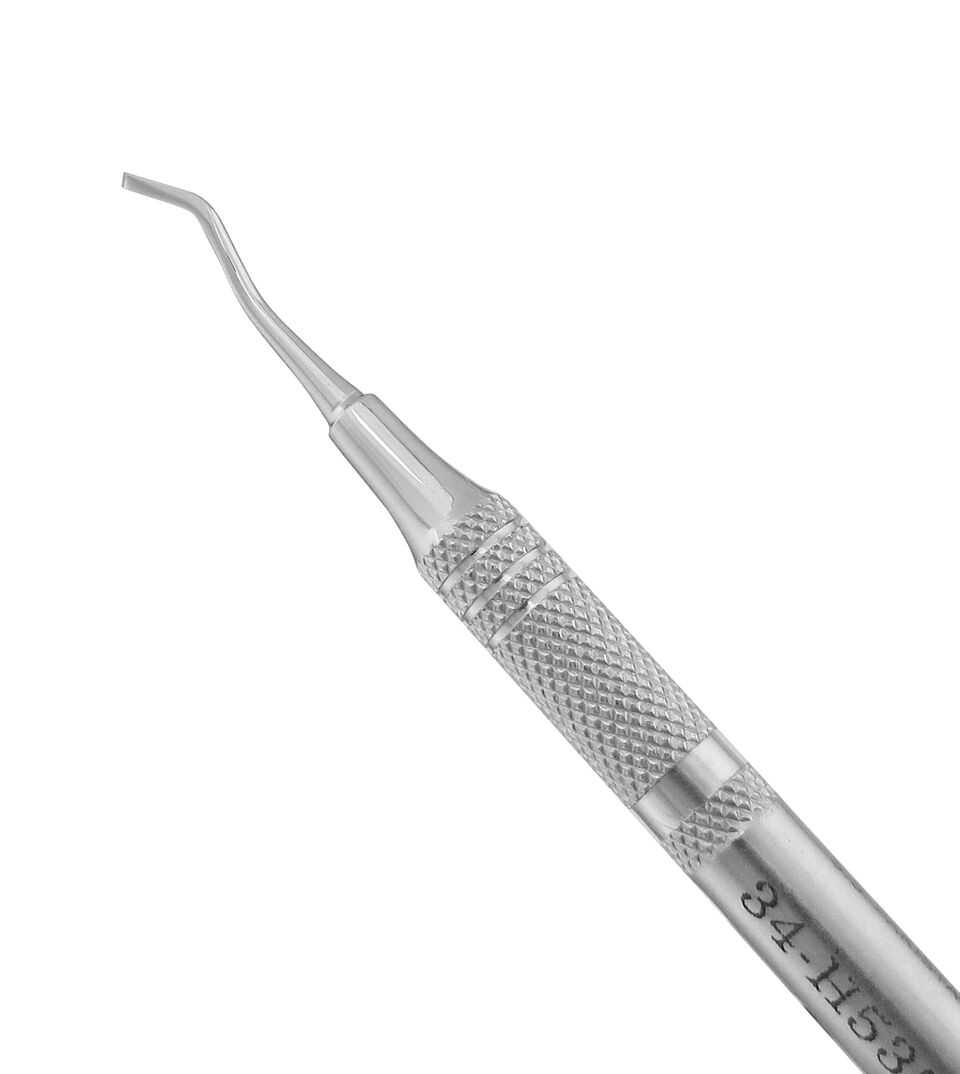 Hatchets
Hatchets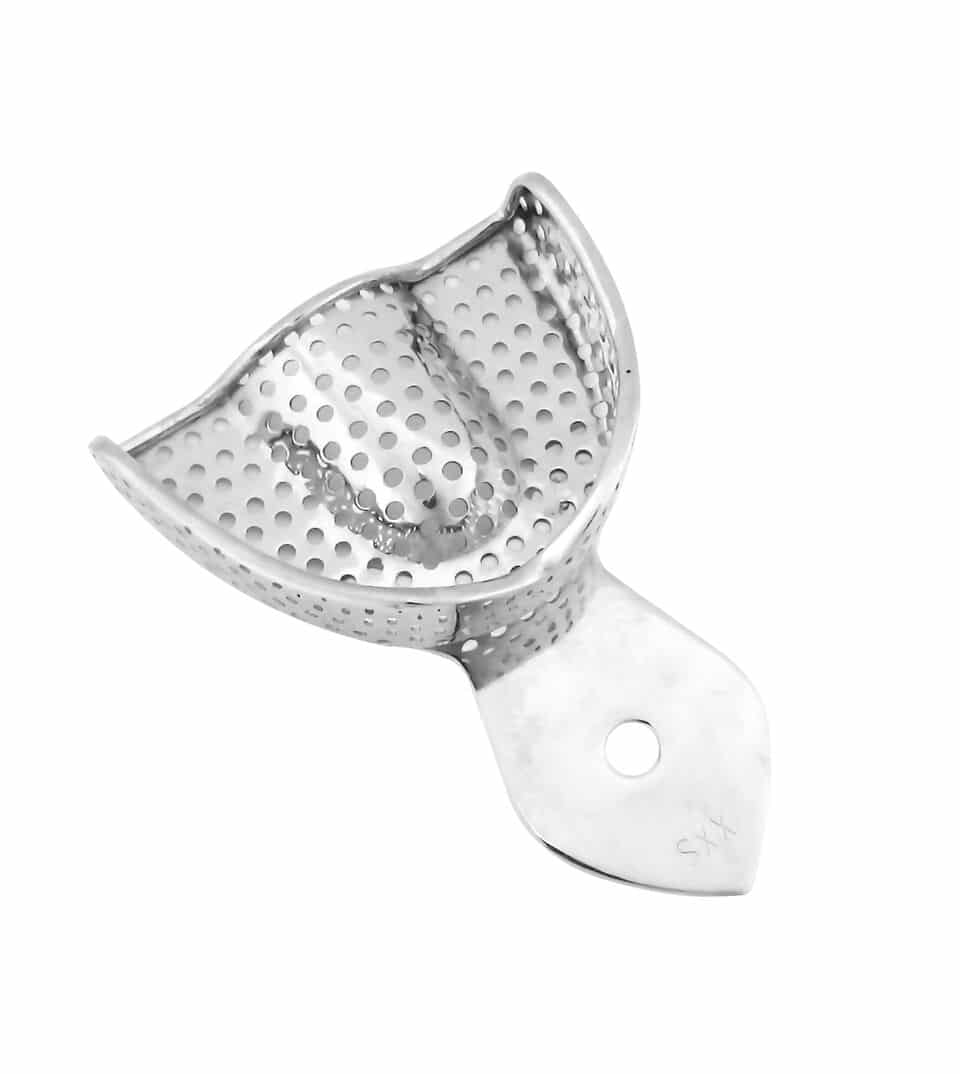 Impression Tray Sets
Impression Tray Sets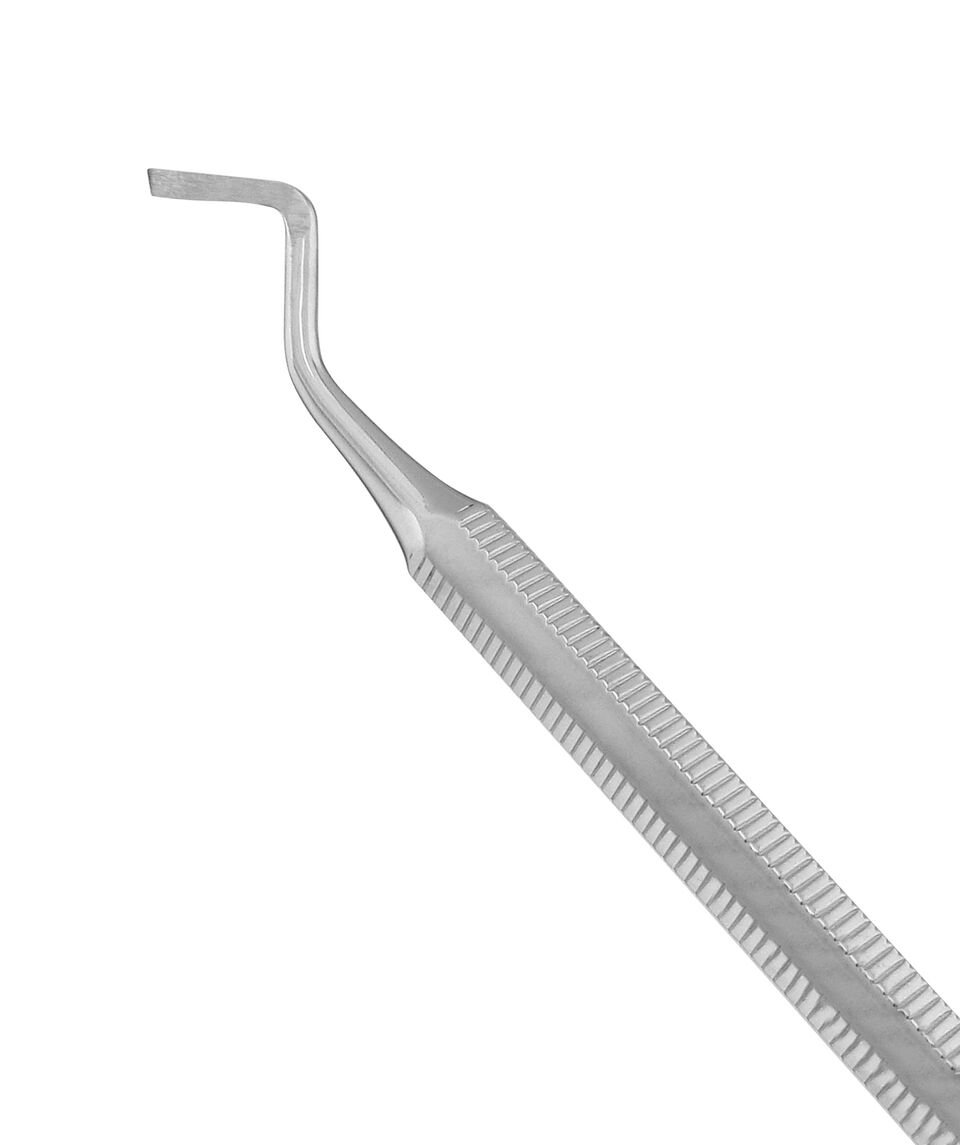 Margin Trimmers
Margin Trimmers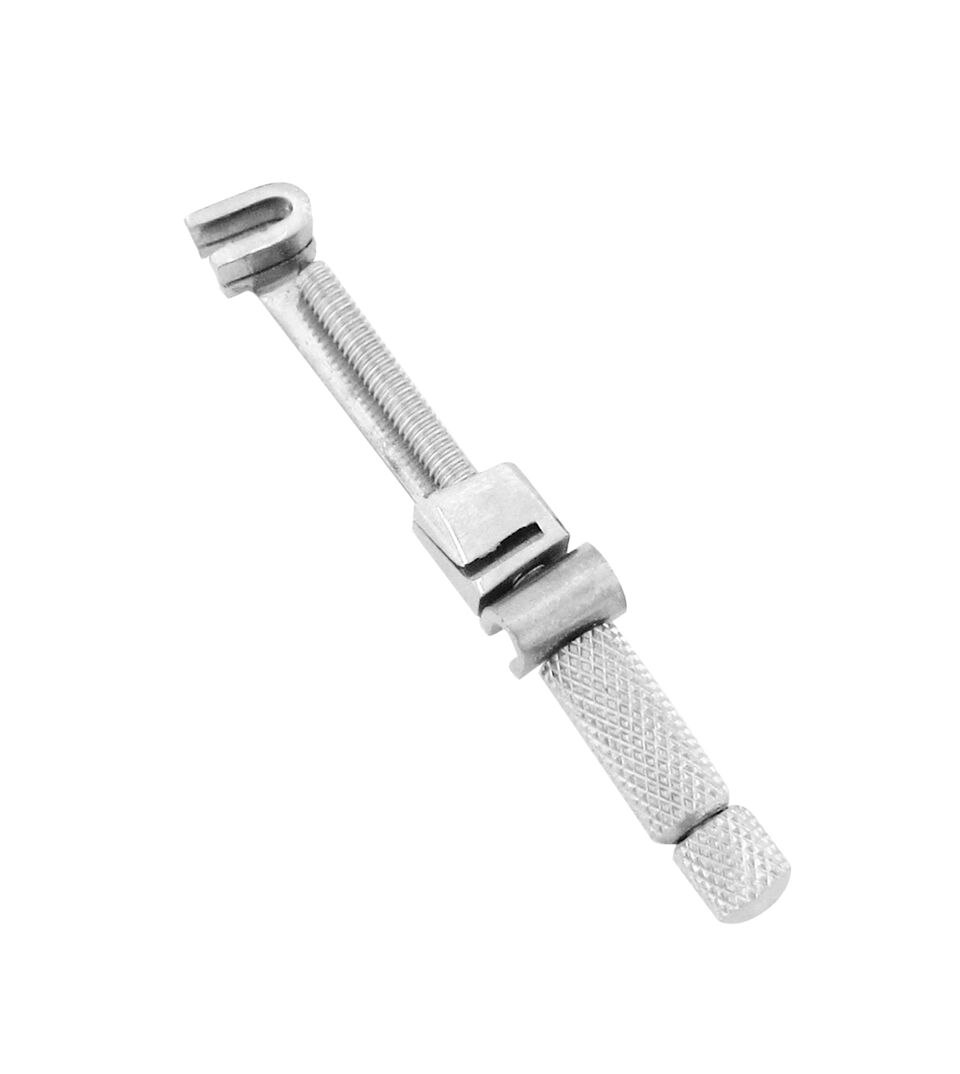 Matrix Retainers
Matrix Retainers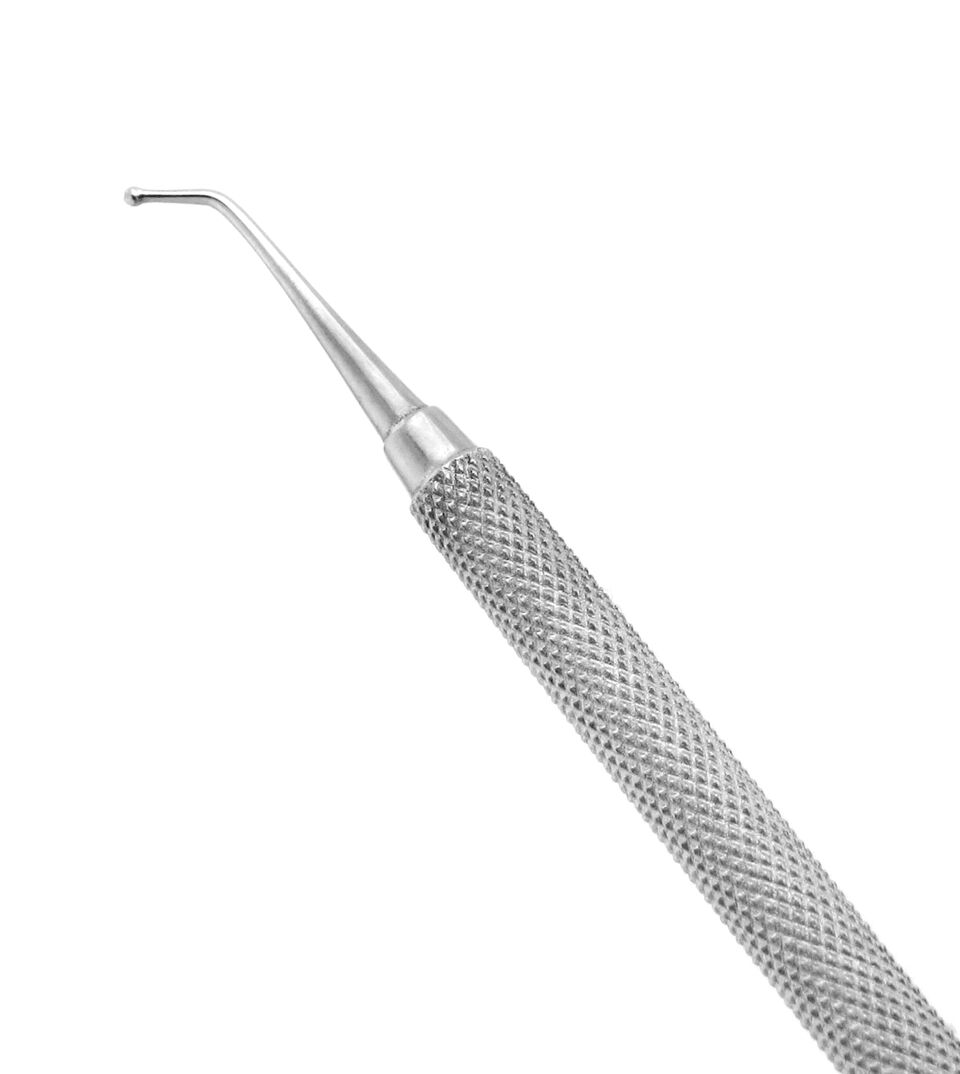 Placement Instruments
Placement Instruments Plaster Knives & Nippers
Plaster Knives & Nippers Plaster Spatulas
Plaster Spatulas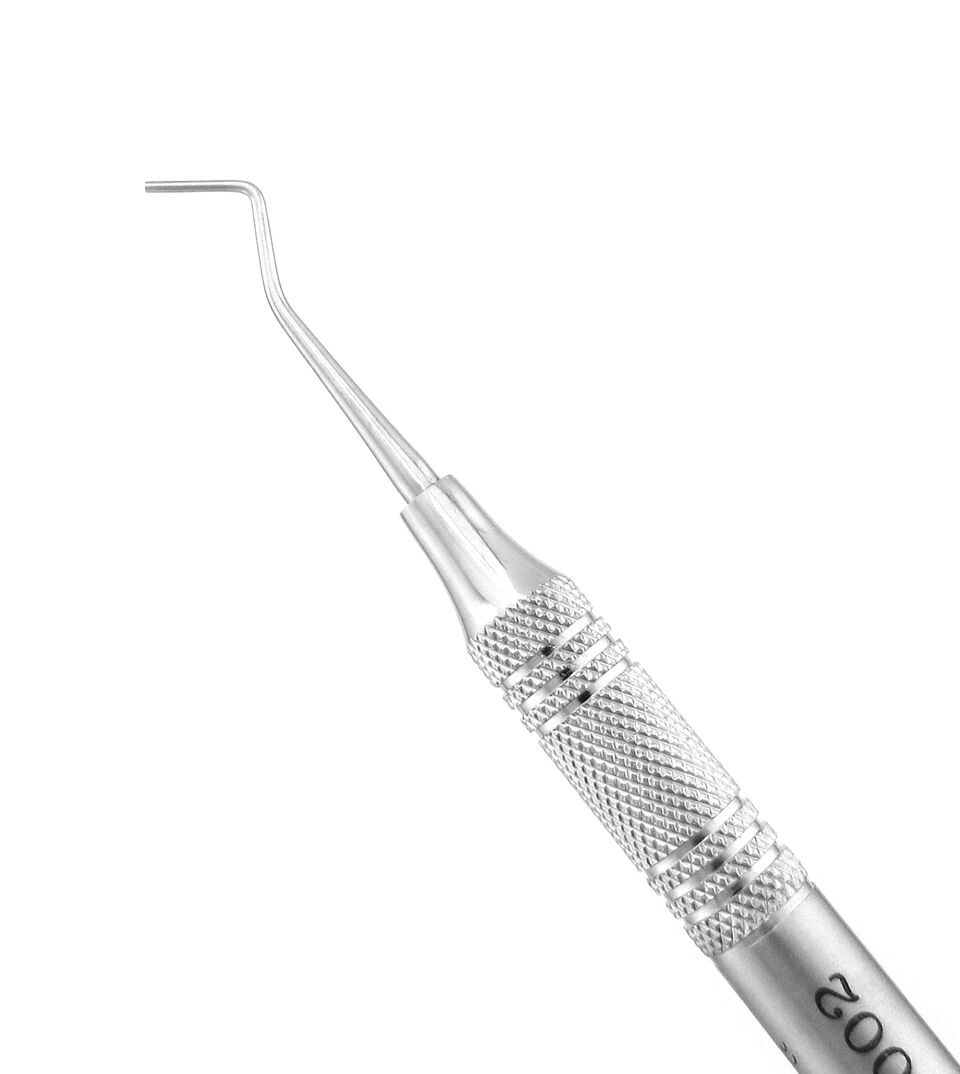 Pluggers/Condensers
Pluggers/Condensers Restorative Sets
Restorative Sets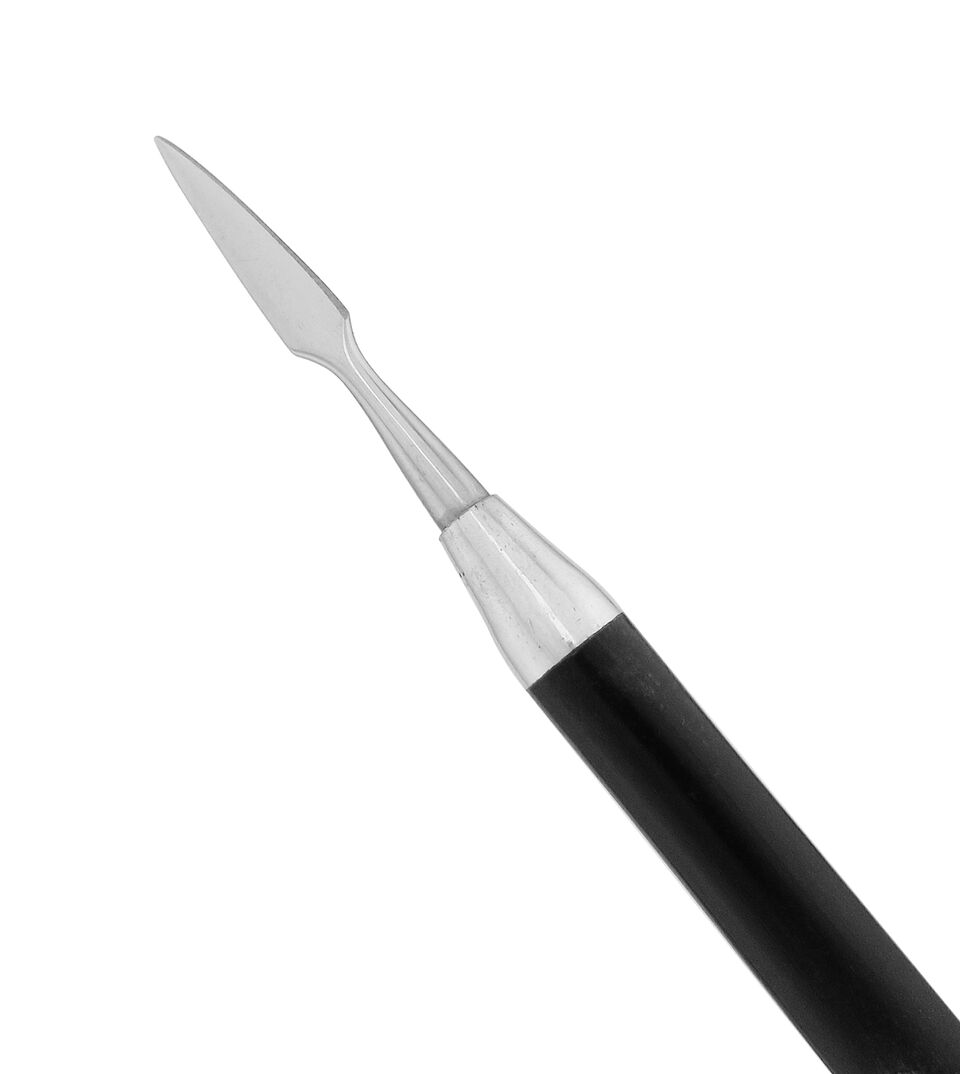 Wax & Porcelain Carvers
Wax & Porcelain Carvers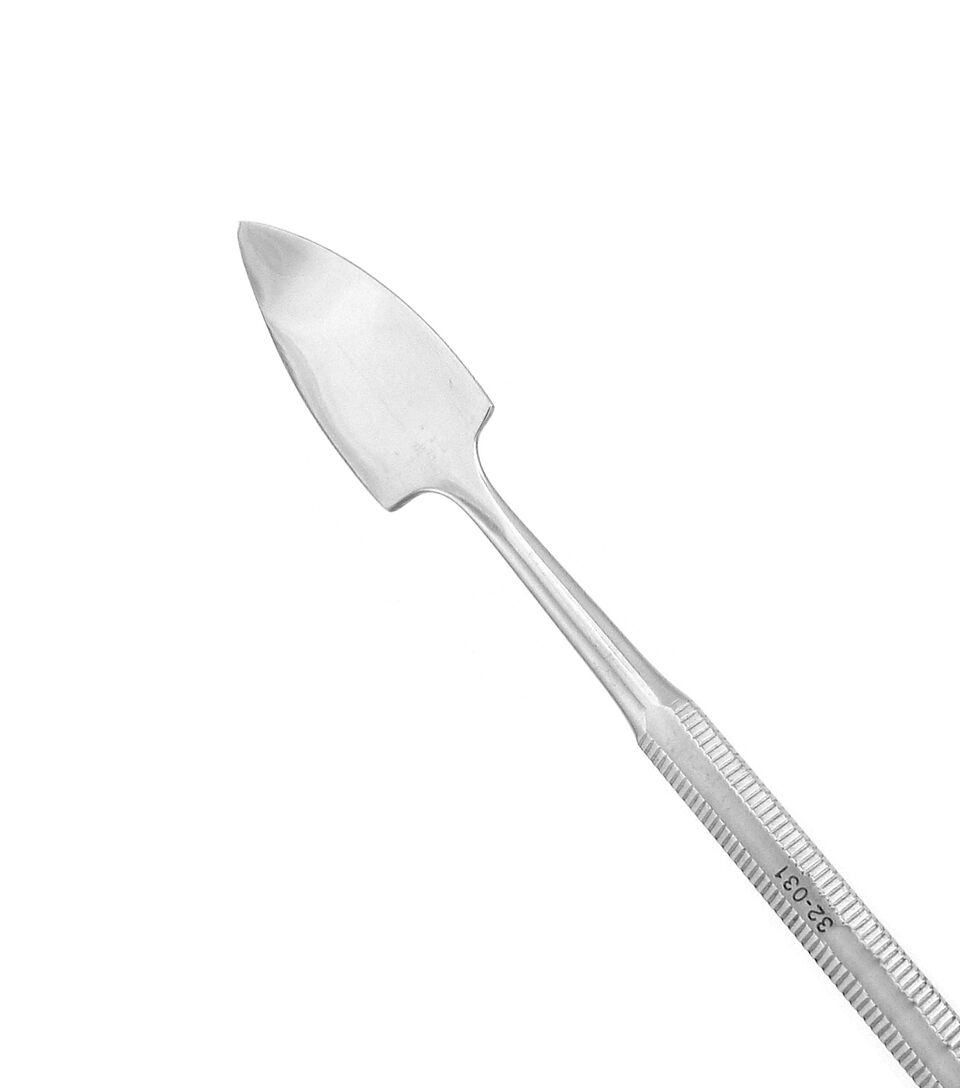 Wax Spatulas
Wax Spatulas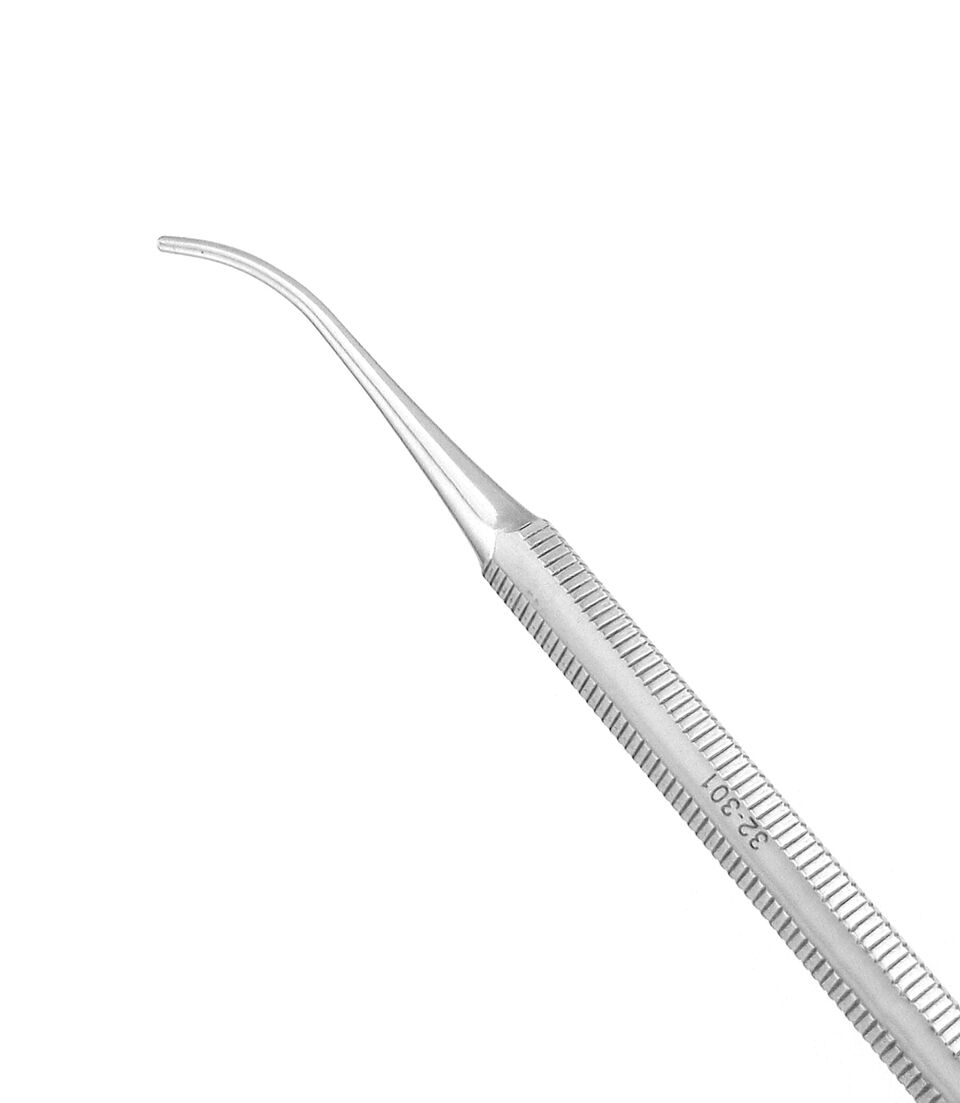 Waxing Instruments
Waxing Instruments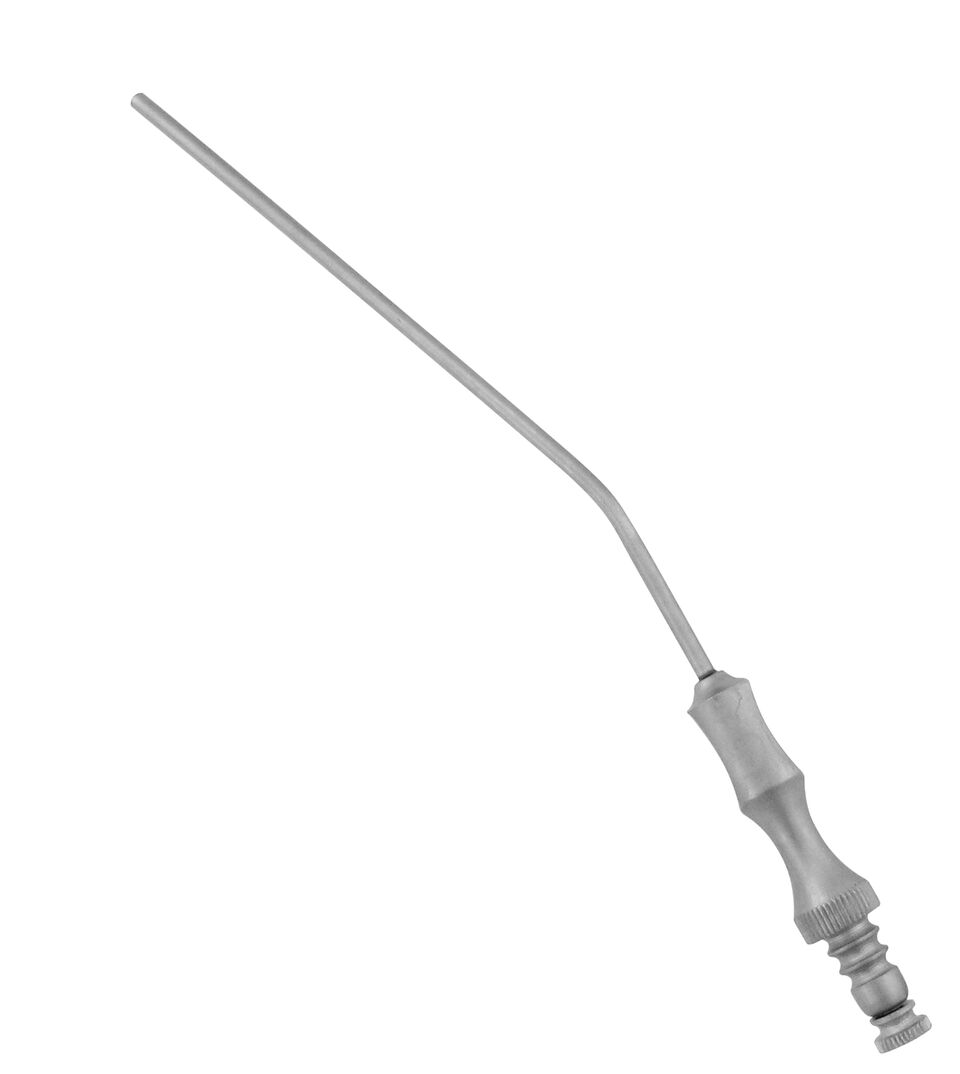 Aspirators
Aspirators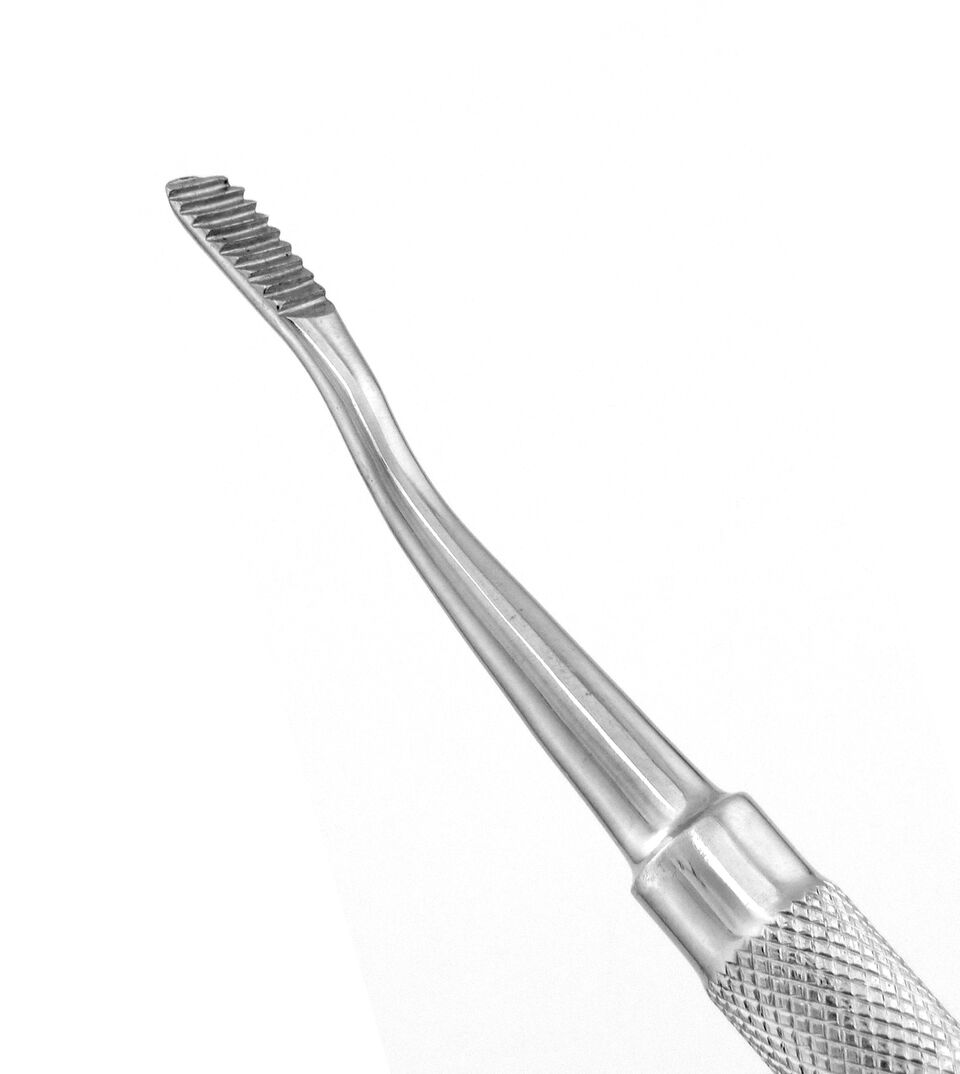 Bone Chisels
Bone Chisels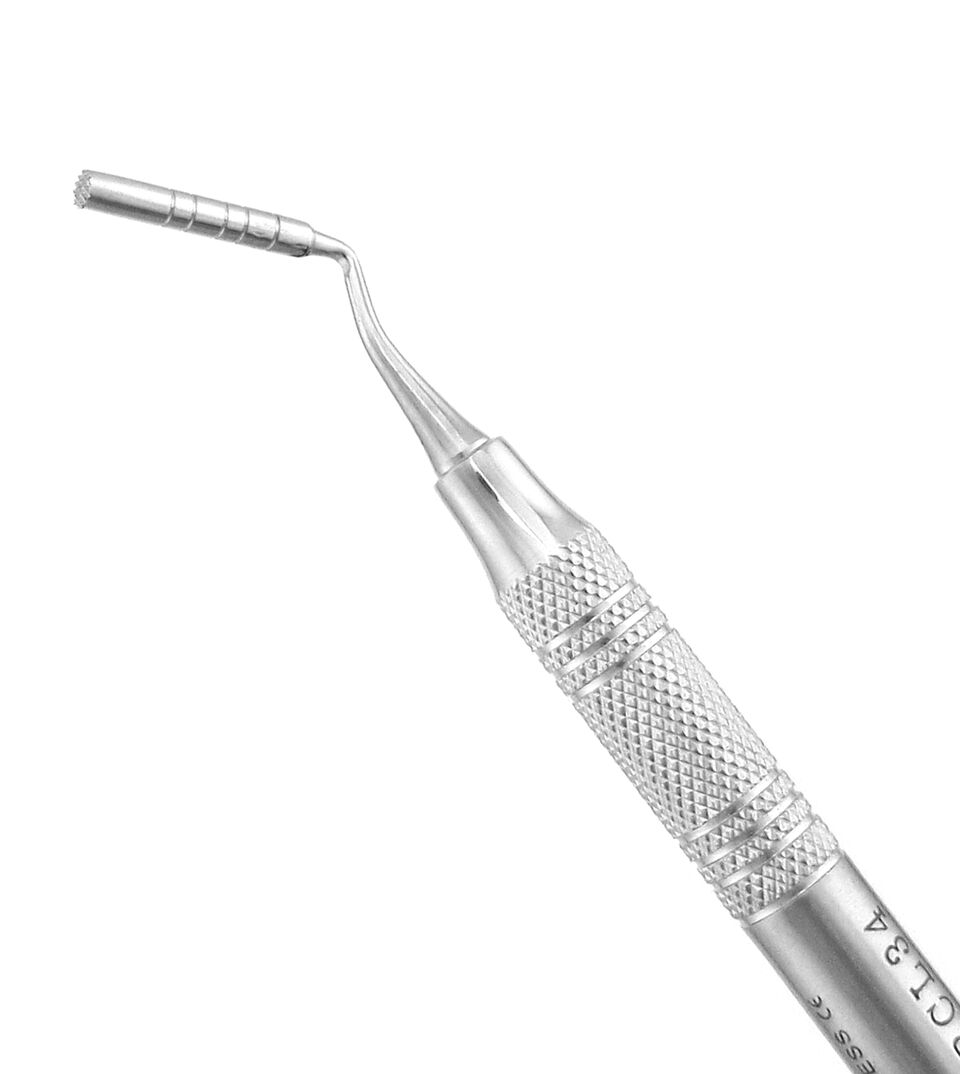 Bone Grafting Instruments
Bone Grafting Instruments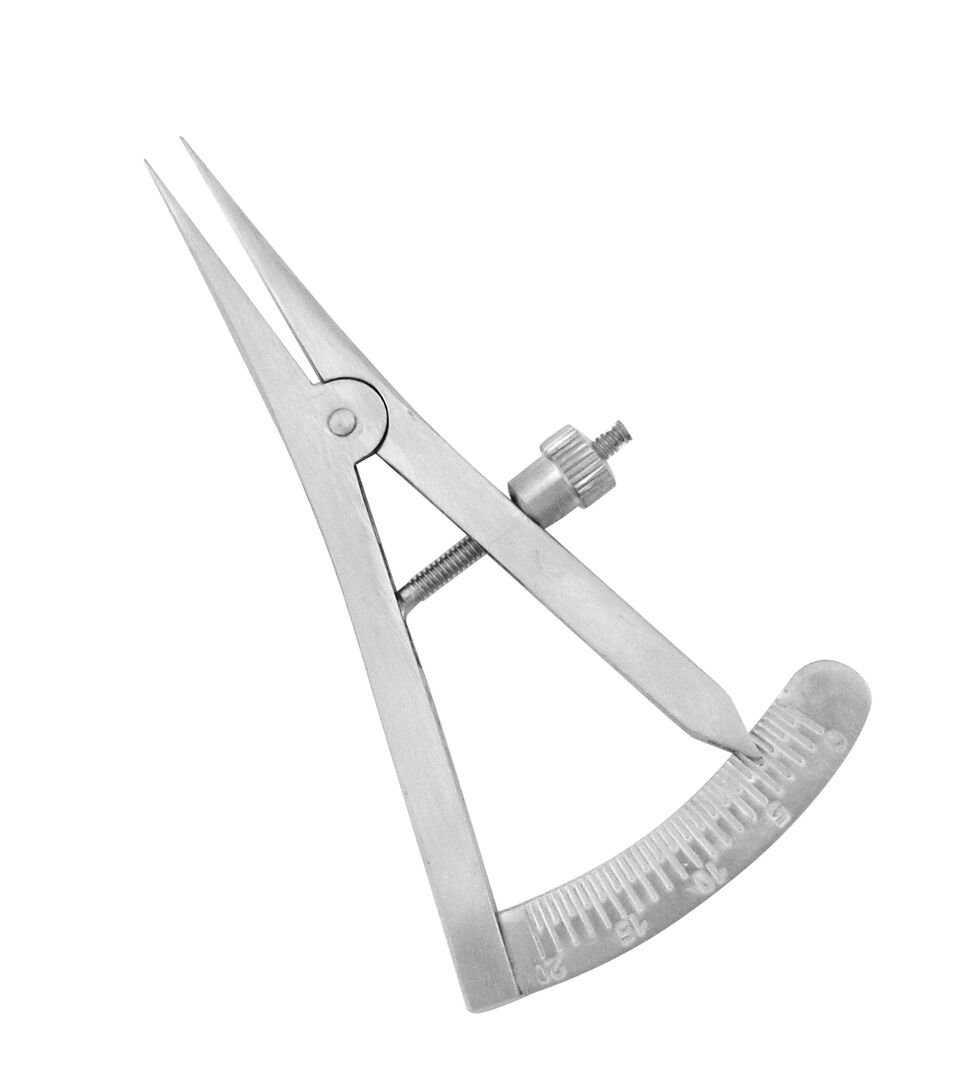 Calipers
Calipers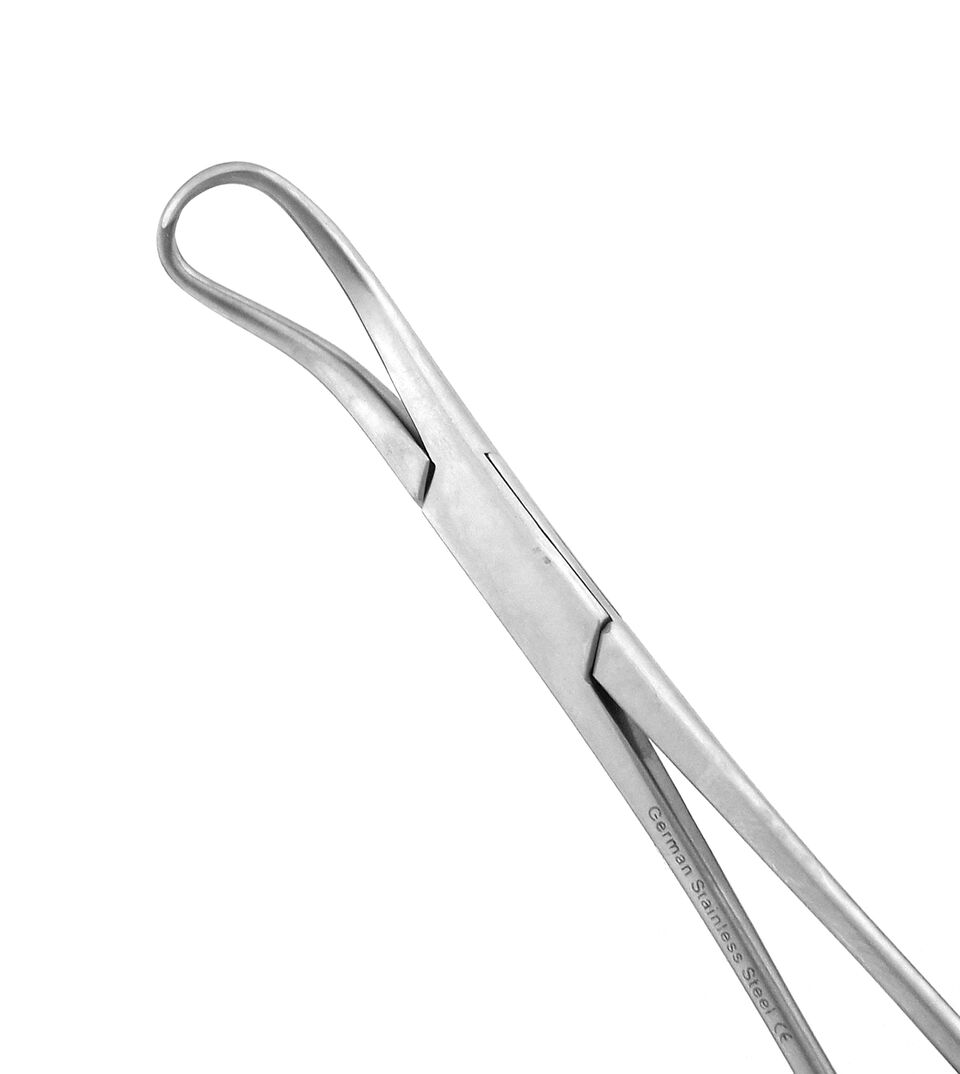 Clamps
Clamps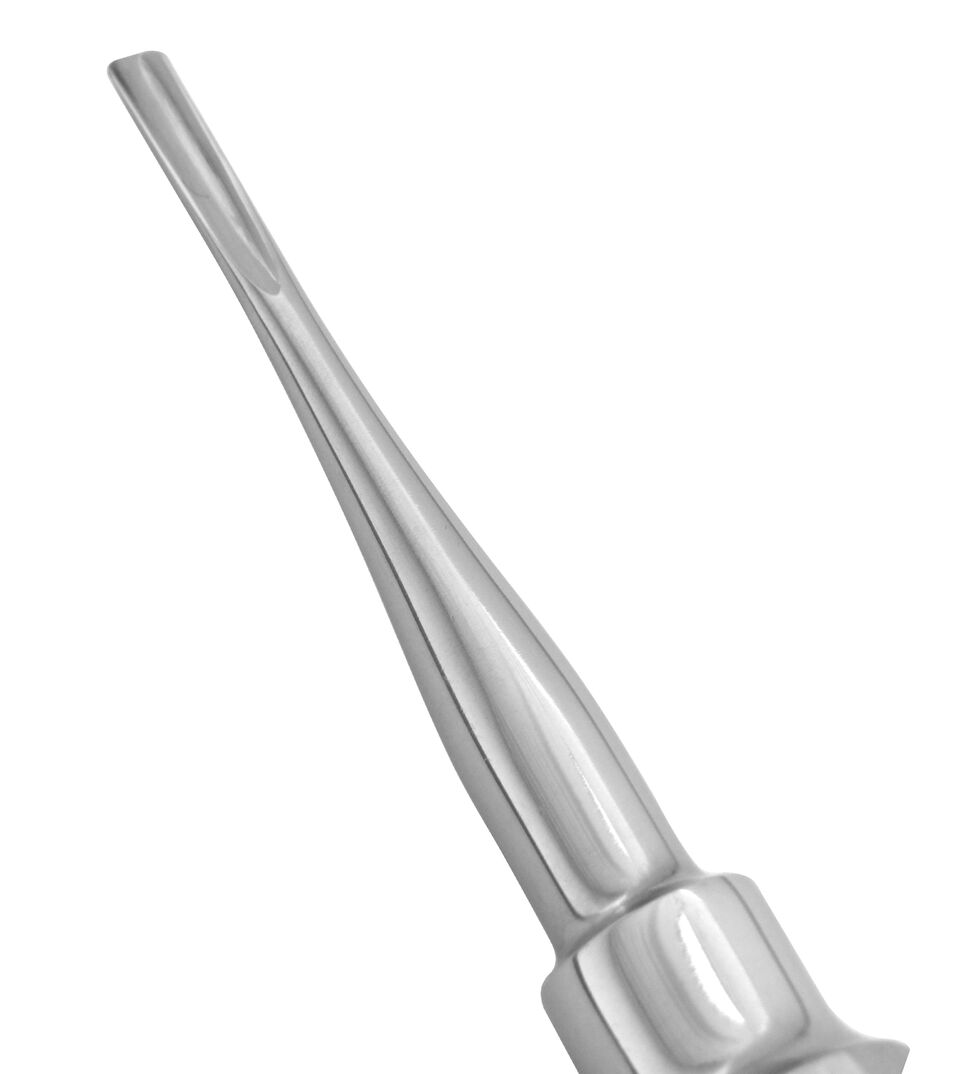 Dental Elevators
Dental Elevators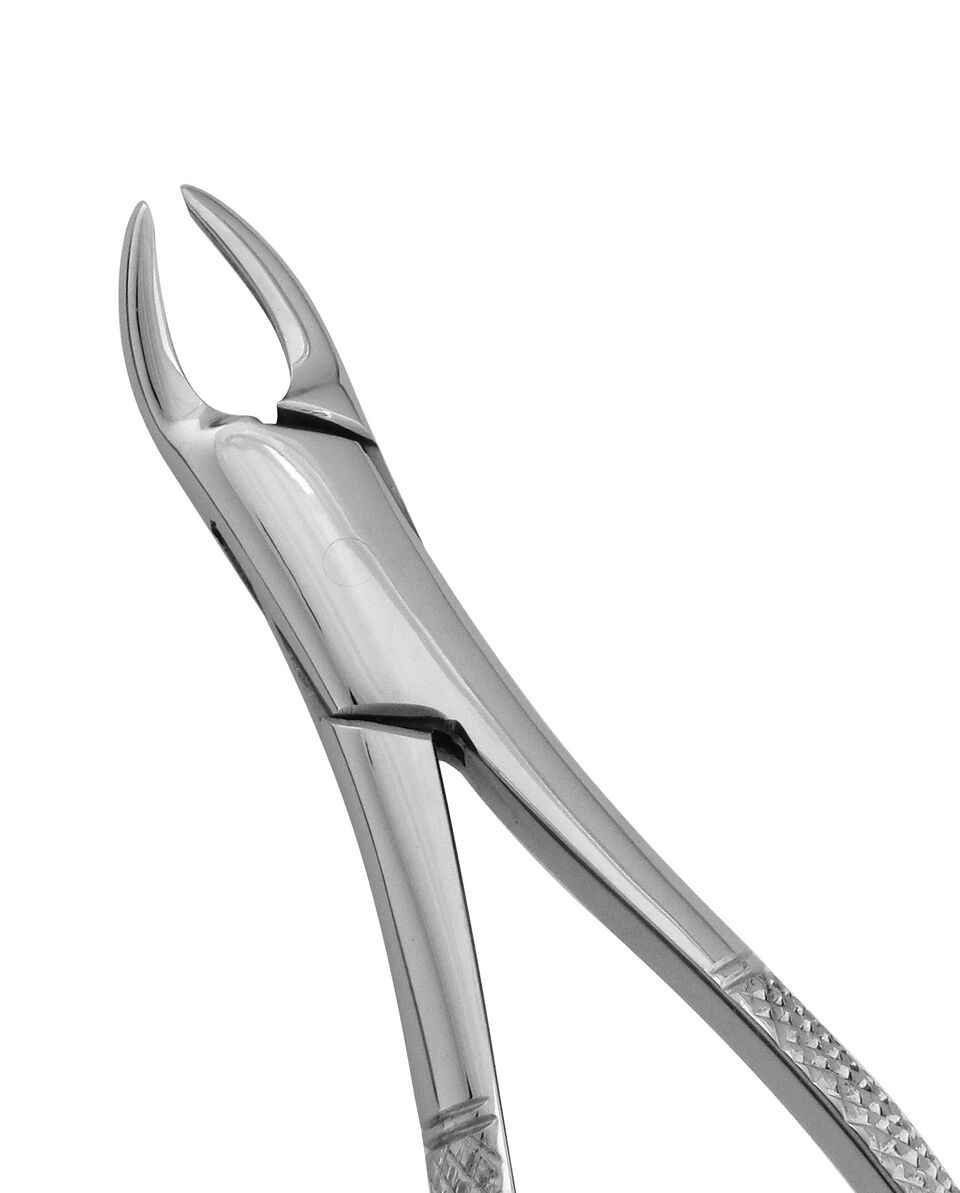 Extraction Forceps
Extraction Forceps Hemostats & Forceps
Hemostats & Forceps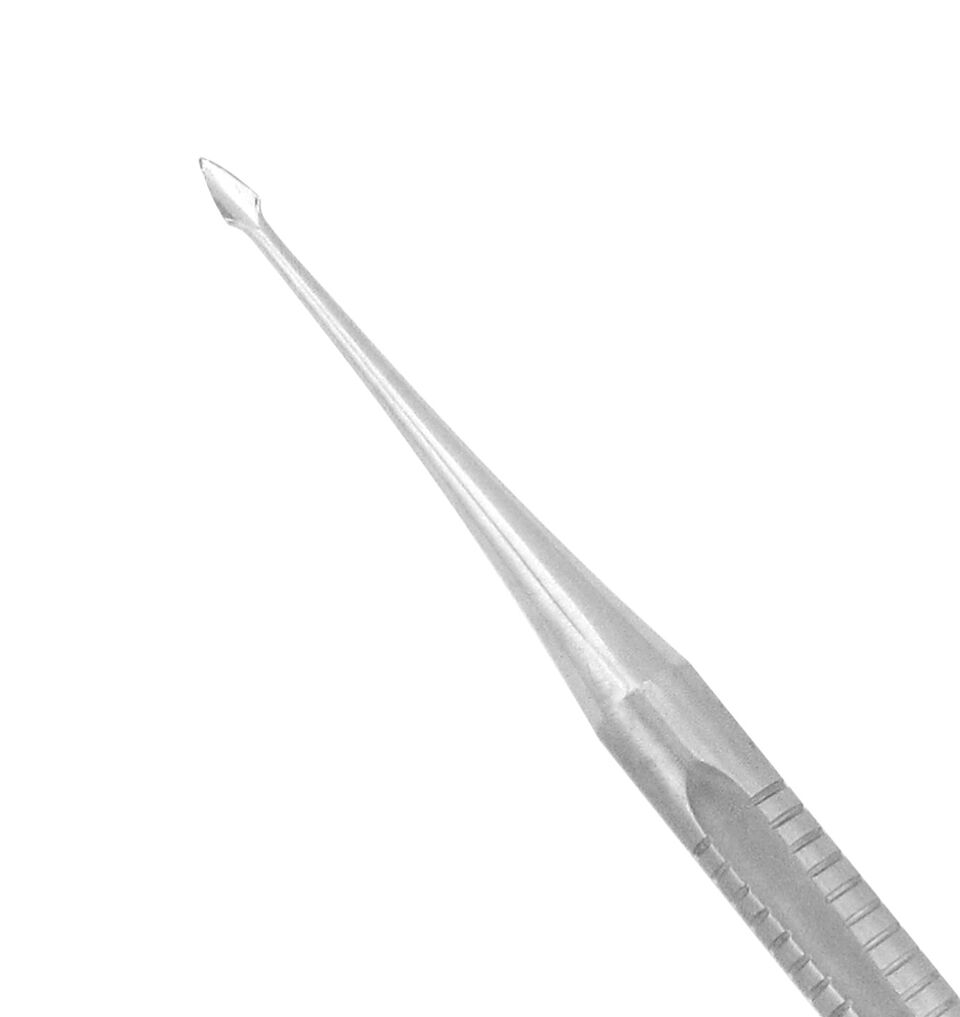 Hybrid Instruments
Hybrid Instruments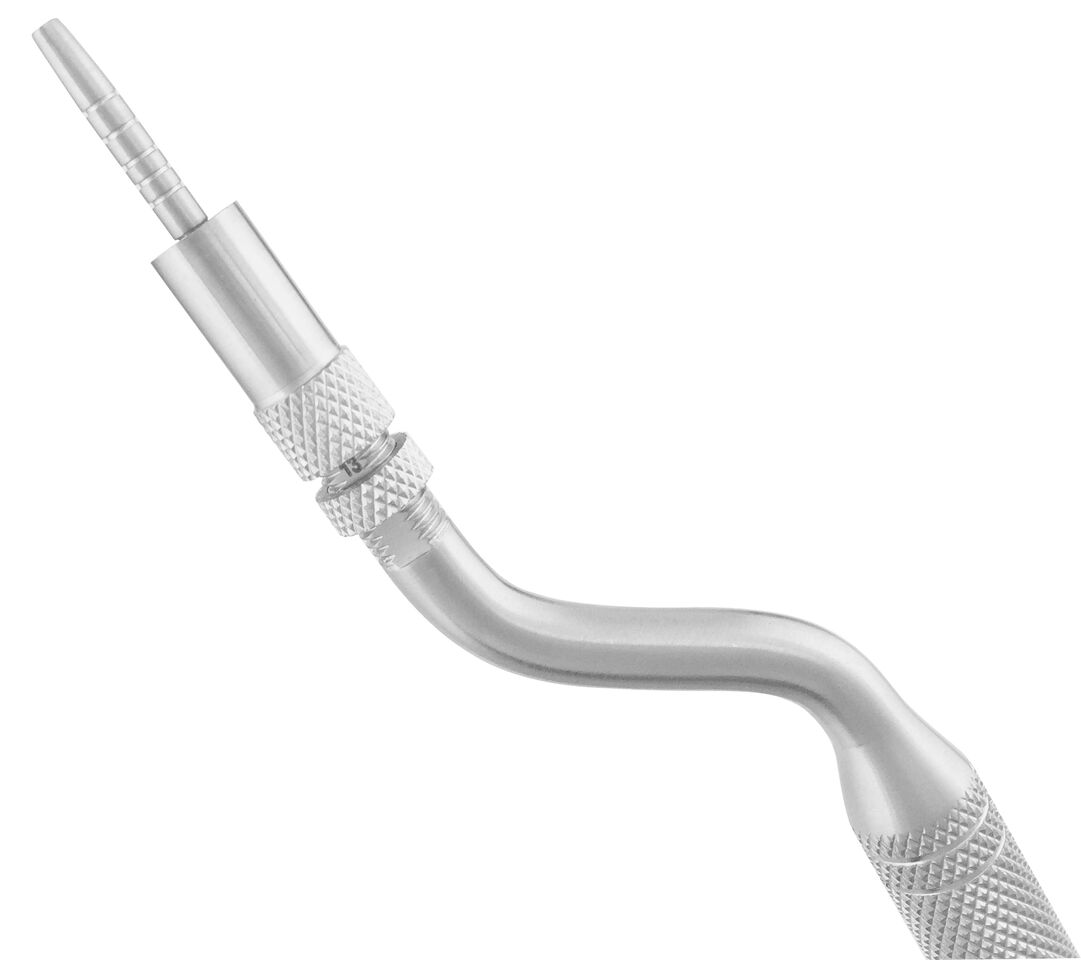 Implant Instruments
Implant Instruments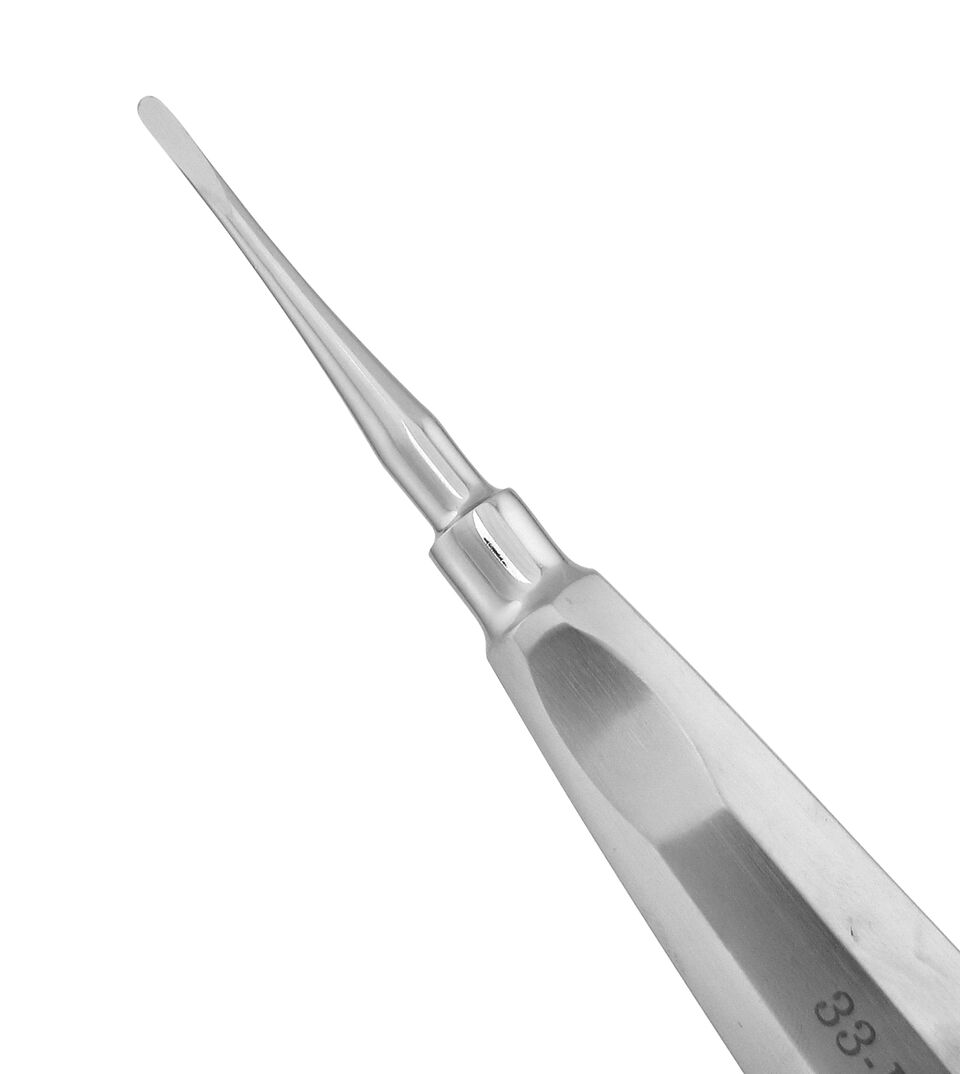 Luxating Elevators
Luxating Elevators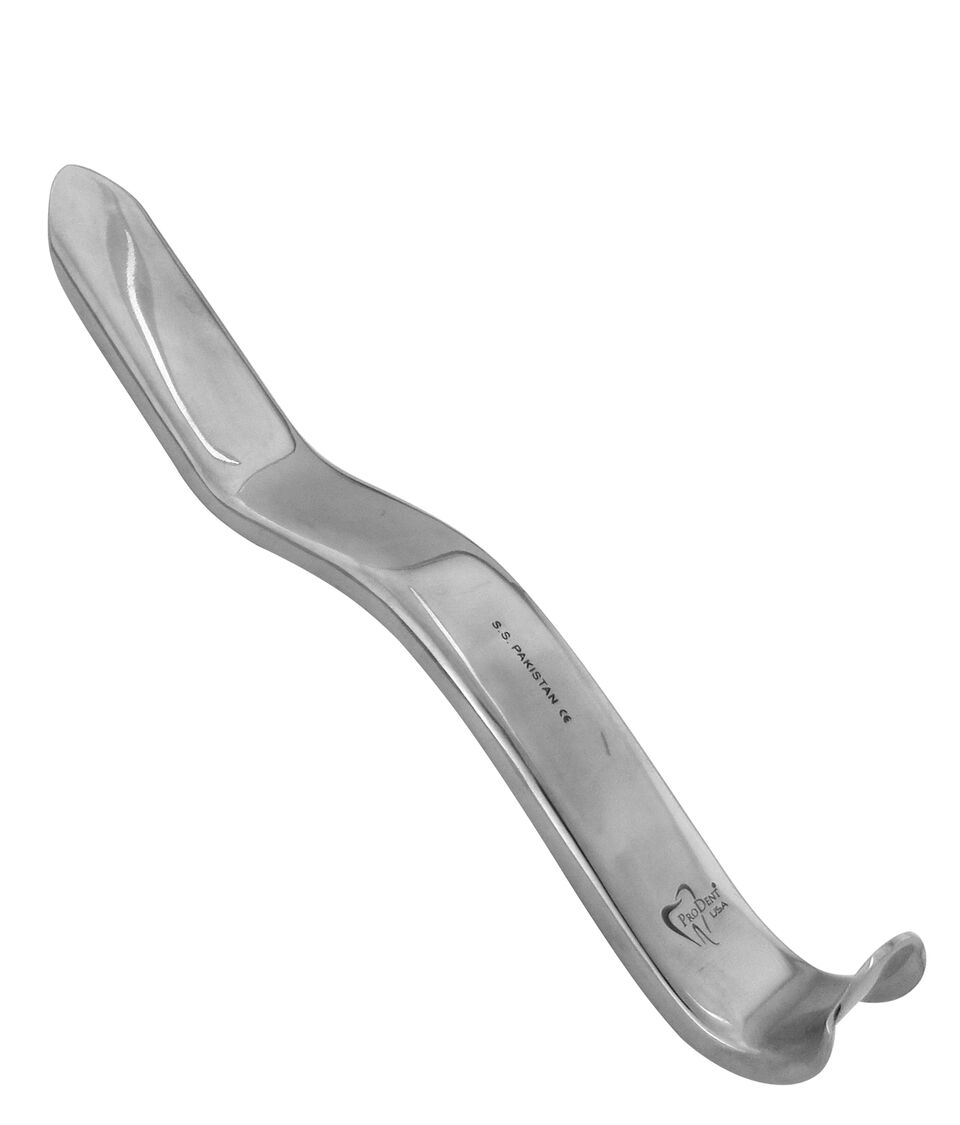 Mouth Gags & Retractors
Mouth Gags & Retractors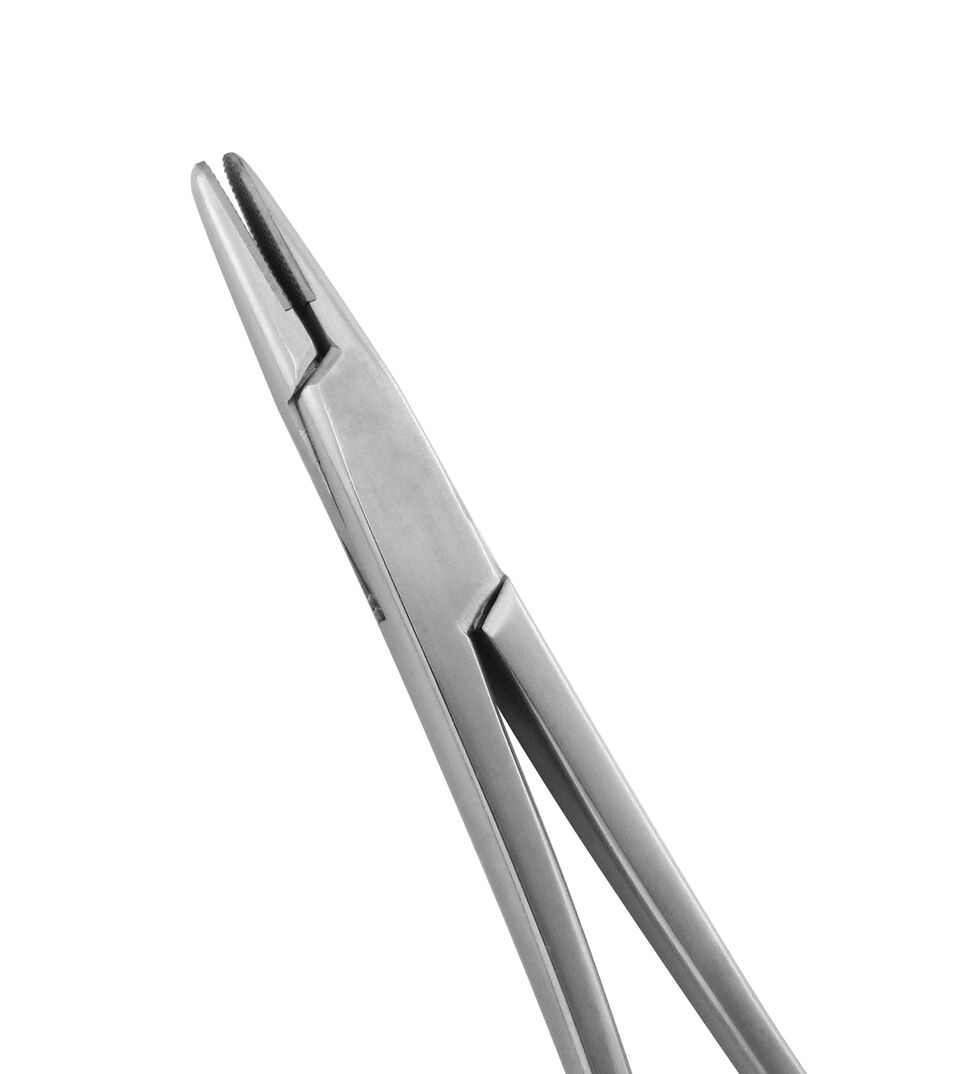 Needle Holders
Needle Holders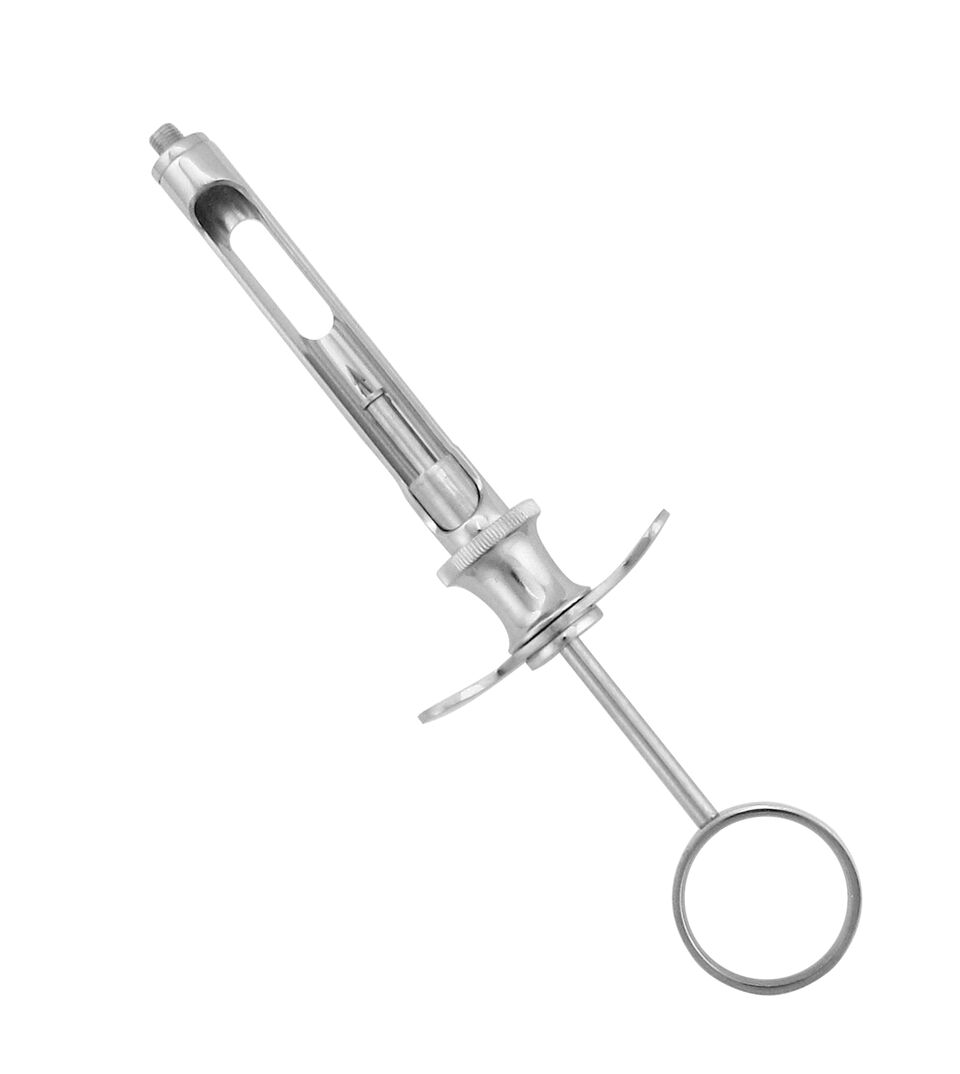 Oral Surgery Aspirating Syringes
Oral Surgery Aspirating Syringes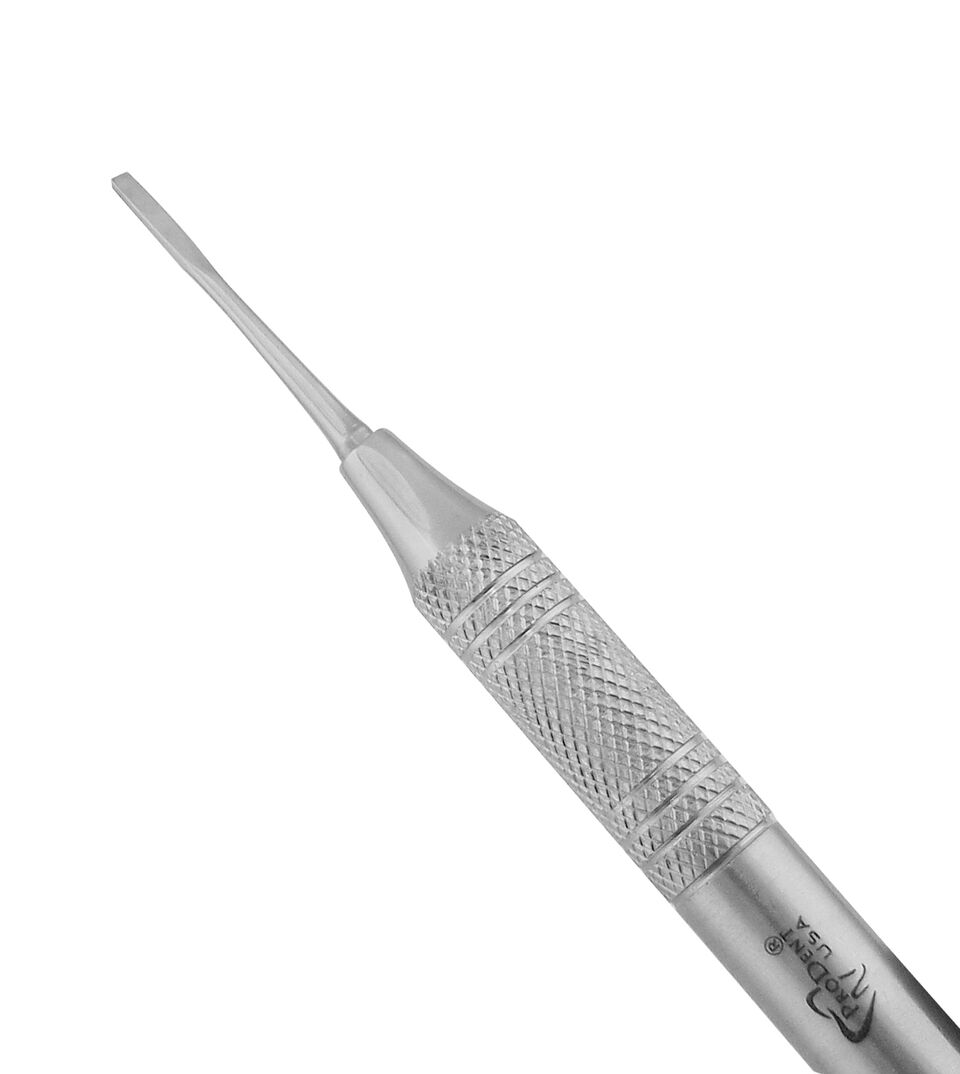 Periodontal Surgical Instruments
Periodontal Surgical Instruments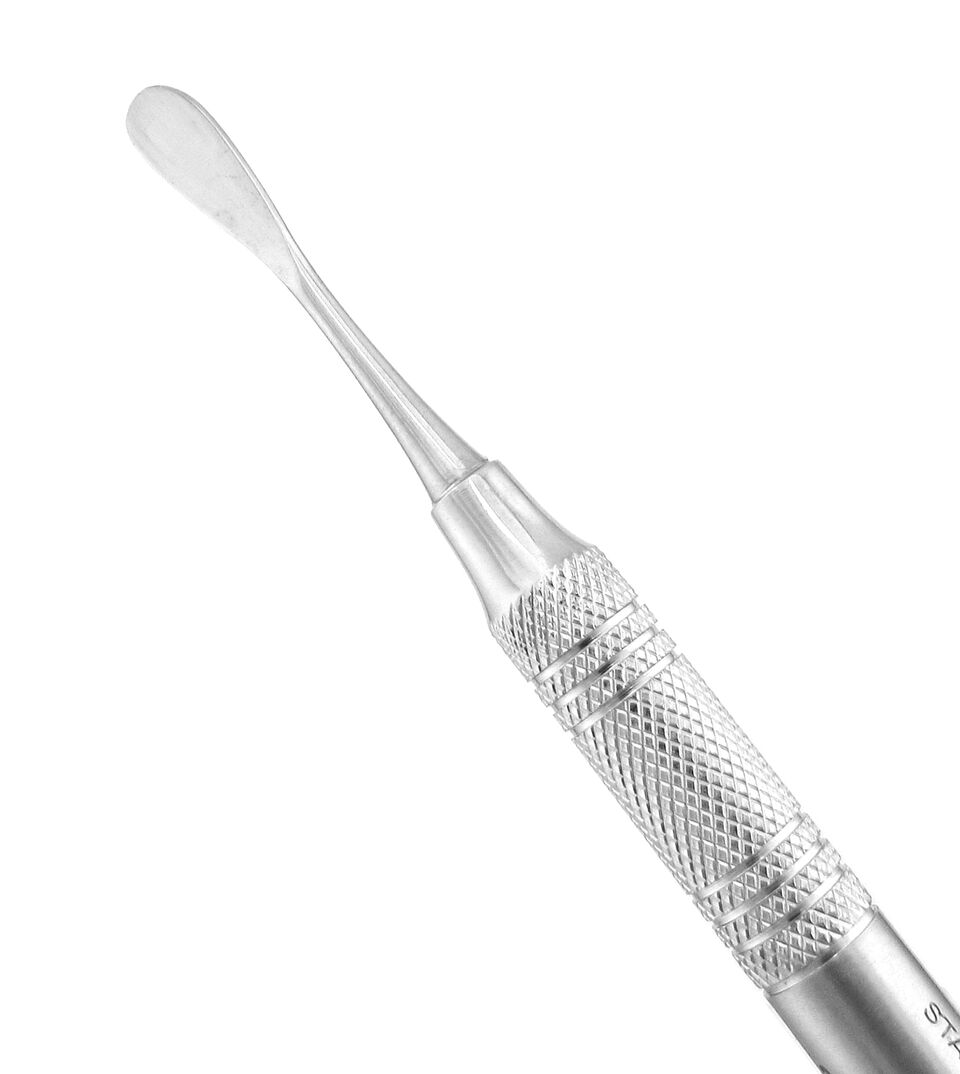 Periosteal Elevators
Periosteal Elevators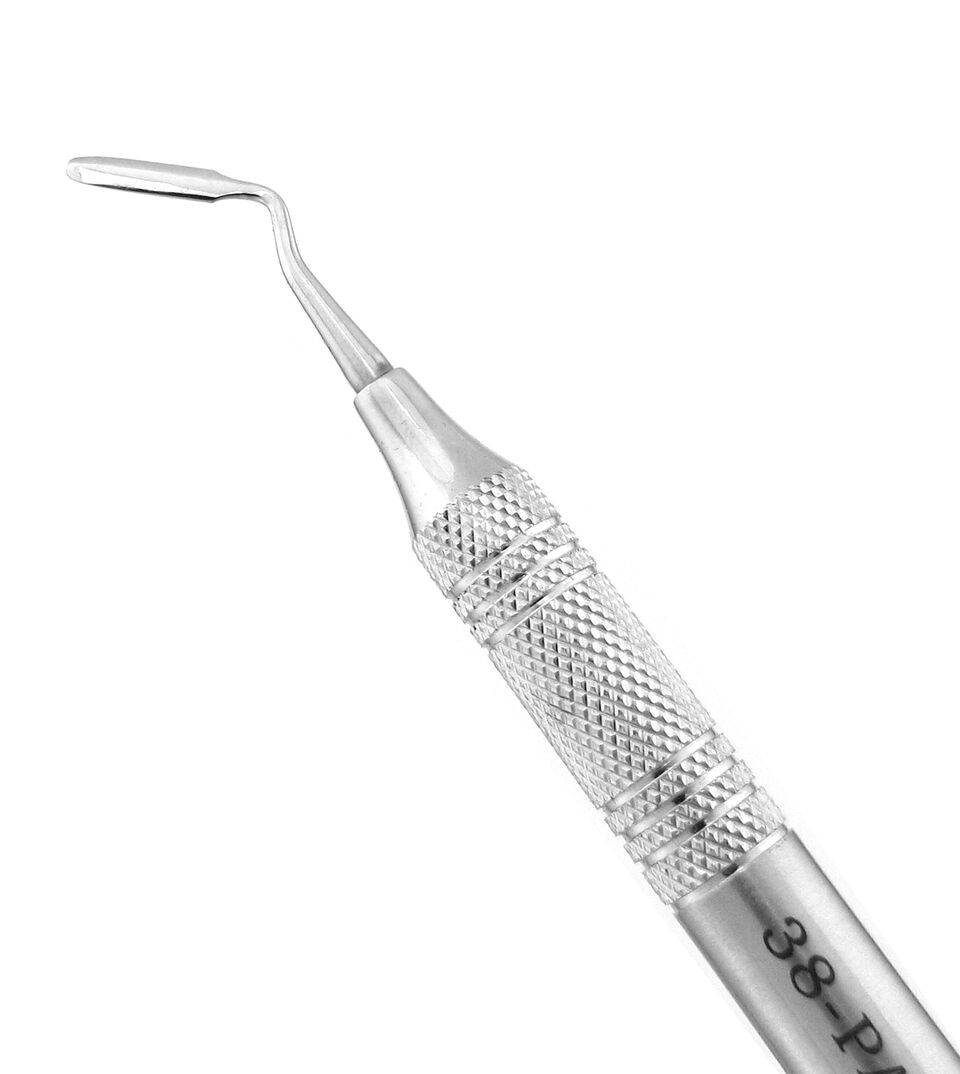 Periotomes
Periotomes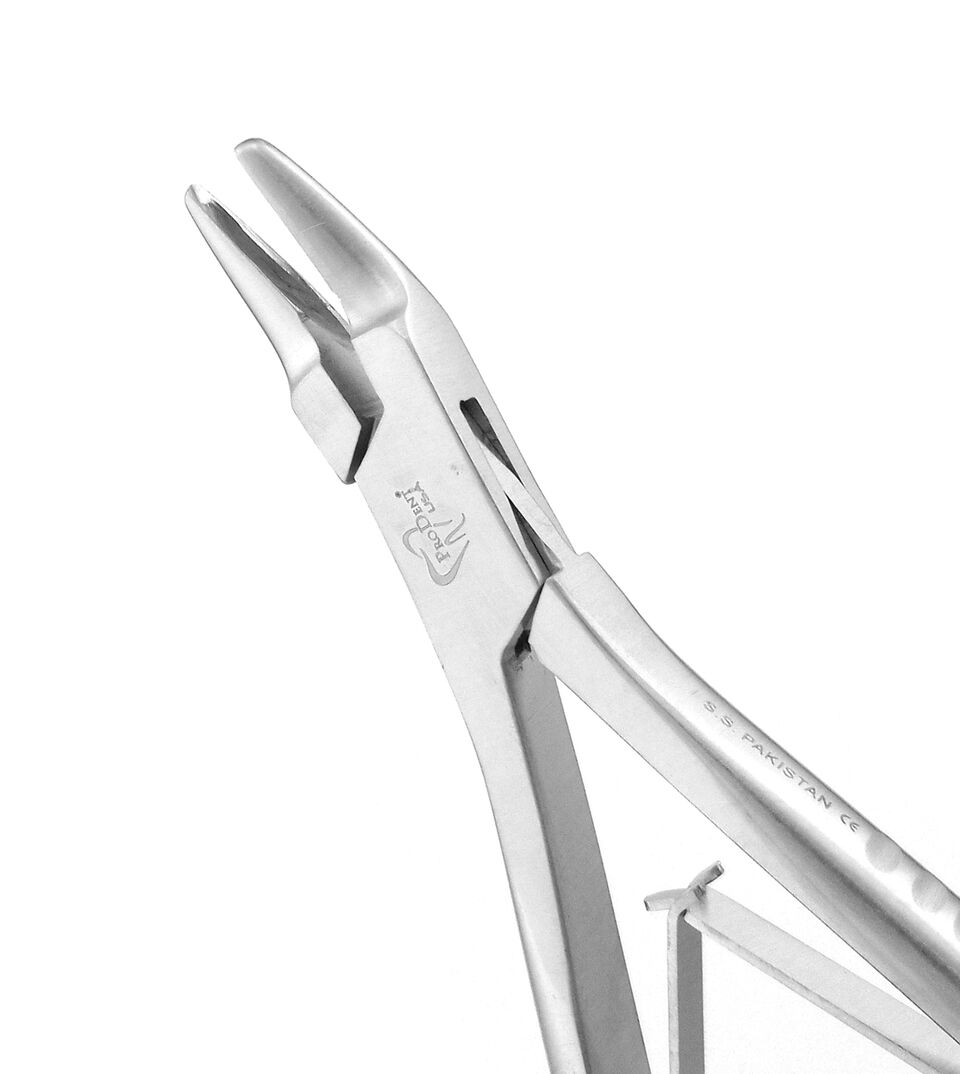 Rongeurs
Rongeurs Scalpel Handles
Scalpel Handles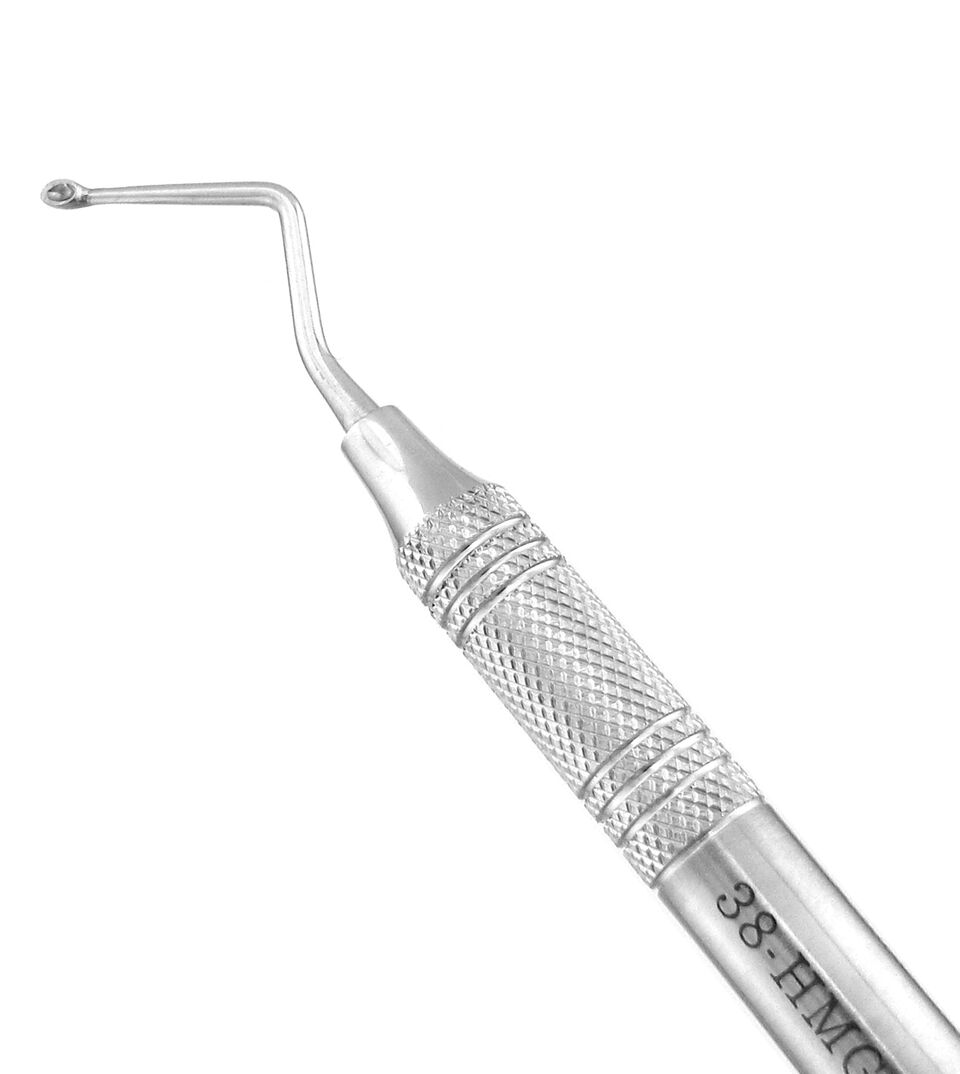 Surgical Curettes
Surgical Curettes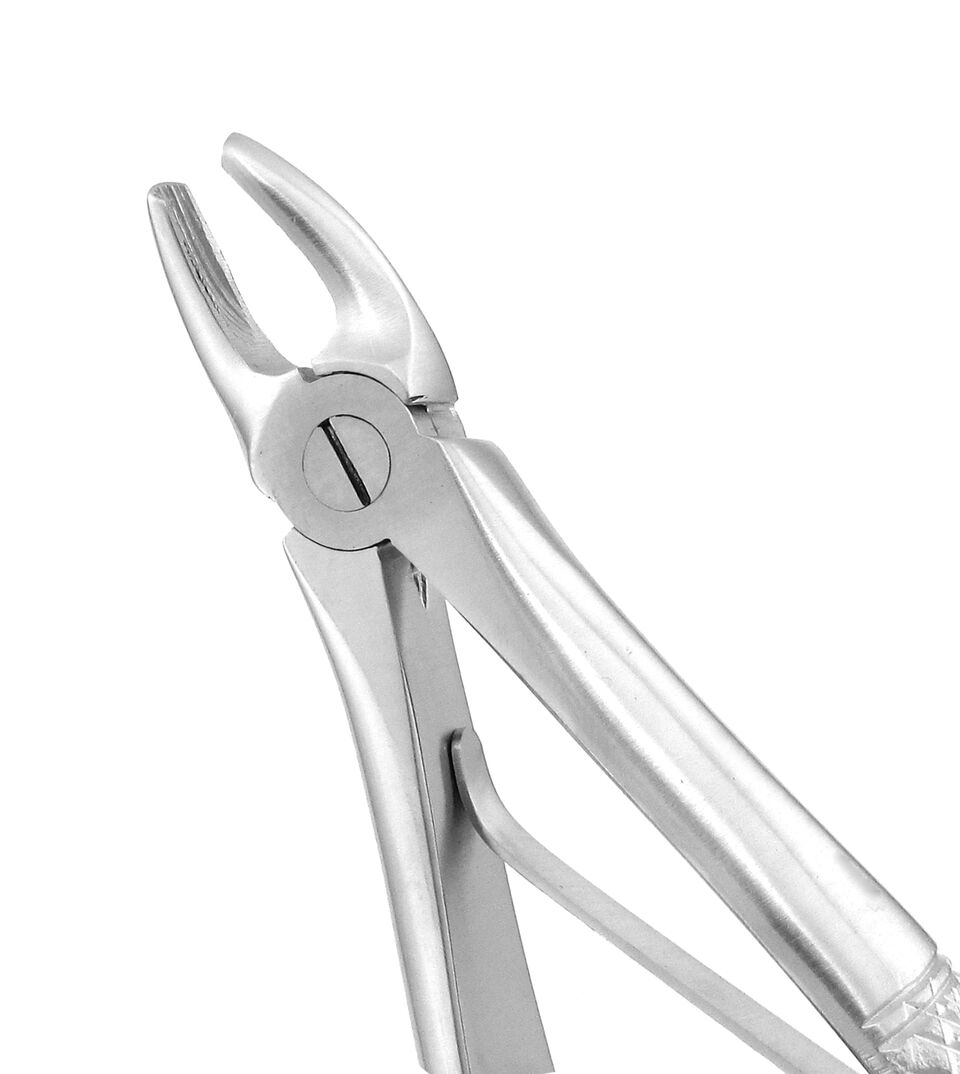 Surgical Pediatric Forceps
Surgical Pediatric Forceps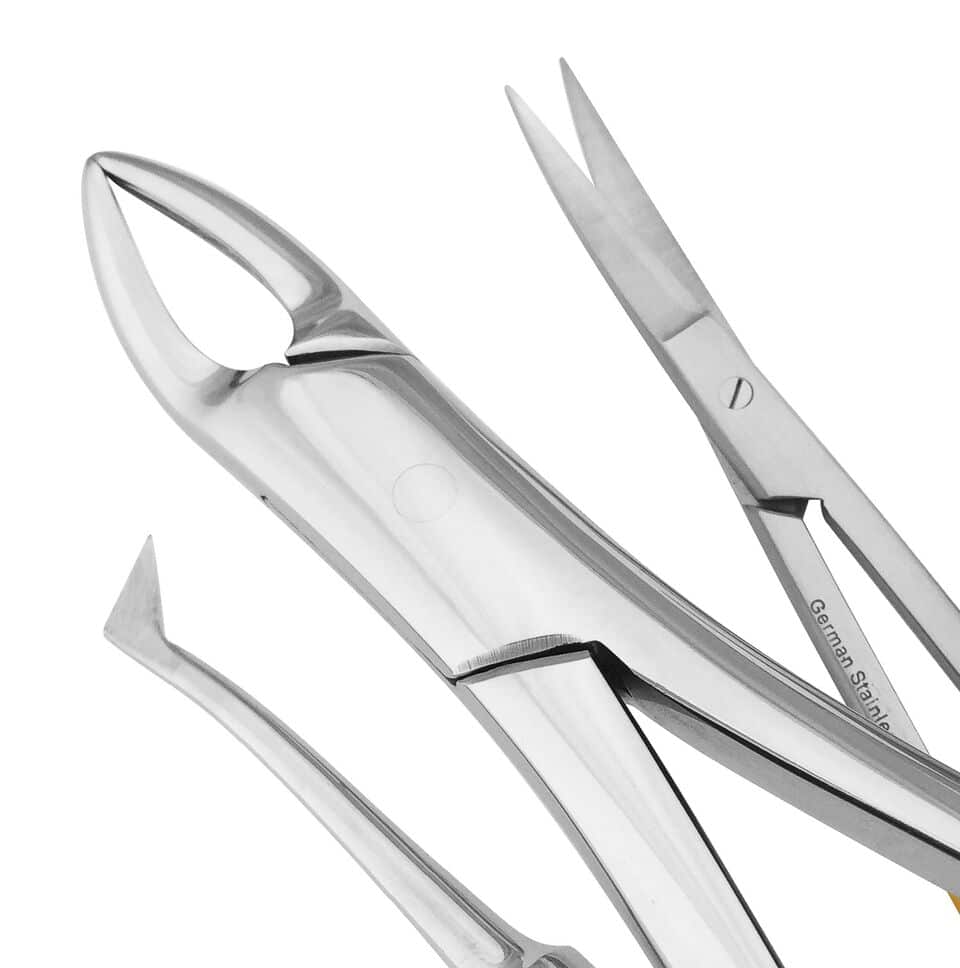 Surgical Sets
Surgical Sets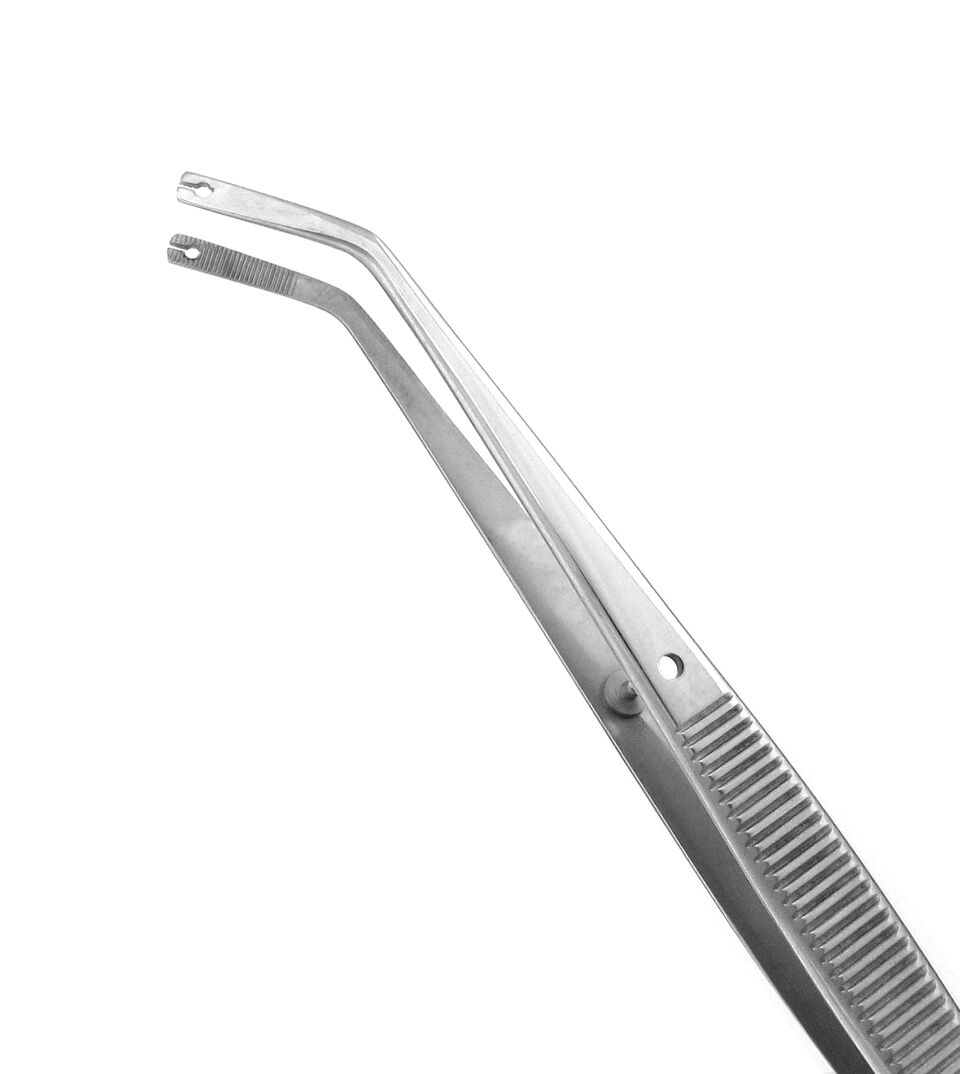 Suture Forceps
Suture Forceps Tissue & Dressing Forceps
Tissue & Dressing Forceps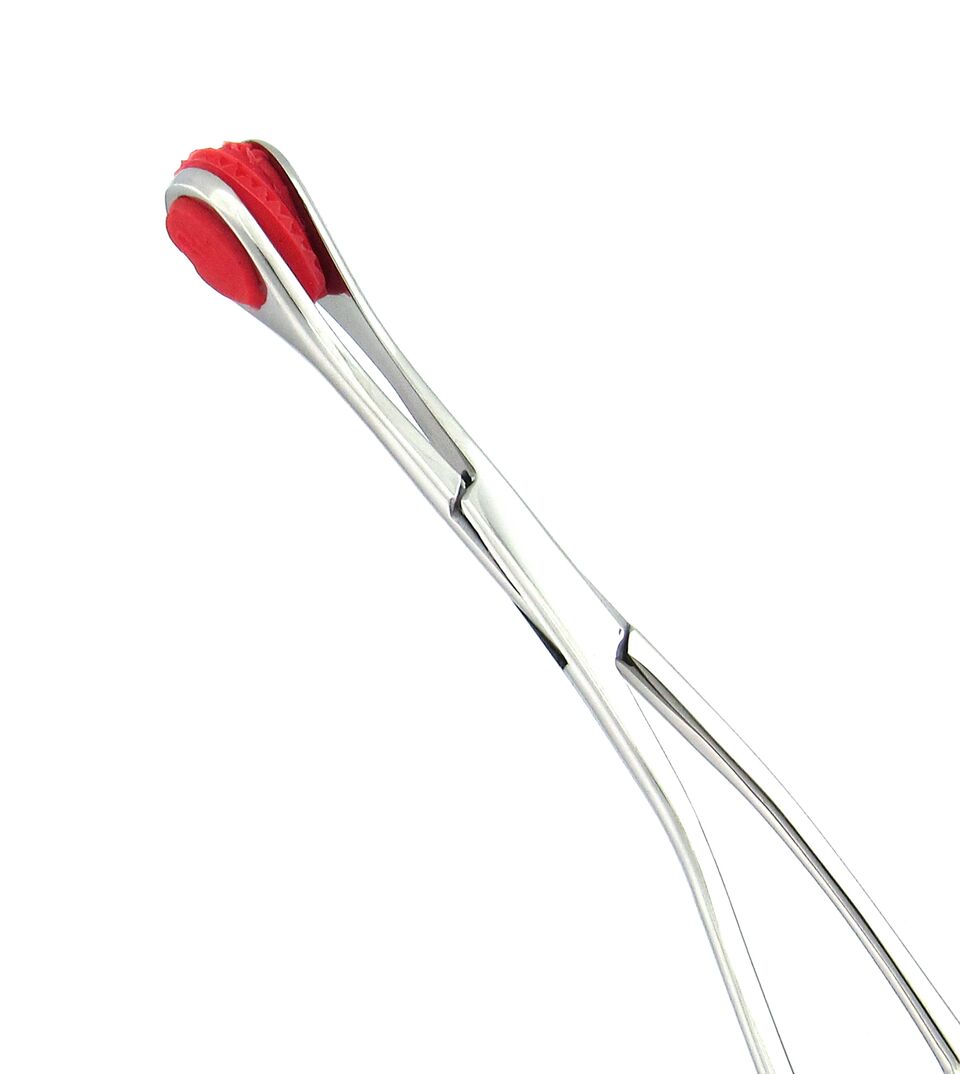 Utility Forceps
Utility Forceps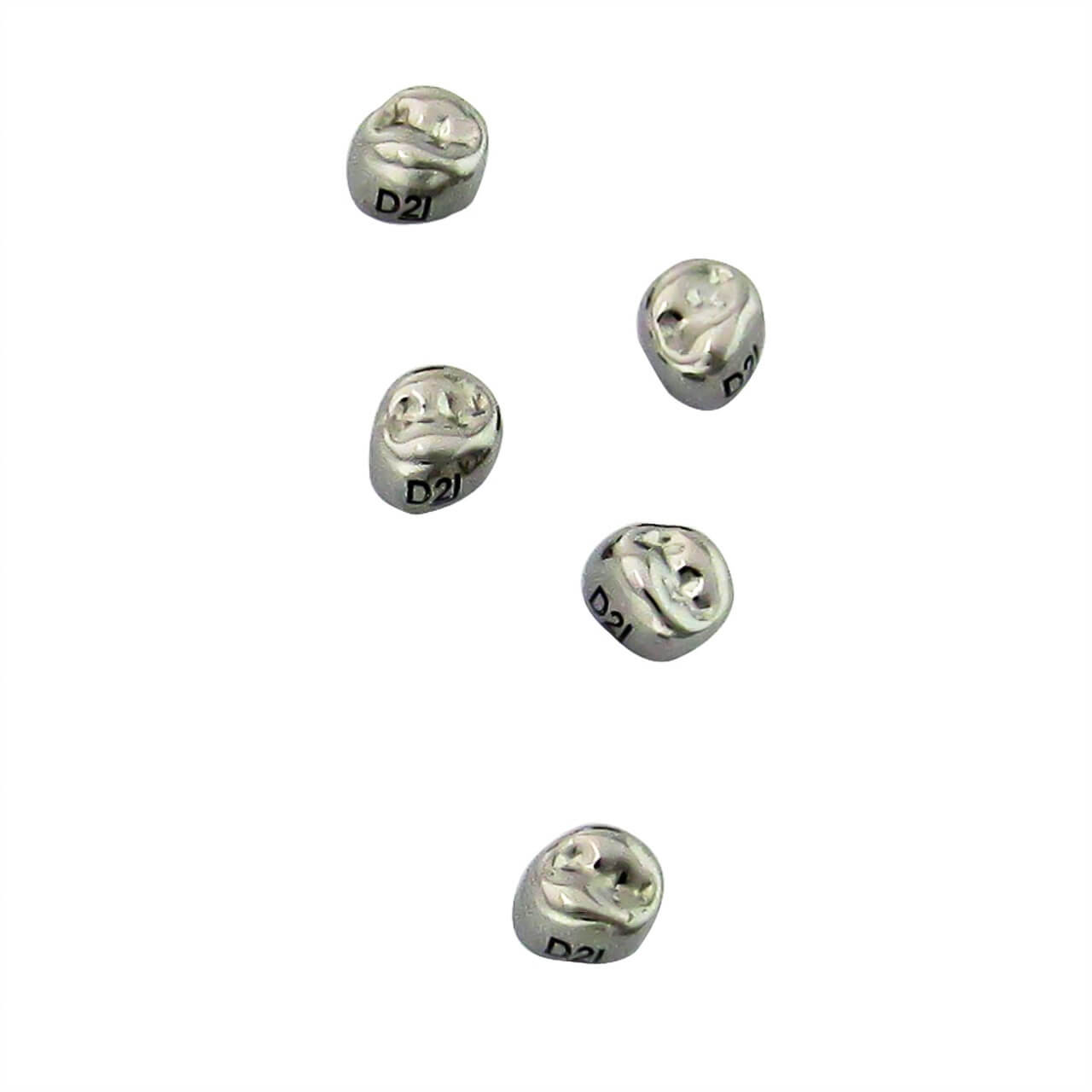 Stainless Steel Crowns
Stainless Steel Crowns Personal Protective Equipment
Personal Protective Equipment